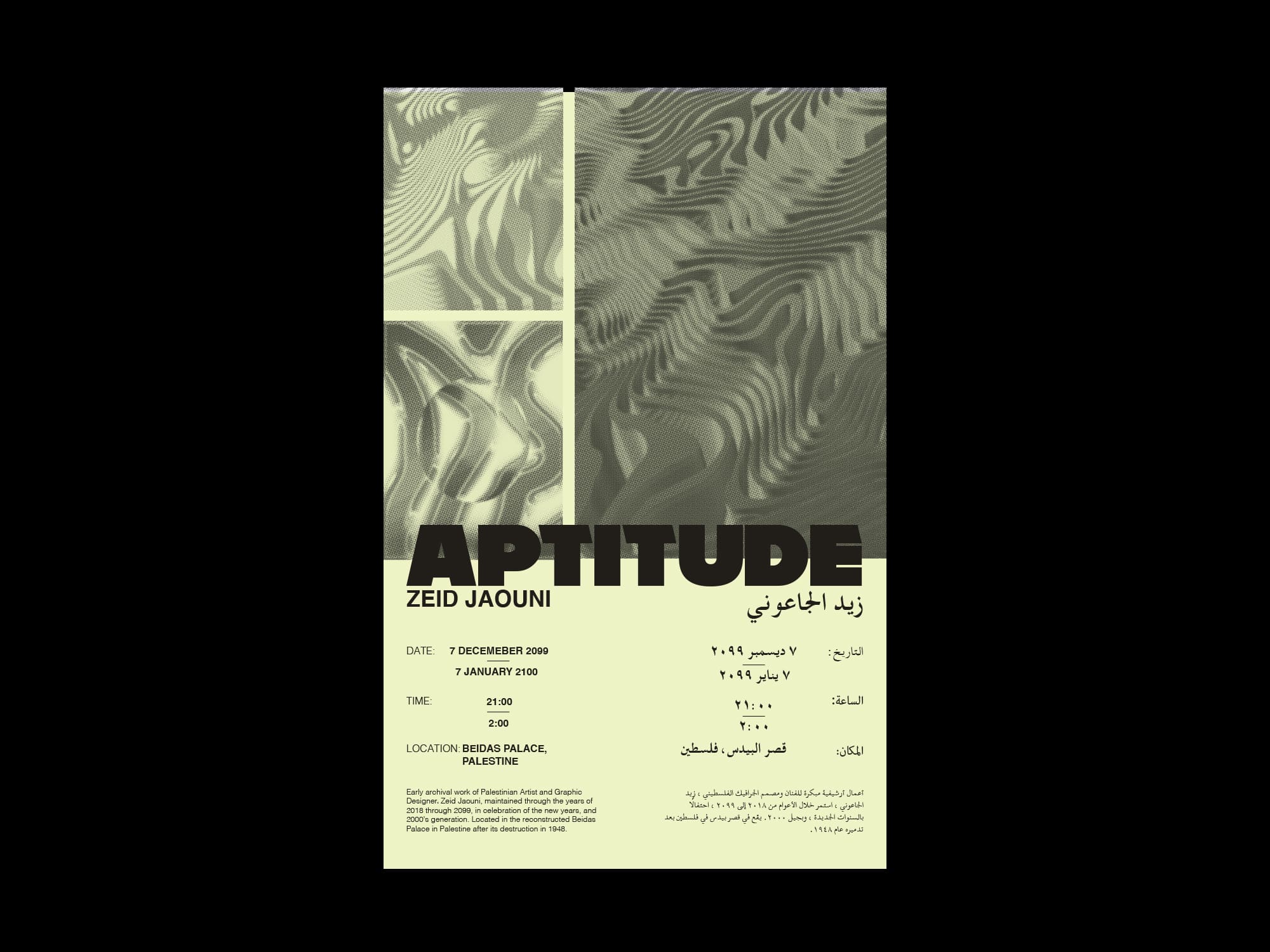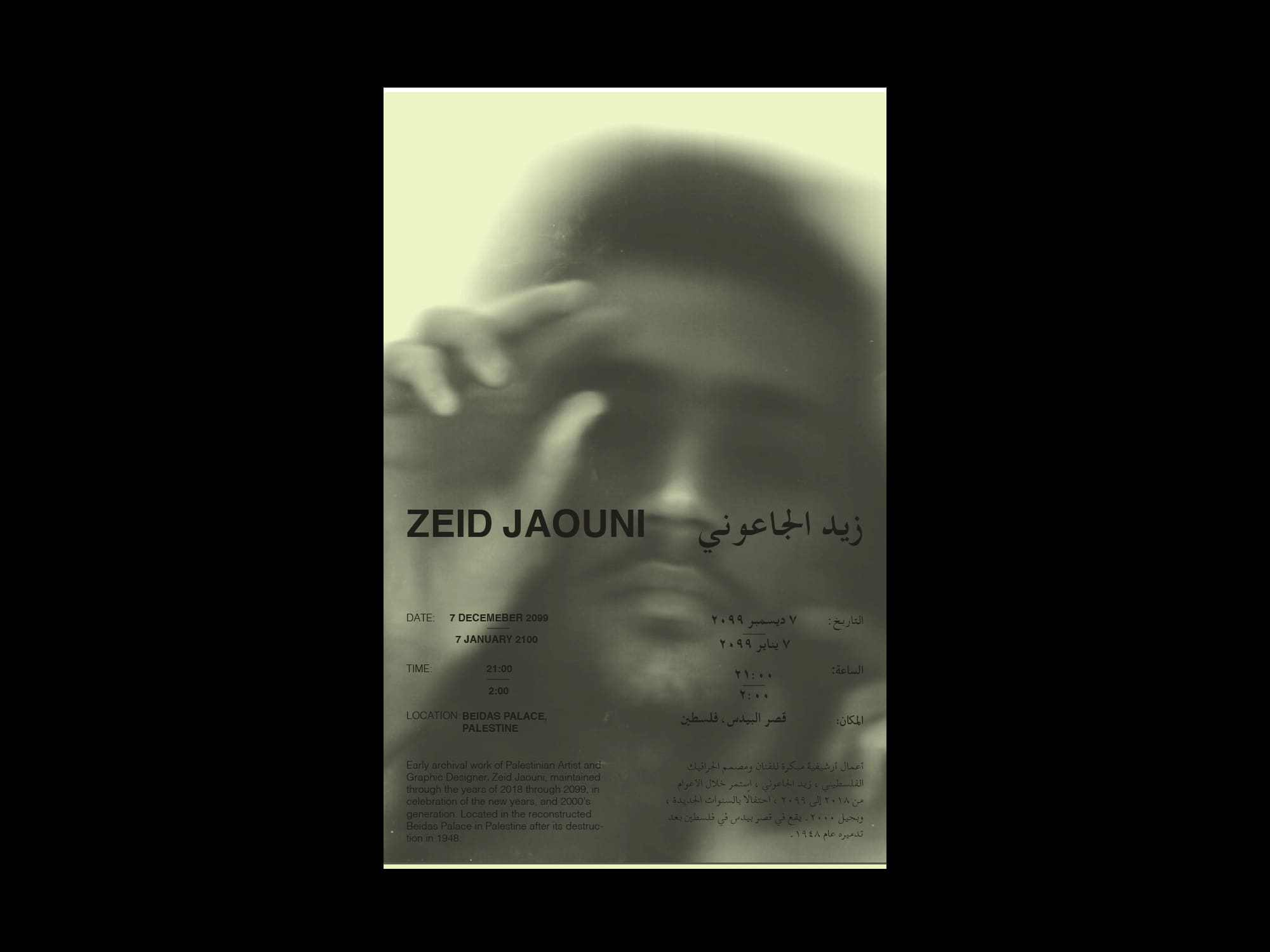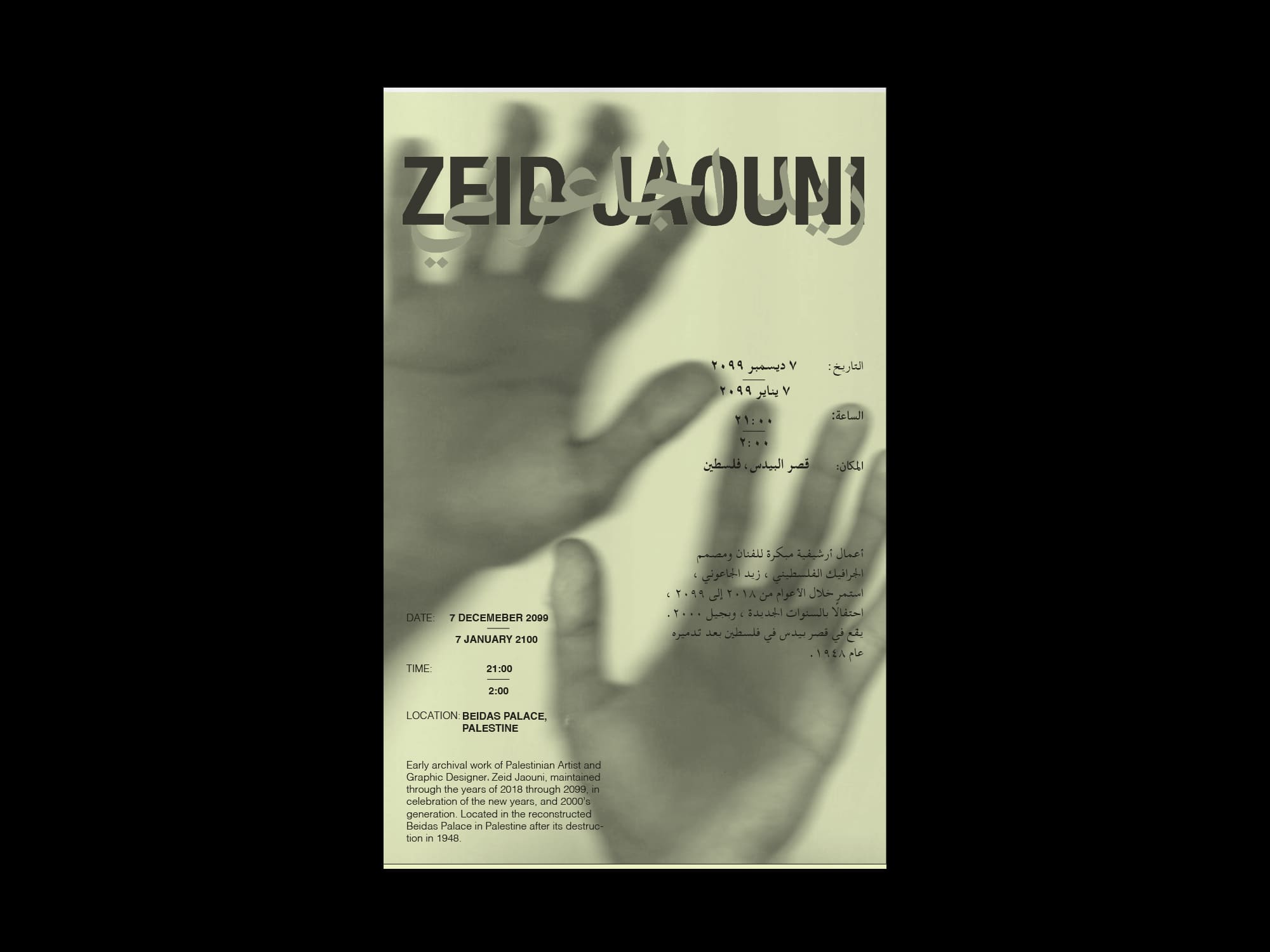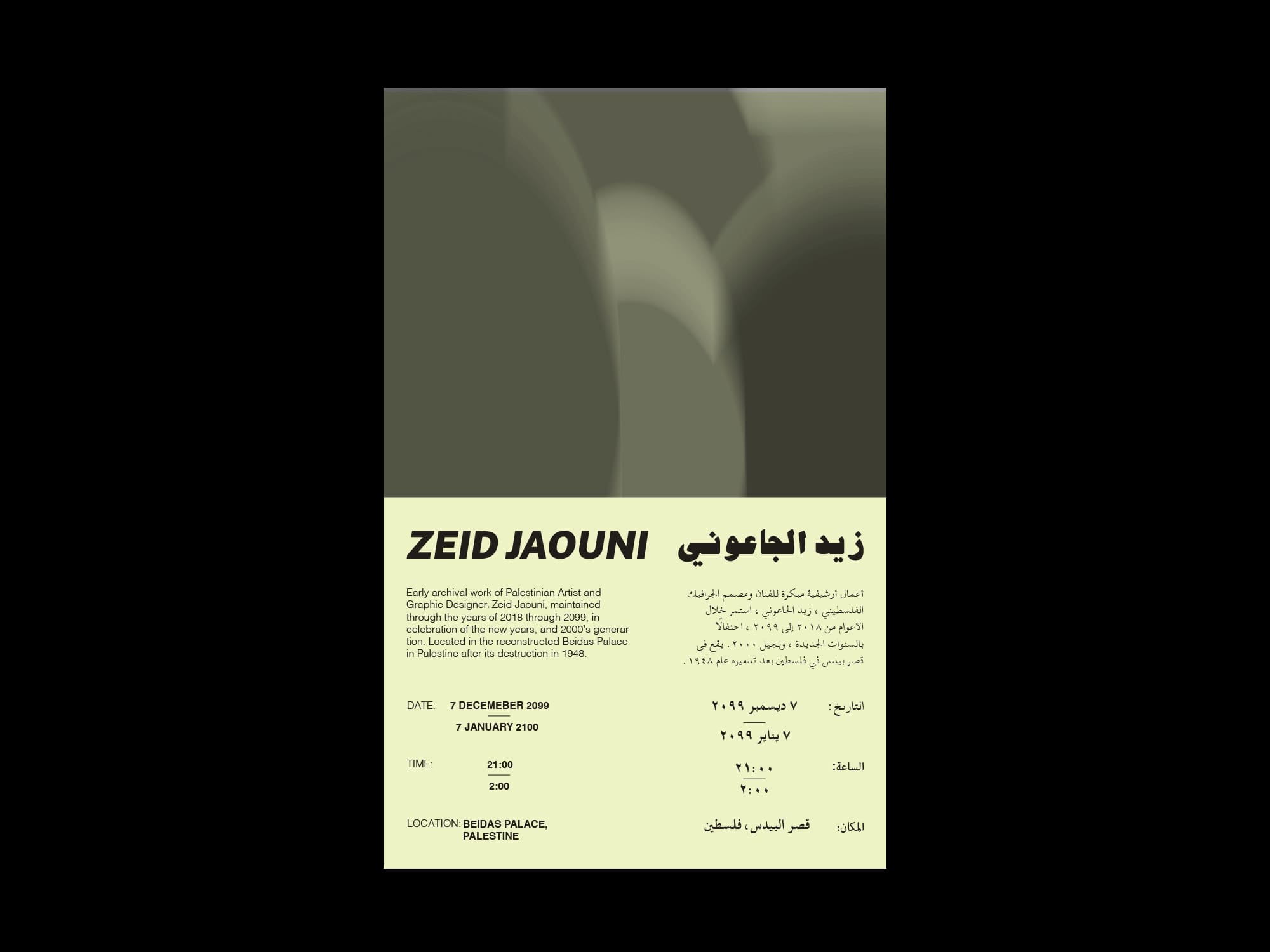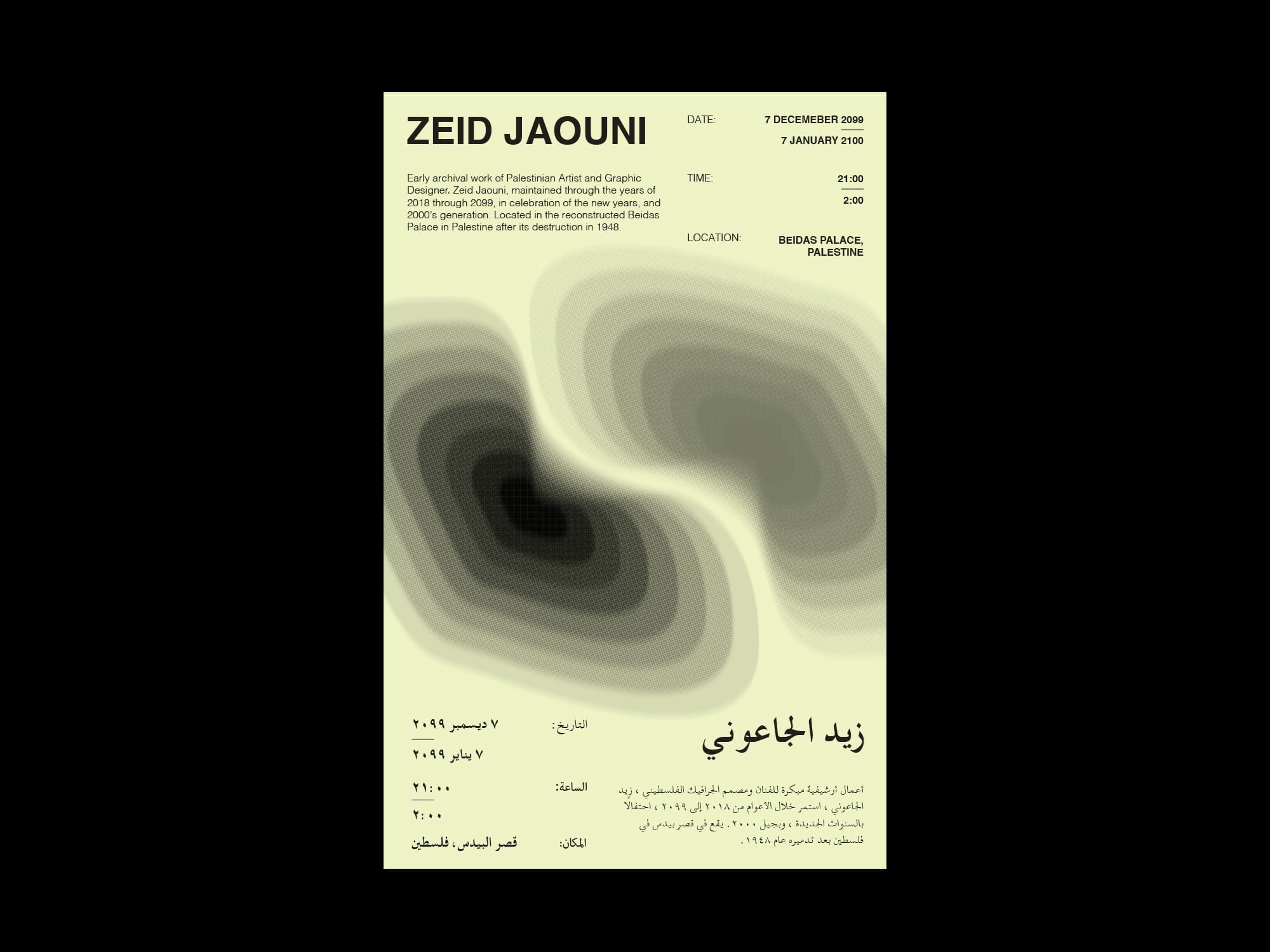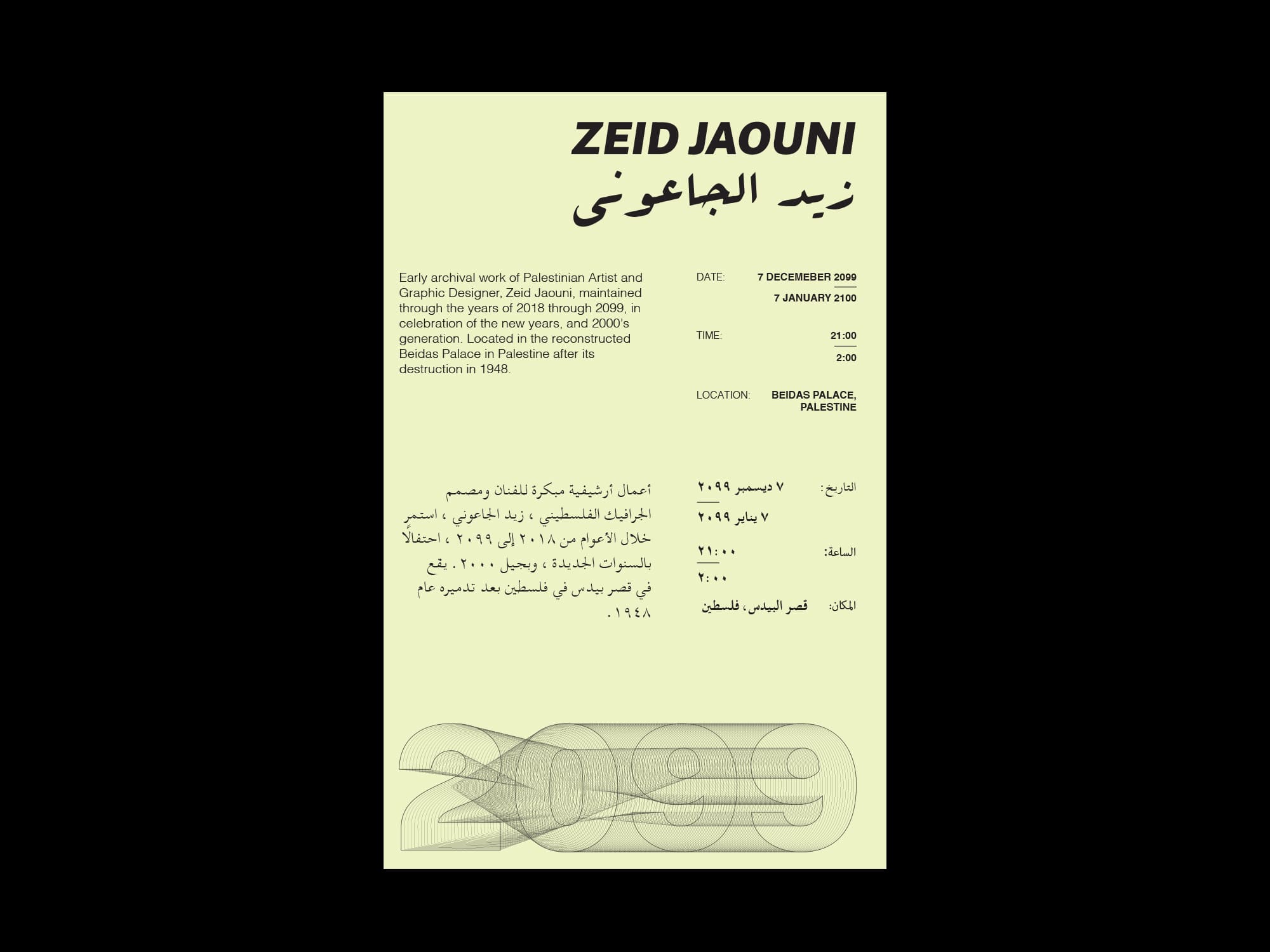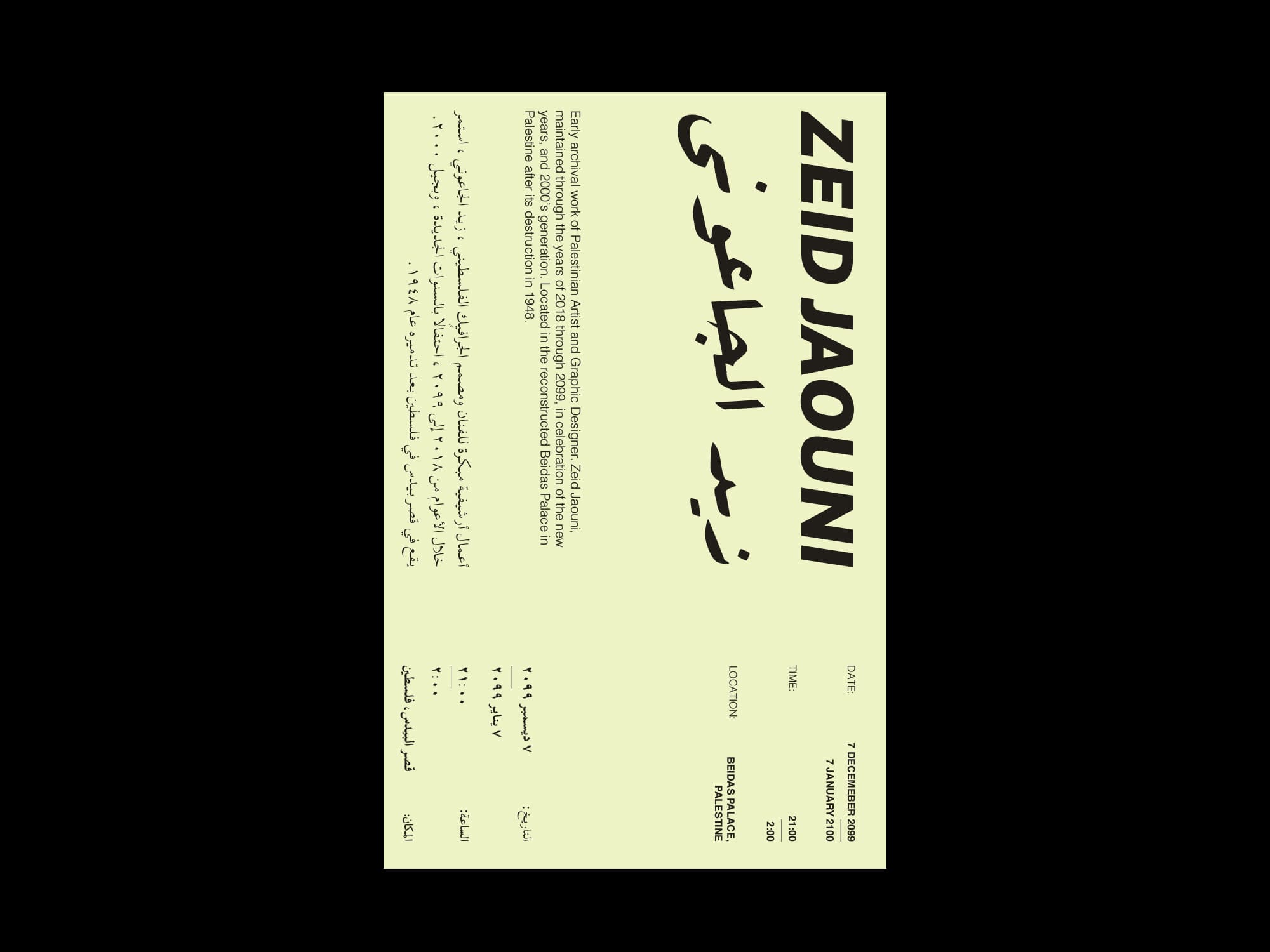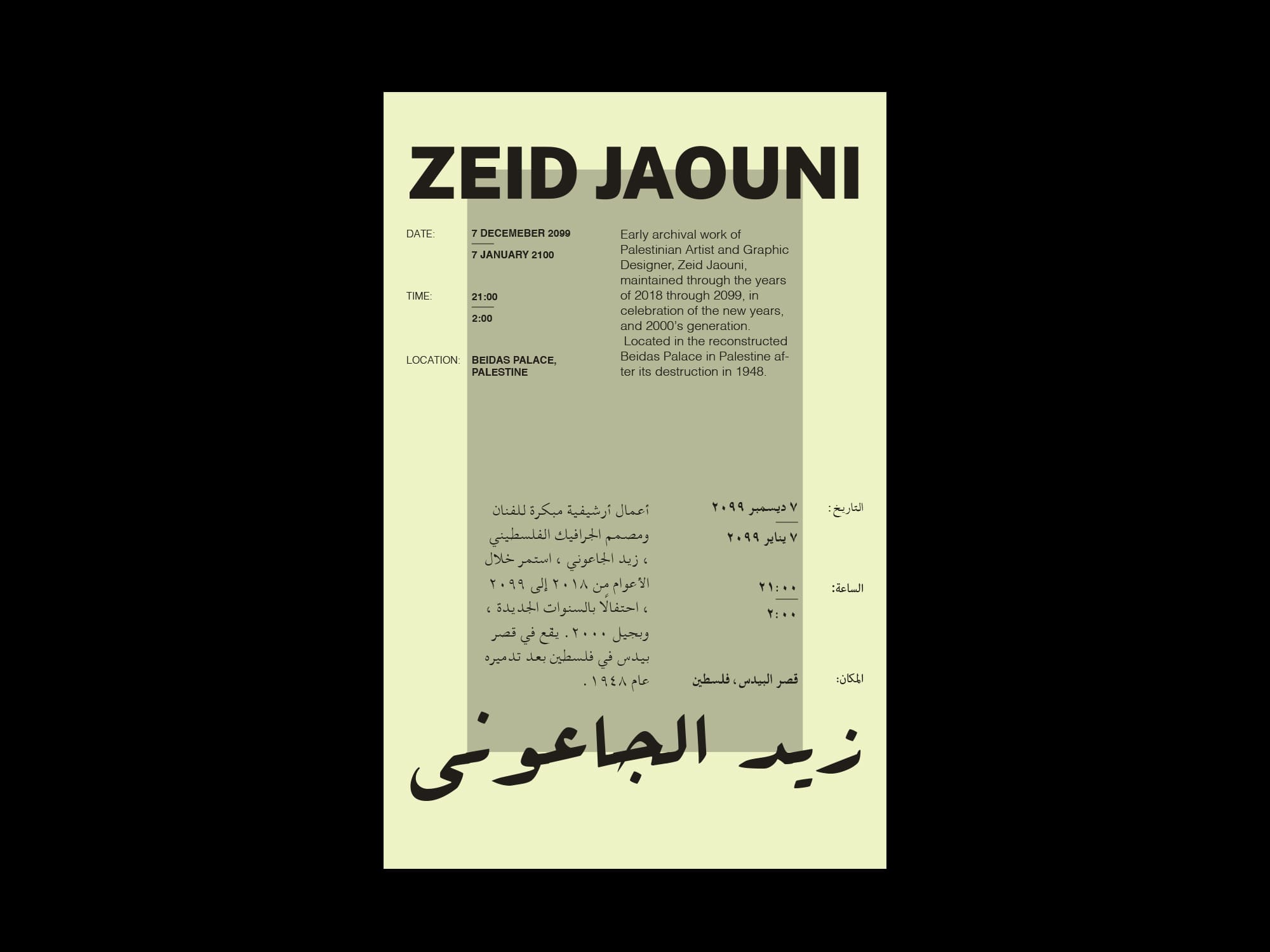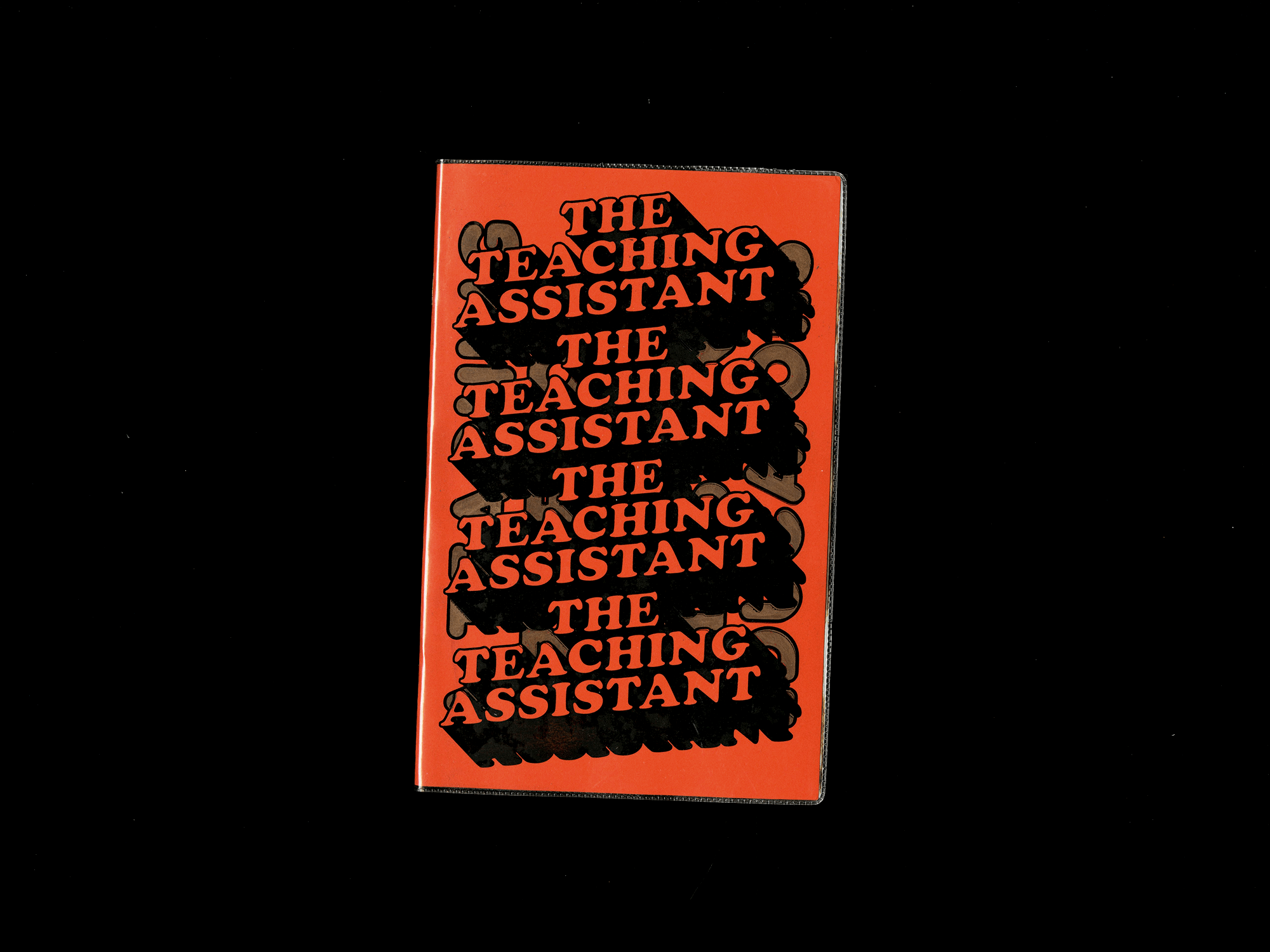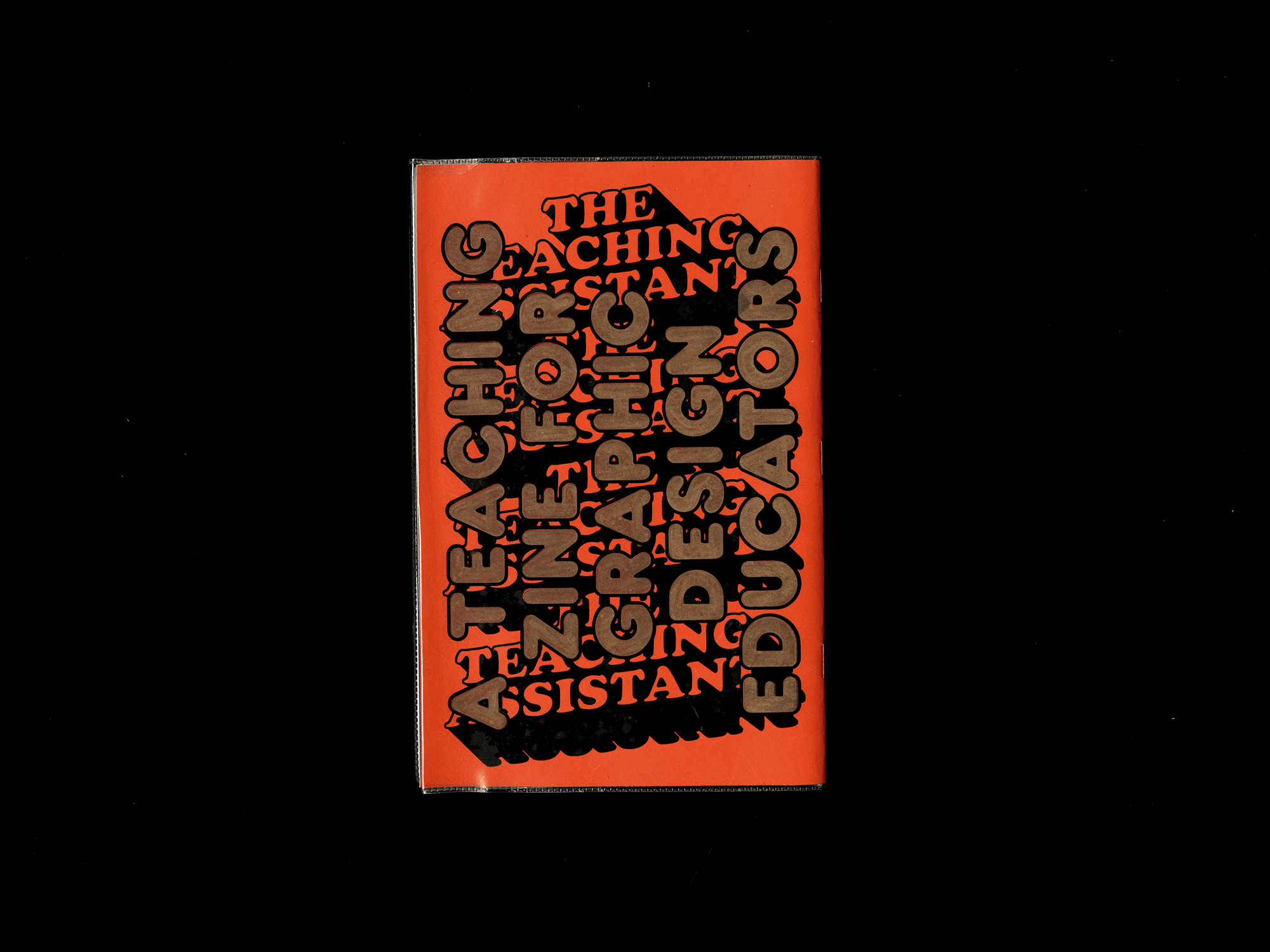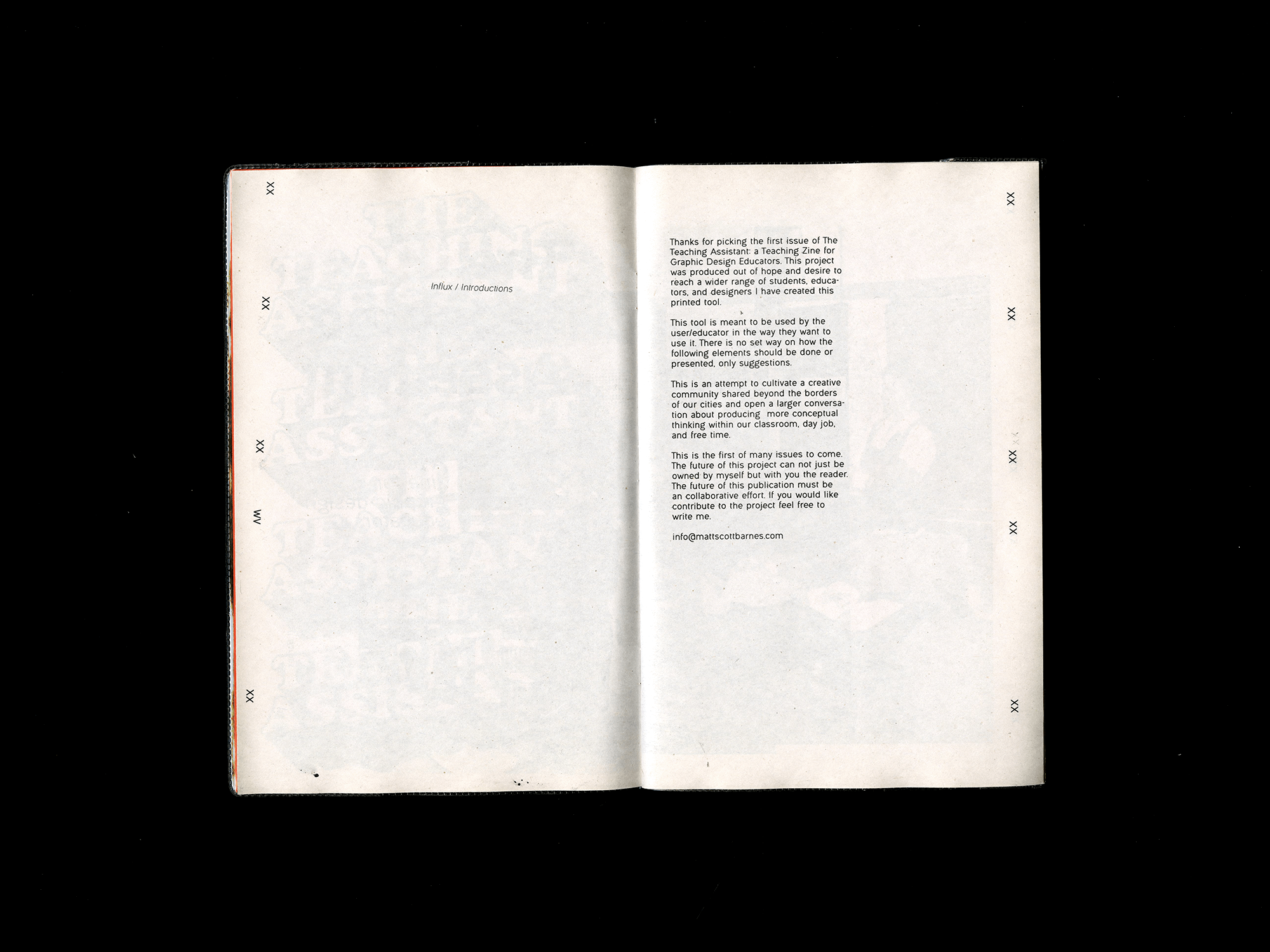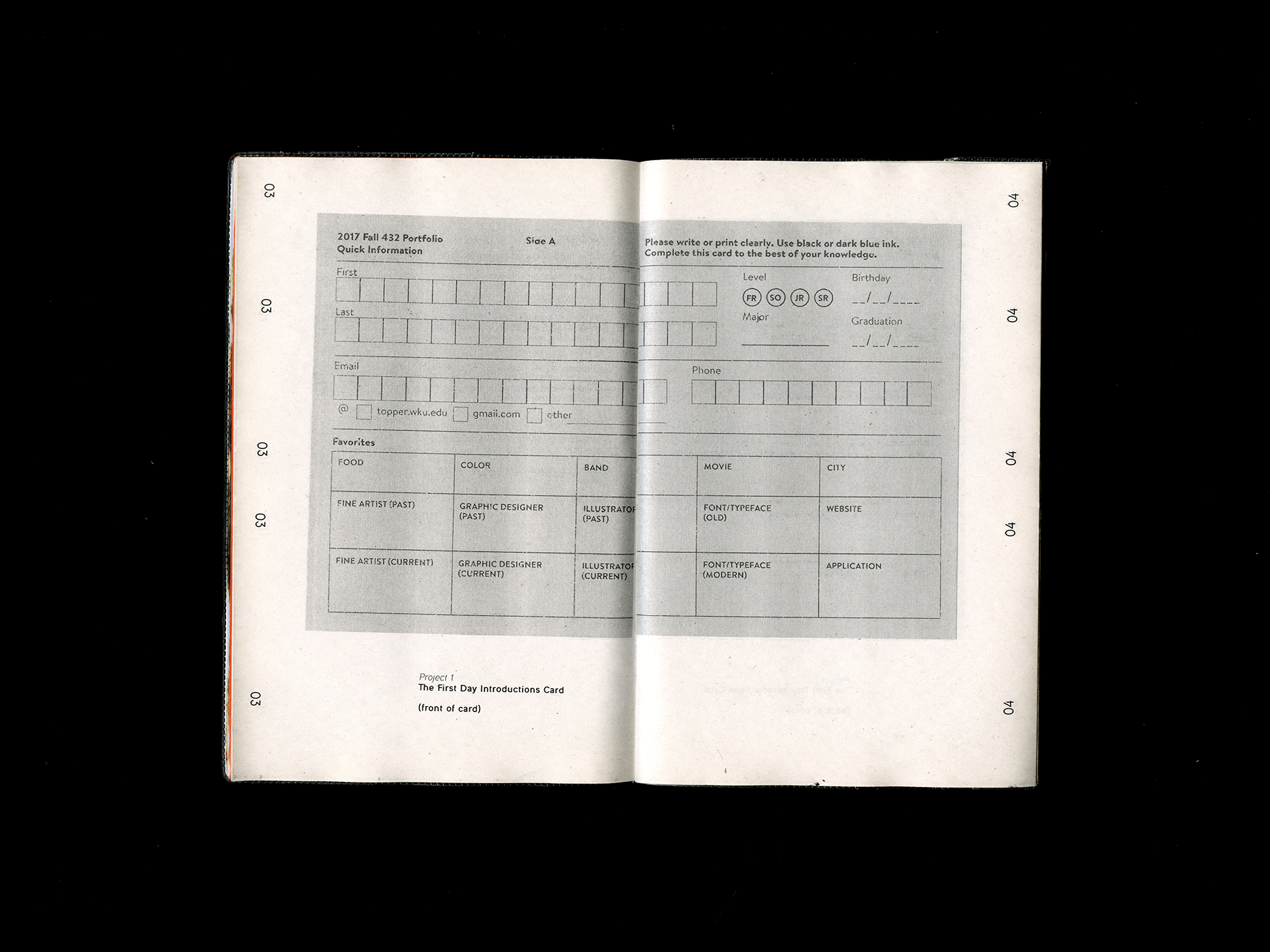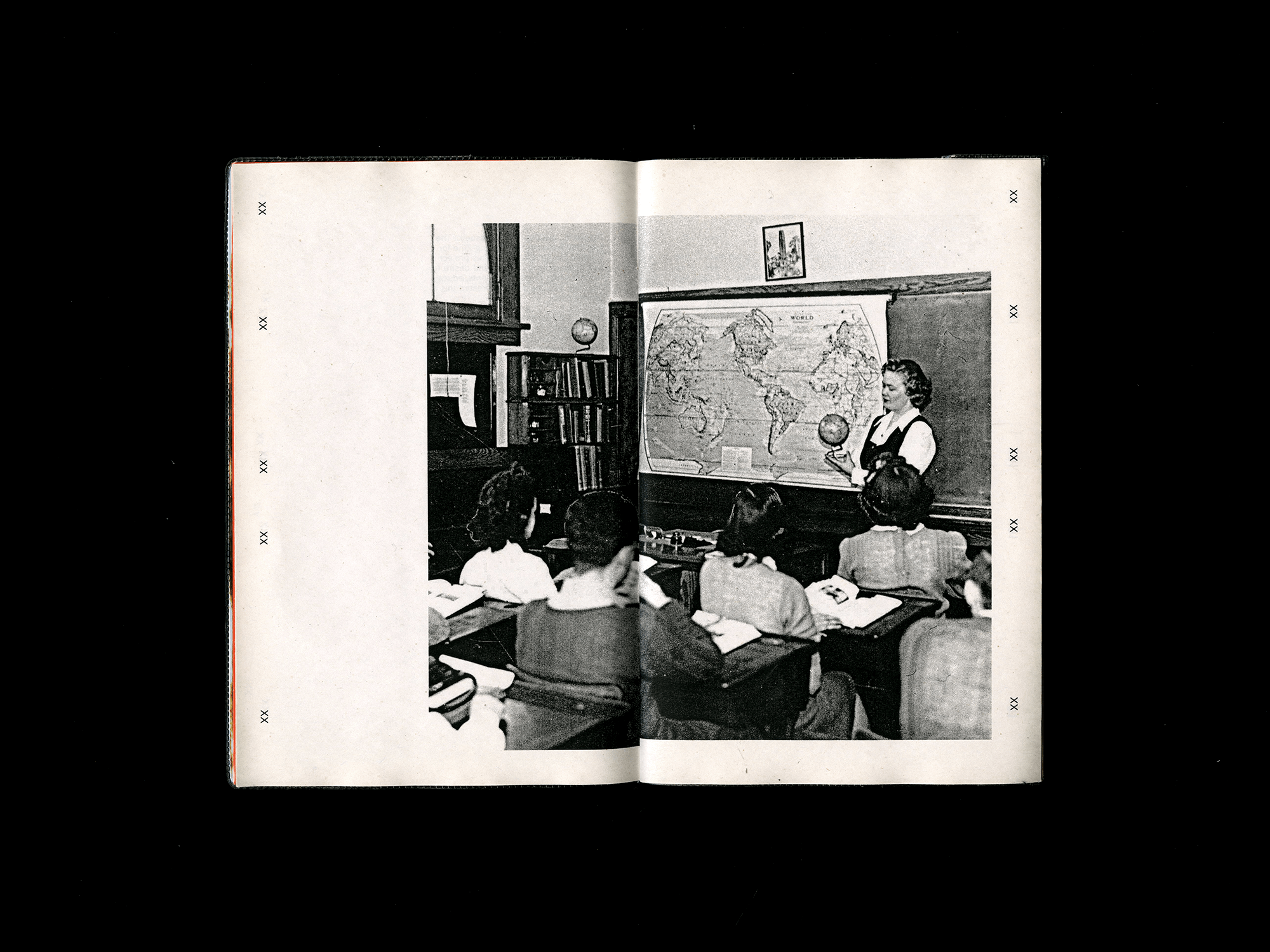02. Future Flyer Project
Originally prompted by Ed Fella.
Updated Description:
This document provides instructions on how to create an eye-catching flyer for an upcoming lecture, exhibition, or event. Whether you are a designer, event planner, or simply someone looking to promote an event, the flyer is an important tool to capture the attention of your target audience.
The content of the flyer should include essential details such as the date, time, and venue of the event. However, it is also important to include clever and interesting details to entice people to attend. This could be a sneak peek of what will be presented, a unique aspect of the event, or a special guest appearance.
To make your flyer stand out, you will need to create multiple layouts. This will allow you to experiment with different styles, colors, and typography to find the perfect design that will capture the attention of your target audience. In this particular project, you will be creating ten (10) different layouts, each featuring a specific date or time period.
When choosing a date or time period for your flyer, it is important to consider the theme and tone of your event. For example, if you are promoting a historical lecture, you may want to choose a date in the past that is relevant to the topic. Alternatively, if you are promoting a futuristic event, you may want to choose a date in the distant future.
Finally, keep in mind that your flyer is not only a marketing tool but also a reflection of your event. It should be visually appealing, easy to read, and informative. By taking the time to create a well-designed flyer, you can increase the likelihood of attracting a larger audience and making your event a success.
Updated Description:
This document provides instructions on how to create an eye-catching flyer for an upcoming lecture, exhibition, or event. Whether you are a designer, event planner, or simply someone looking to promote an event, the flyer is an important tool to capture the attention of your target audience.
The content of the flyer should include essential details such as the date, time, and venue of the event. However, it is also important to include clever and interesting details to entice people to attend. This could be a sneak peek of what will be presented, a unique aspect of the event, or a special guest appearance.
To make your flyer stand out, you will need to create multiple layouts. This will allow you to experiment with different styles, colors, and typography to find the perfect design that will capture the attention of your target audience. In this particular project, you will be creating ten (10) different layouts, each featuring a specific date or time period.
When choosing a date or time period for your flyer, it is important to consider the theme and tone of your event. For example, if you are promoting a historical lecture, you may want to choose a date in the past that is relevant to the topic. Alternatively, if you are promoting a futuristic event, you may want to choose a date in the distant future.
Finally, keep in mind that your flyer is not only a marketing tool but also a reflection of your event. It should be visually appealing, easy to read, and informative. By taking the time to create a well-designed flyer, you can increase the likelihood of attracting a larger audience and making your event a success.
Student:
Aaron Deng
10 — 11 in x 17 in
Aaron Deng
10 — 11 in x 17 in
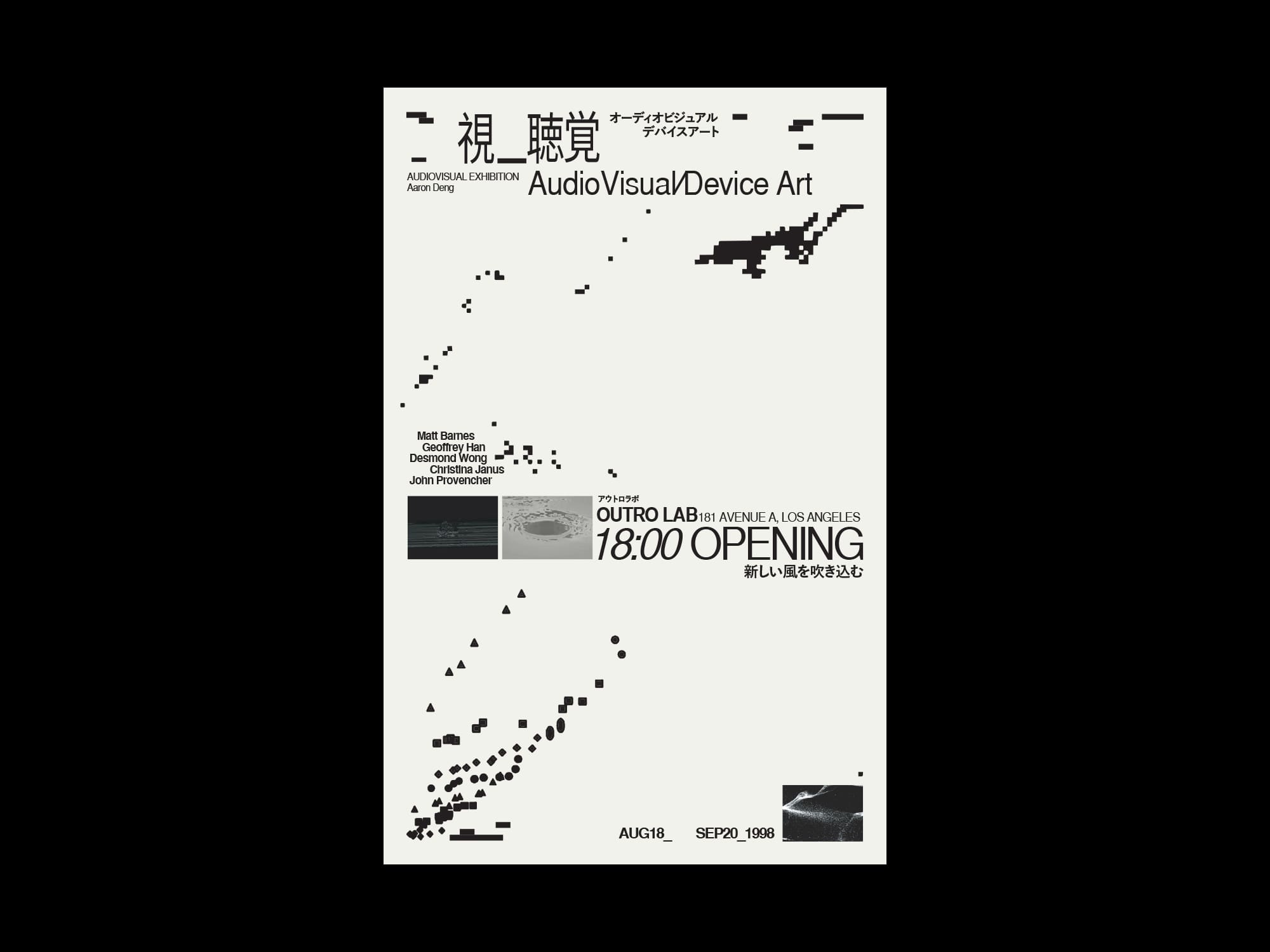

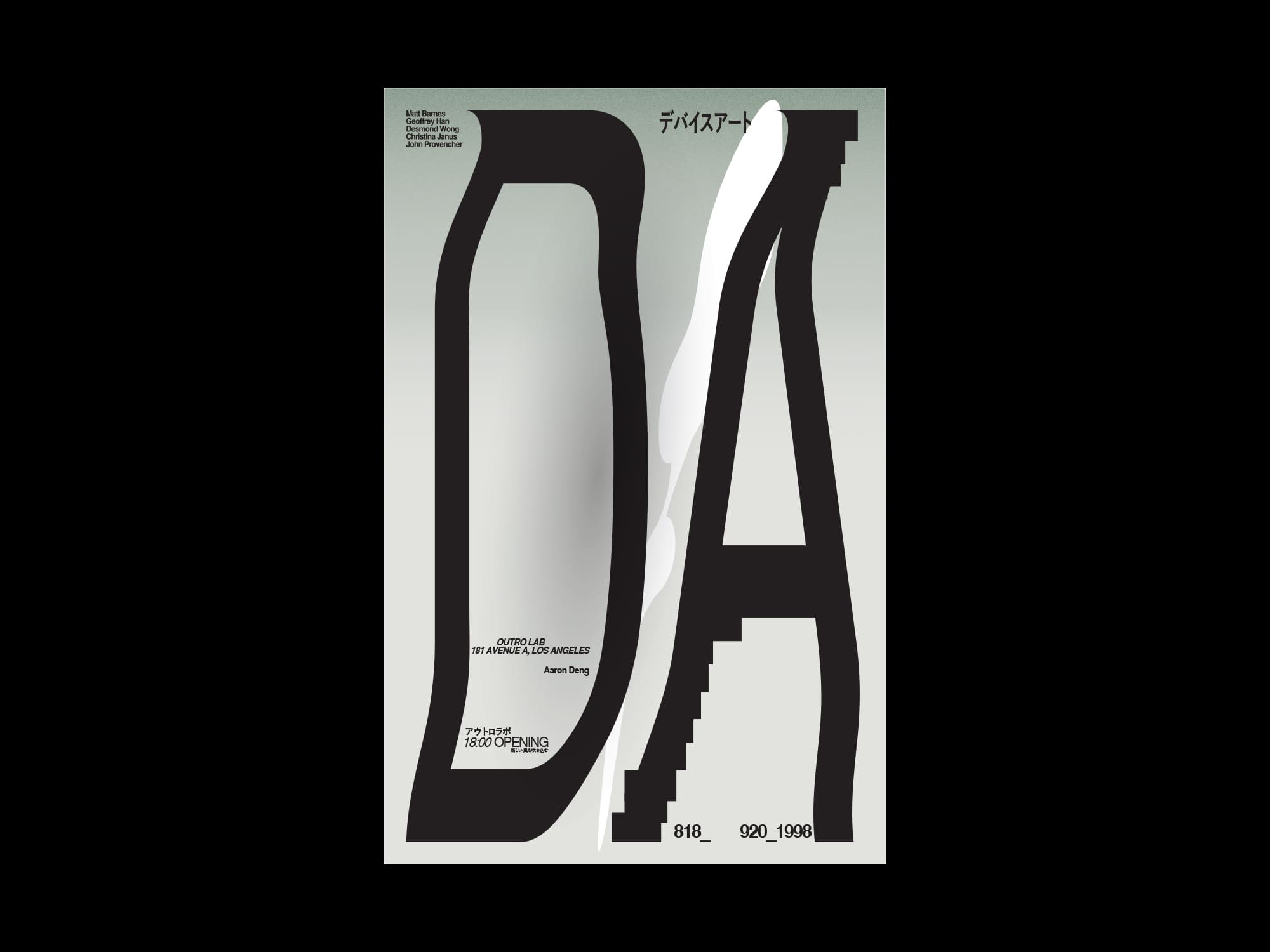
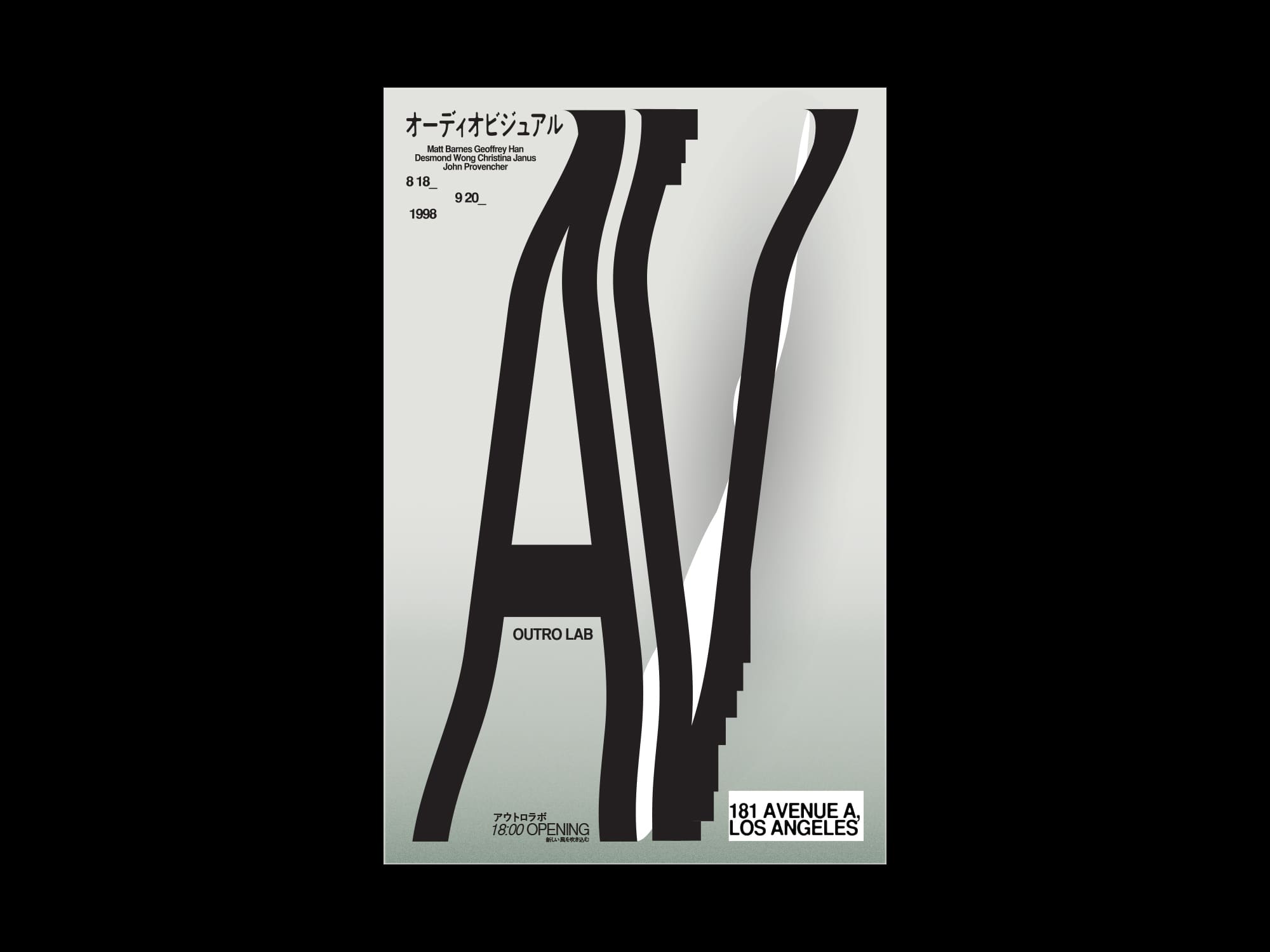
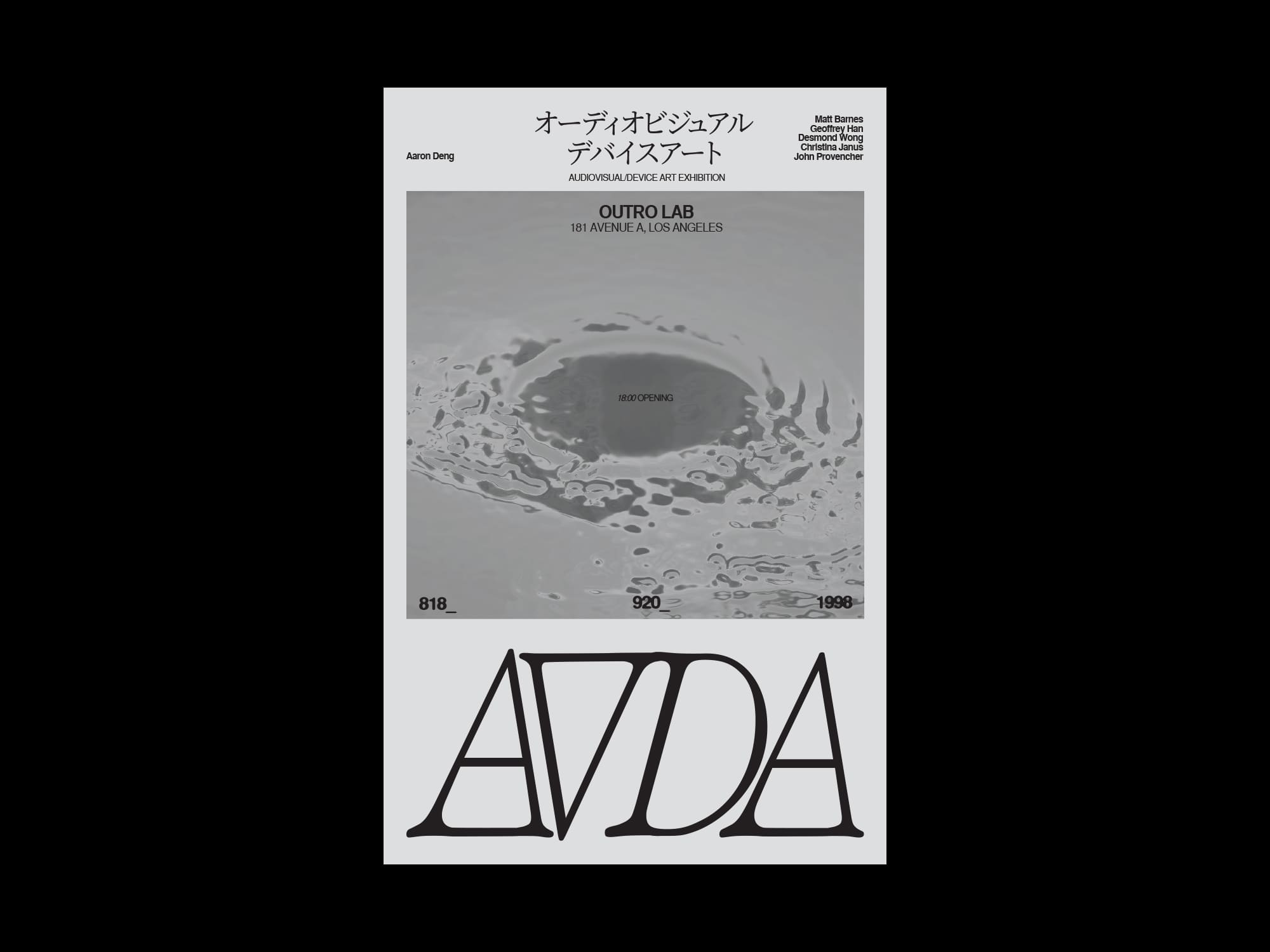

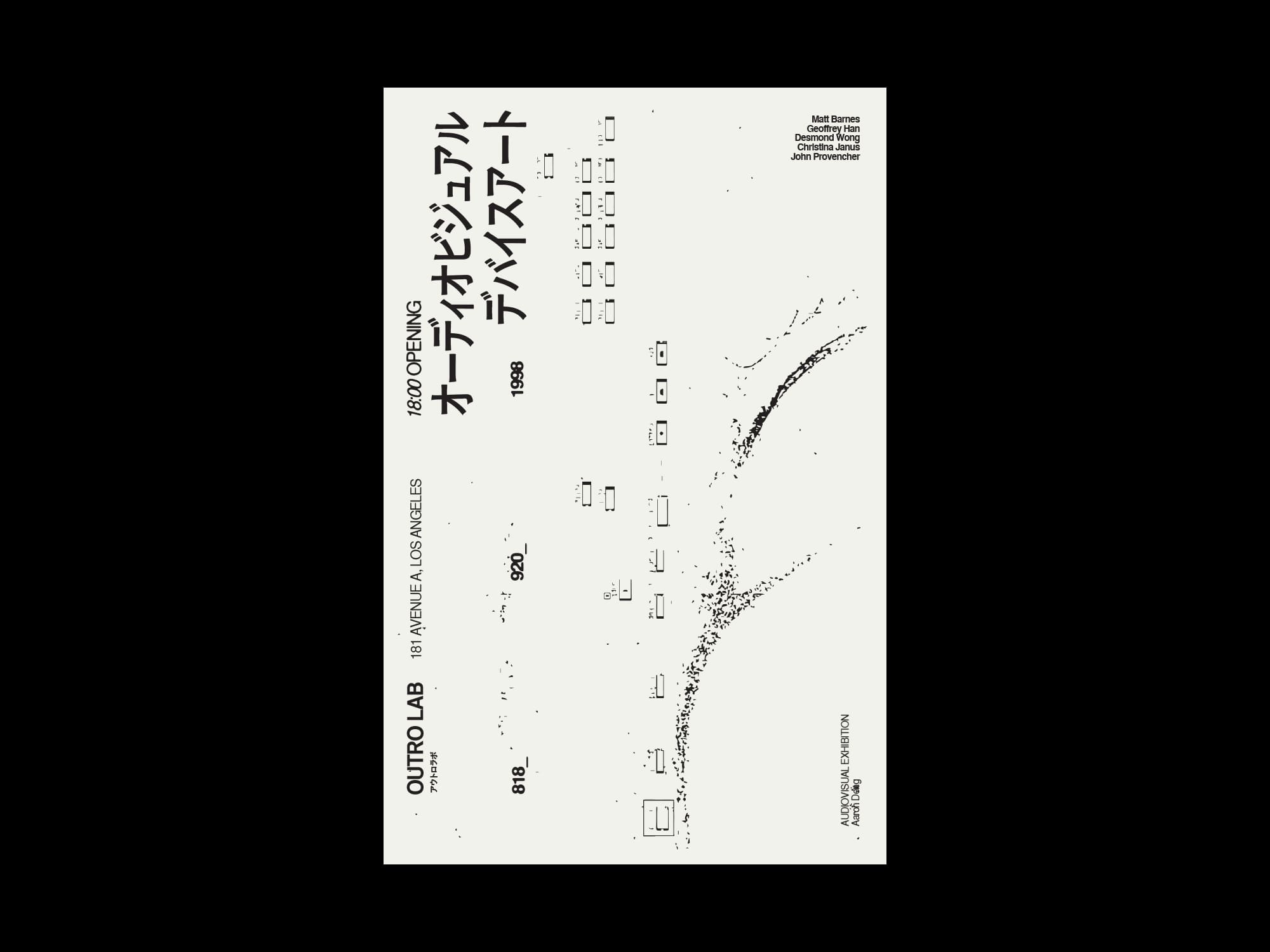
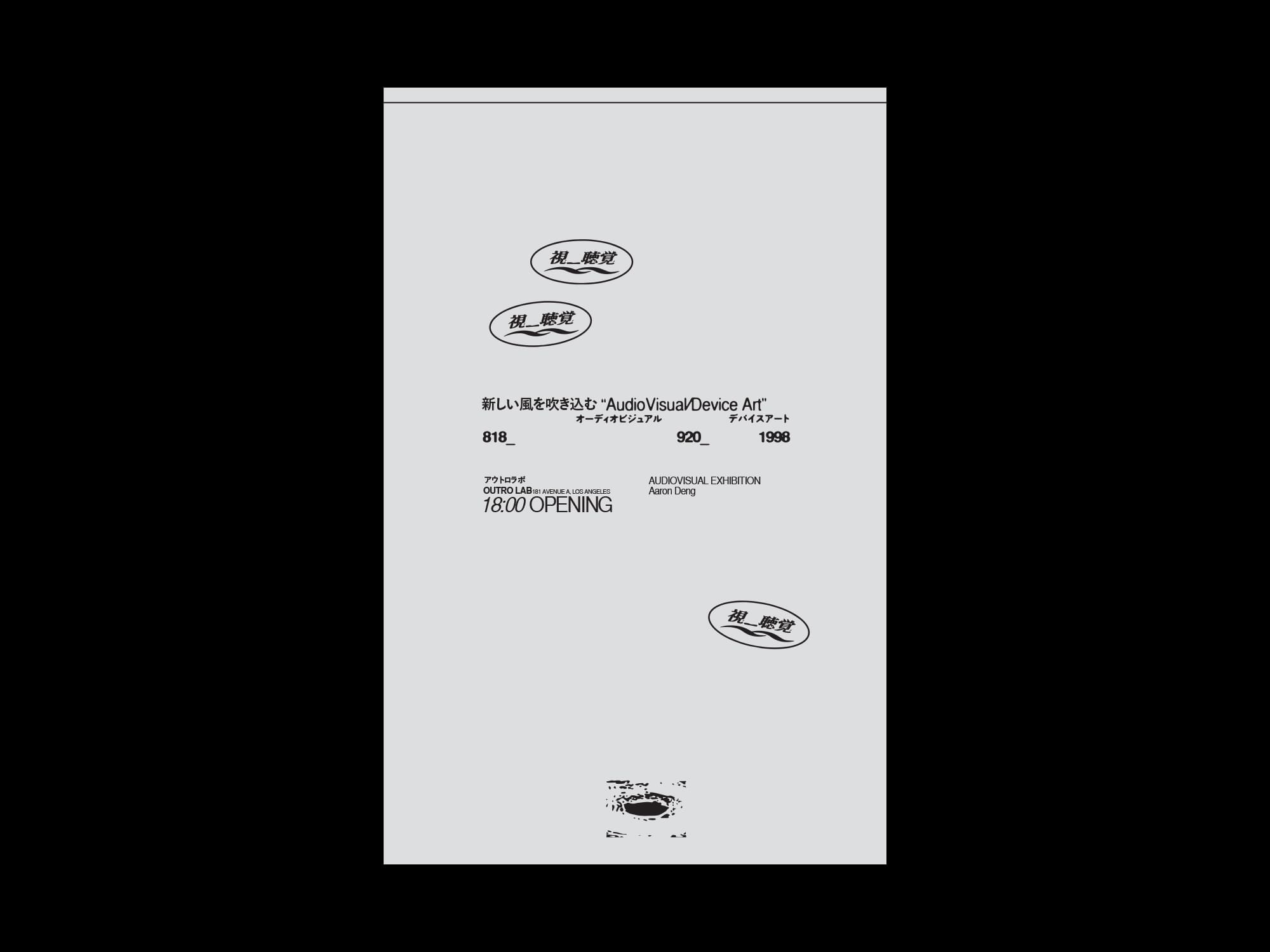

Student:
Juriel Furukawa
10 — 11 in x 17 in
Juriel Furukawa
10 — 11 in x 17 in
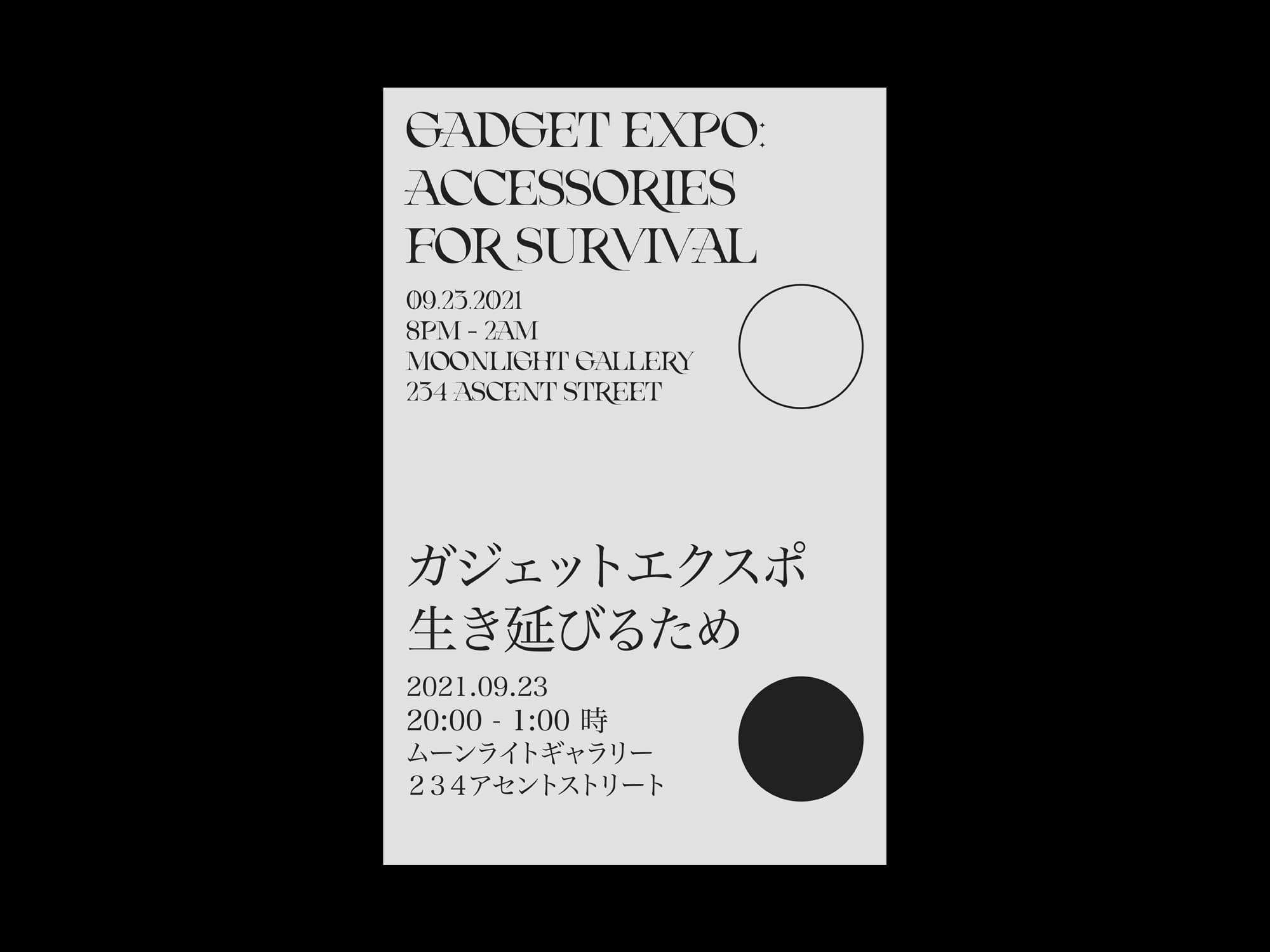



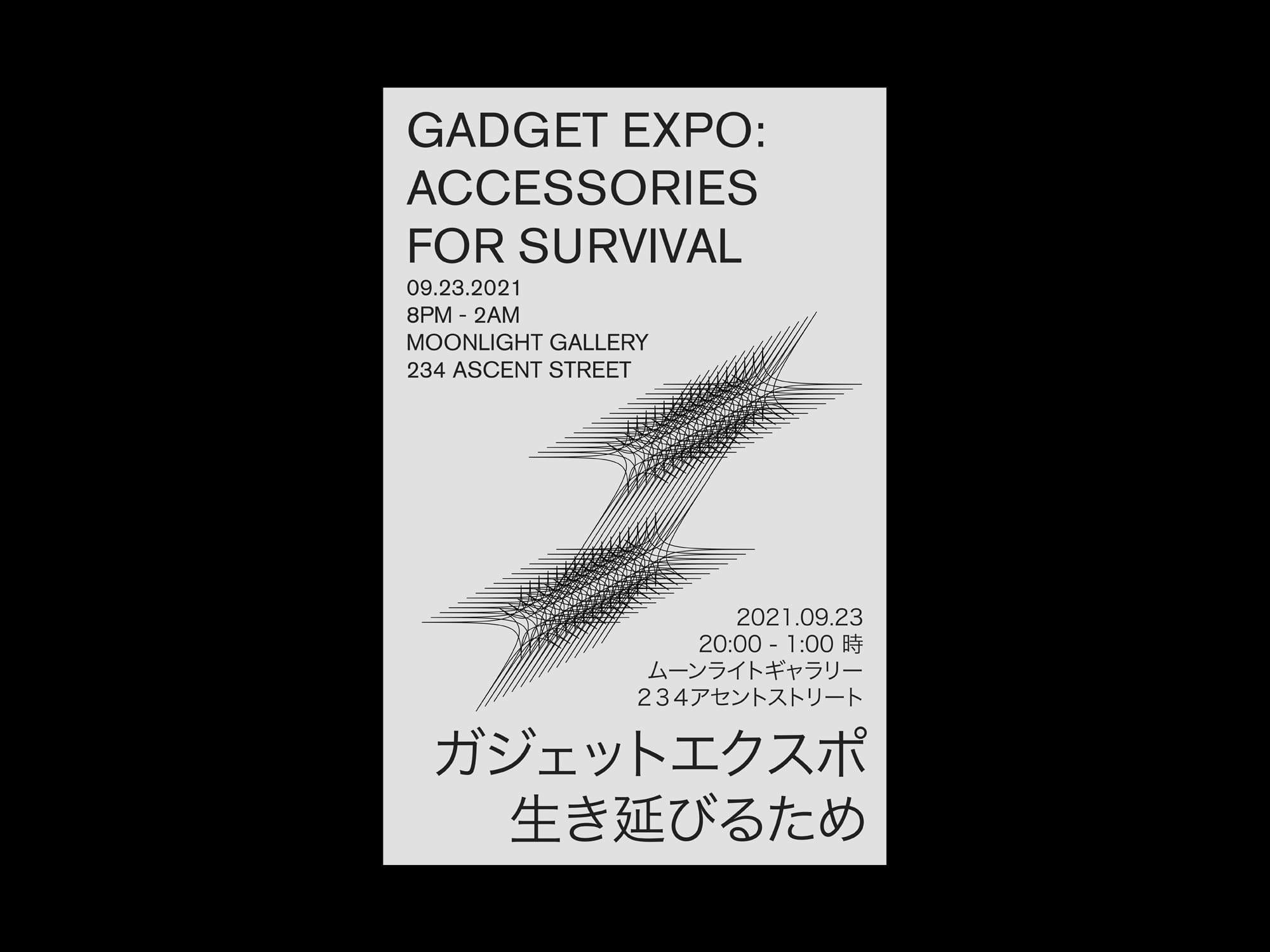
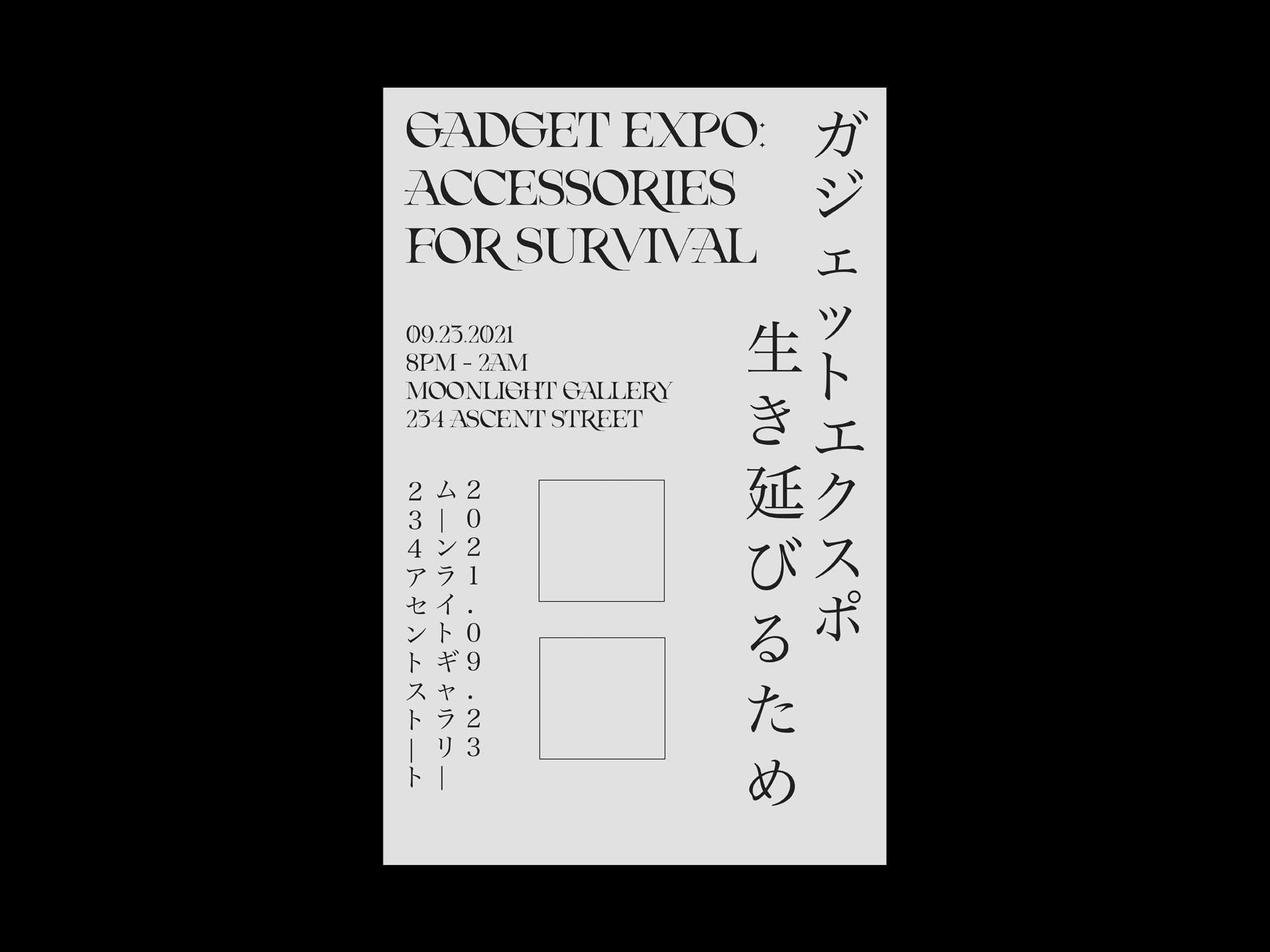
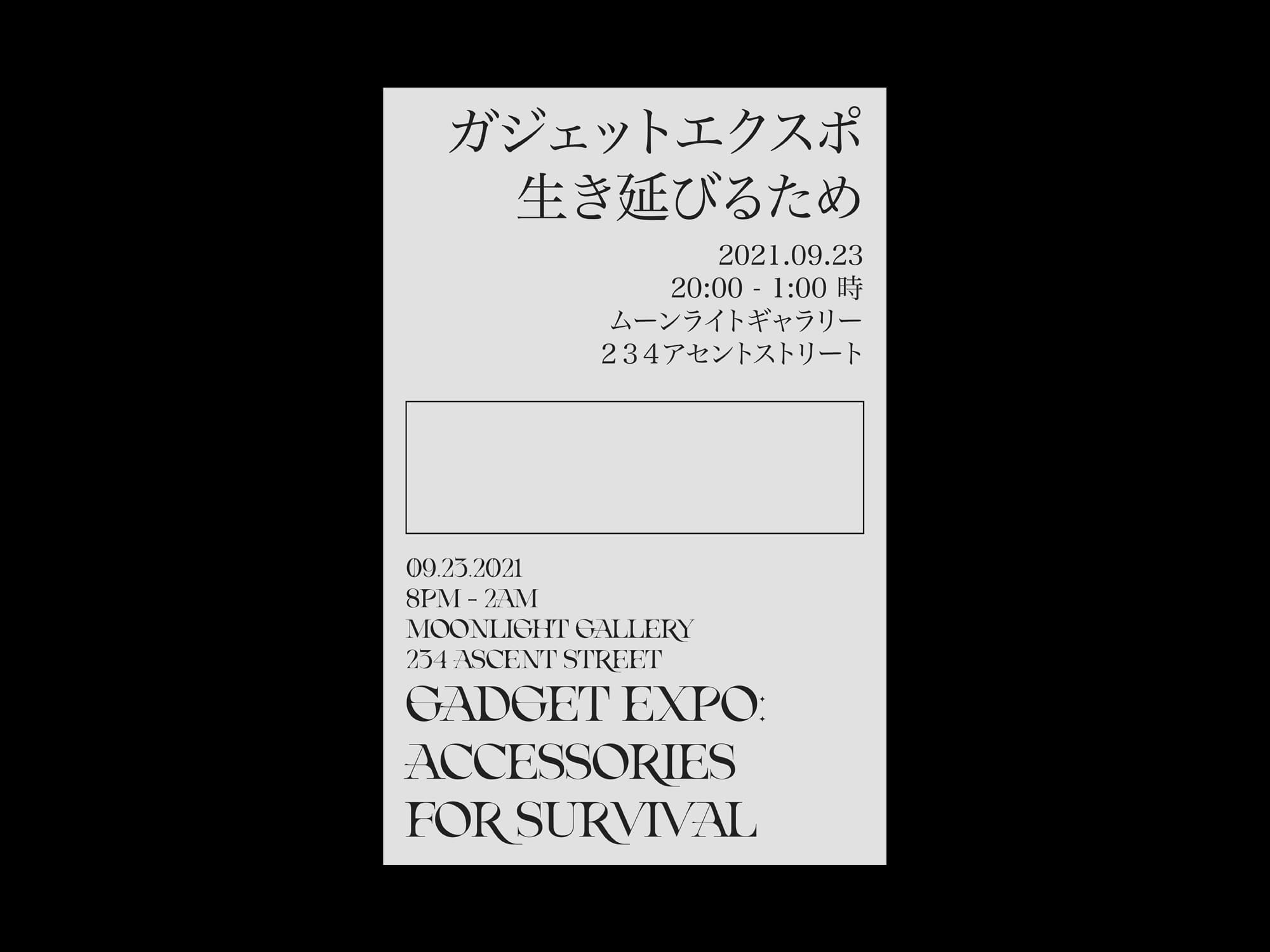
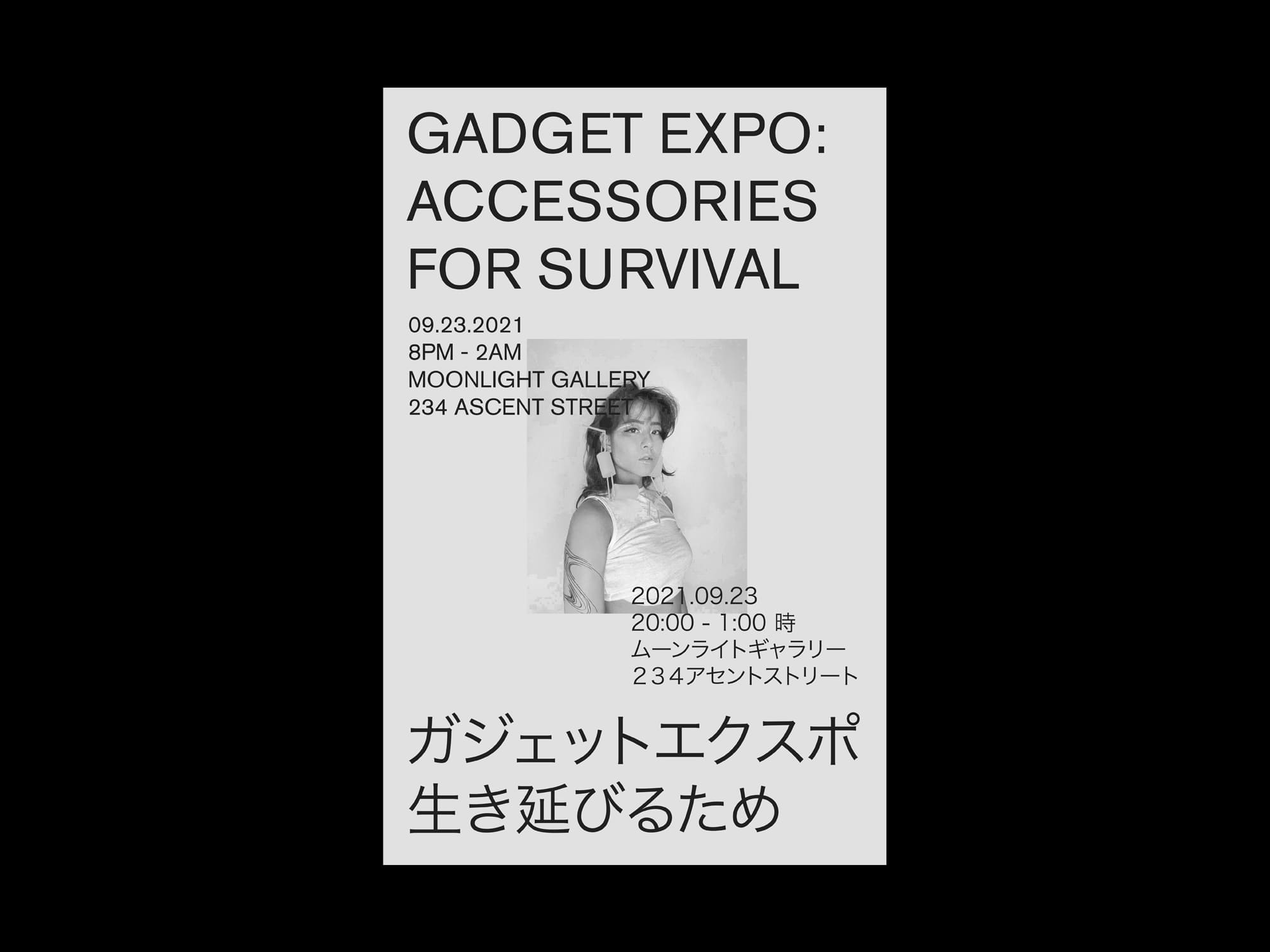
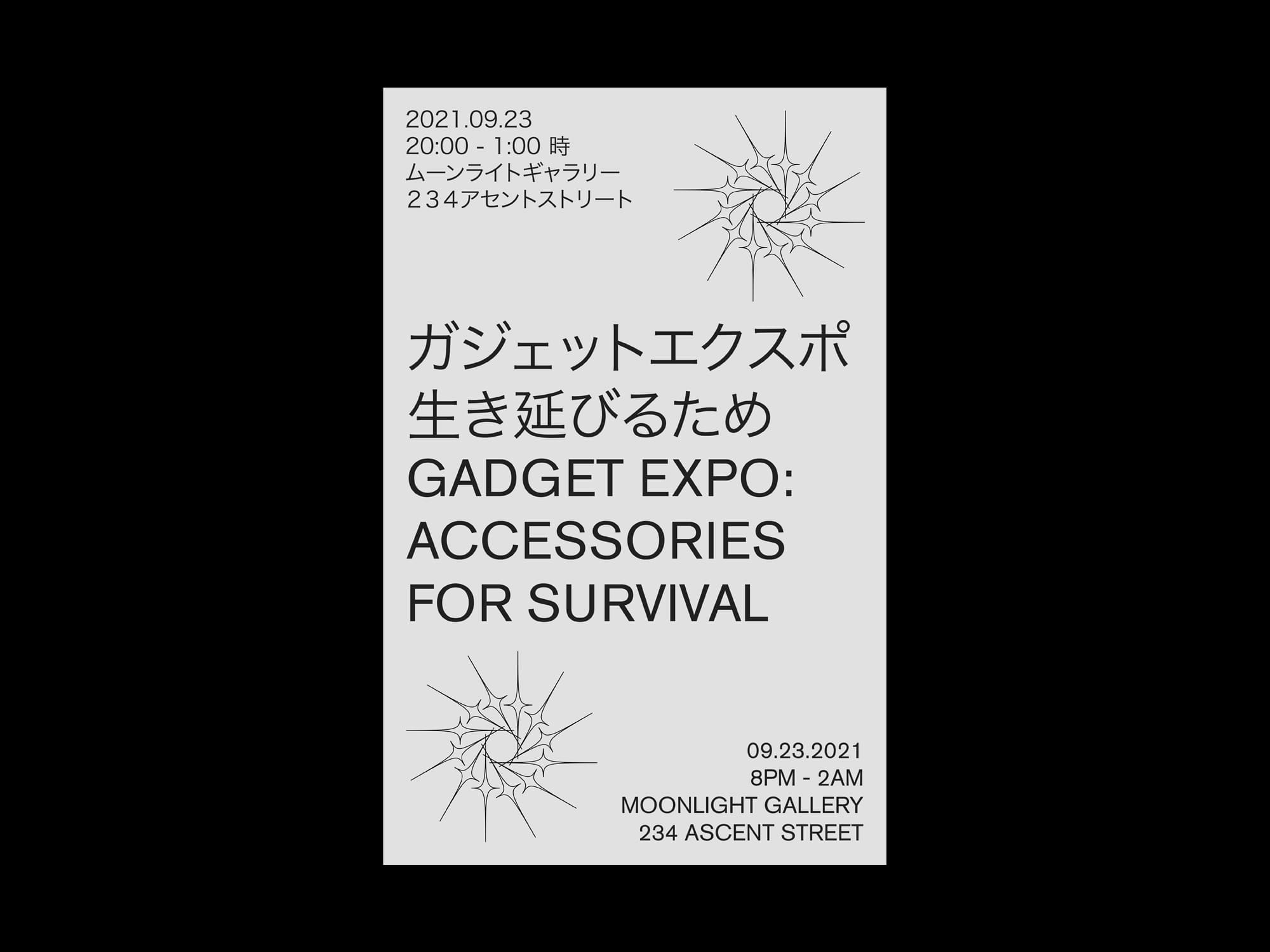
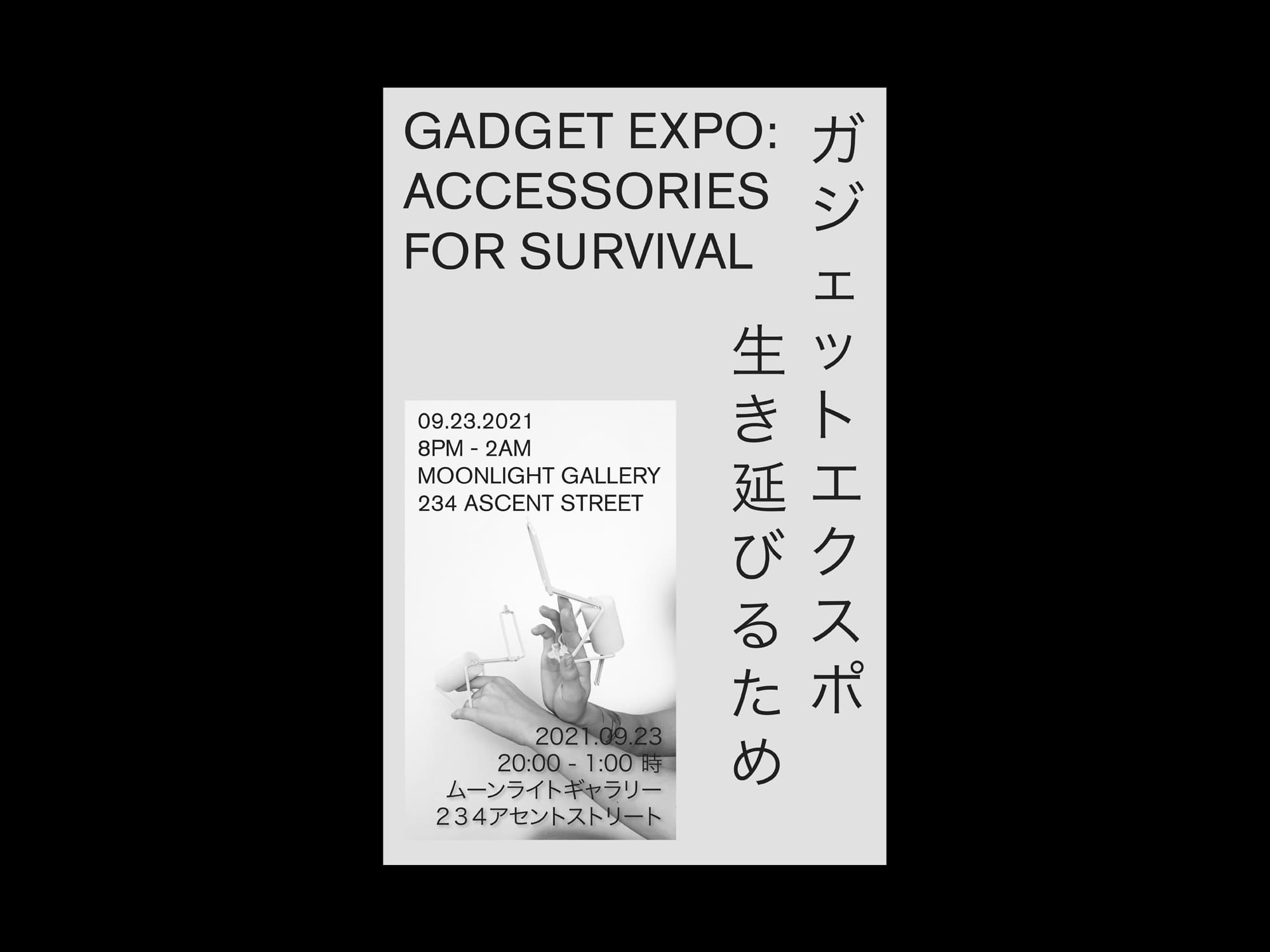
Student:
Nora Lombardo
10 — 11 in x 17 in
Nora Lombardo
10 — 11 in x 17 in

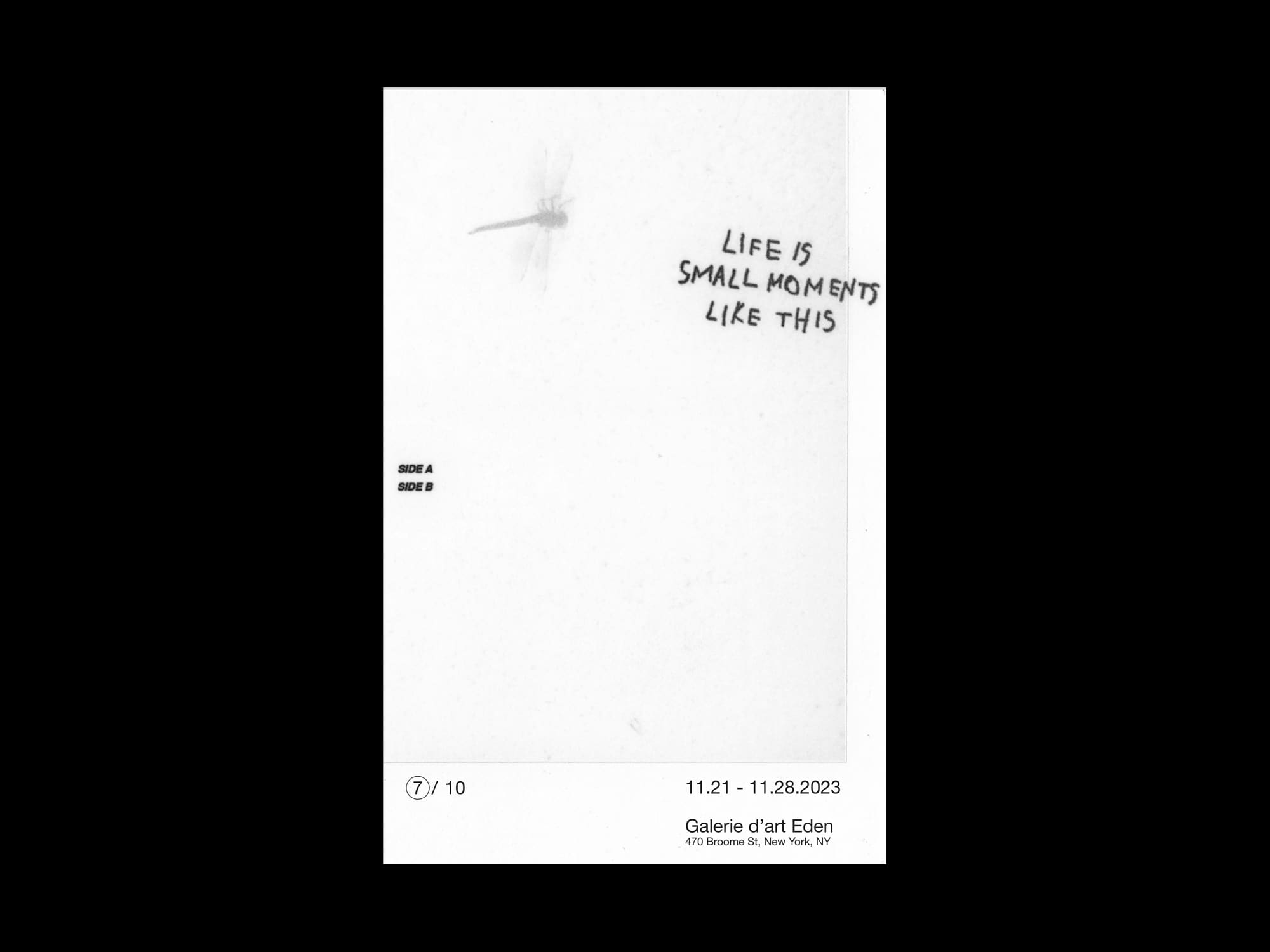
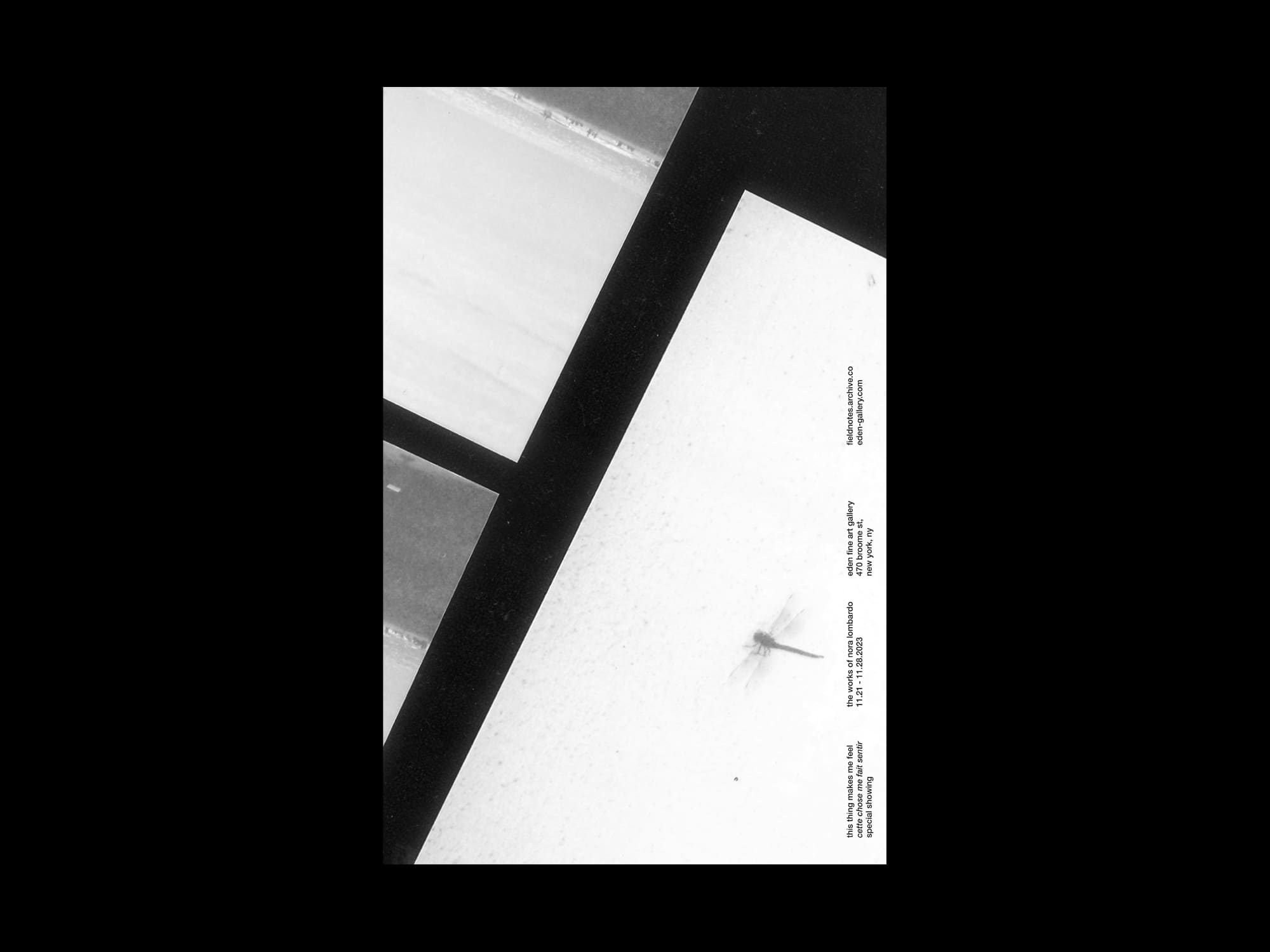
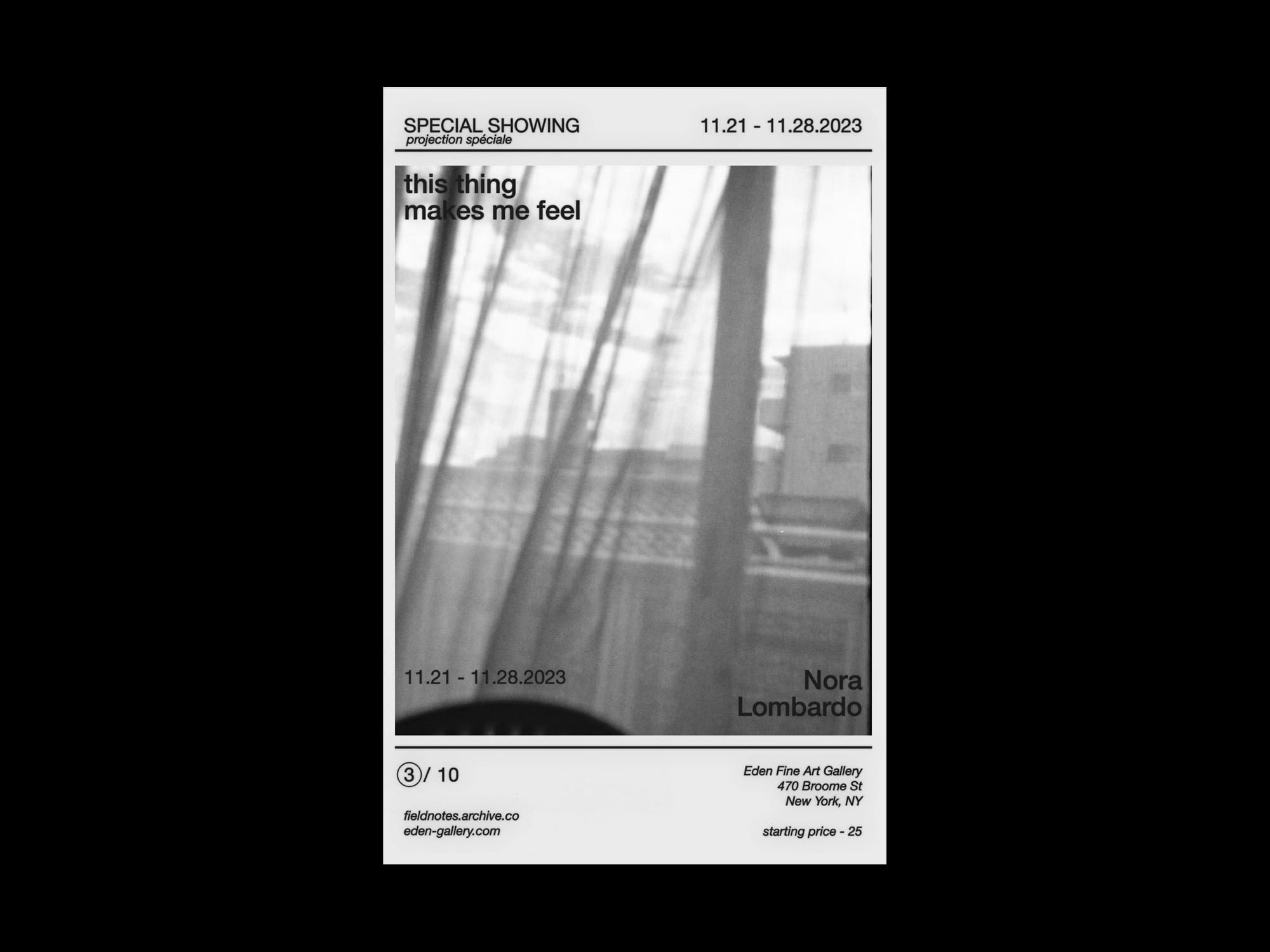
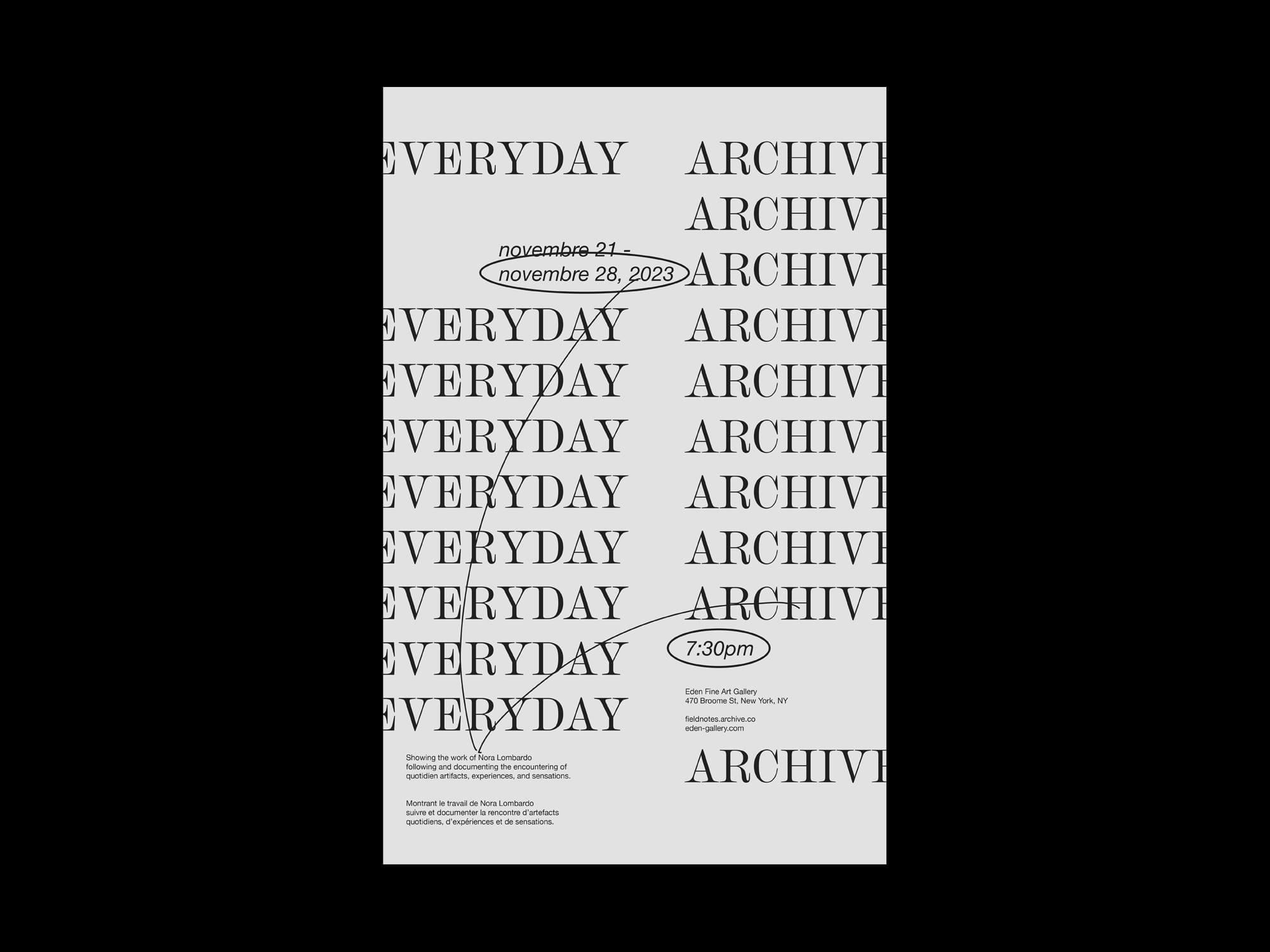

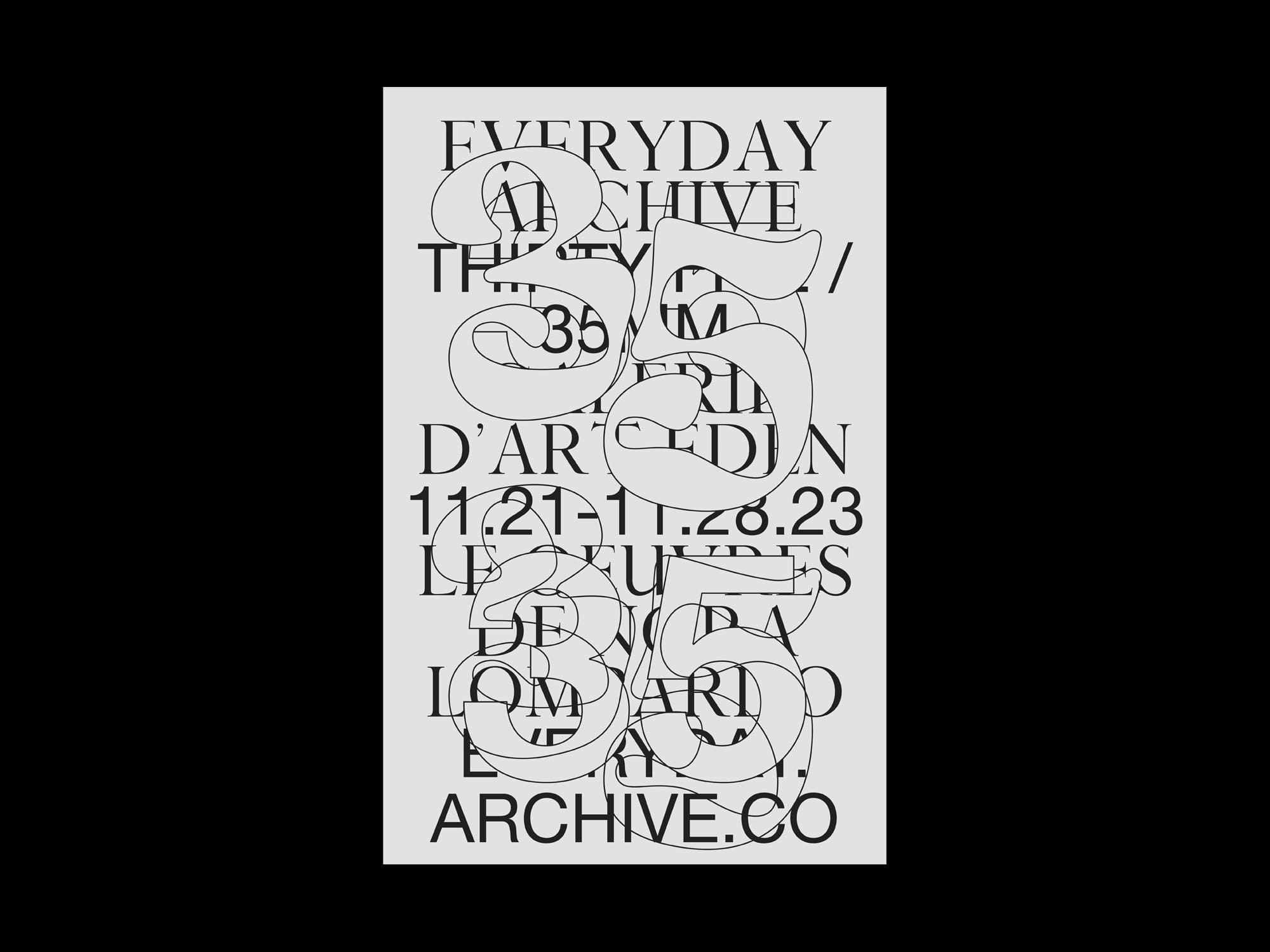

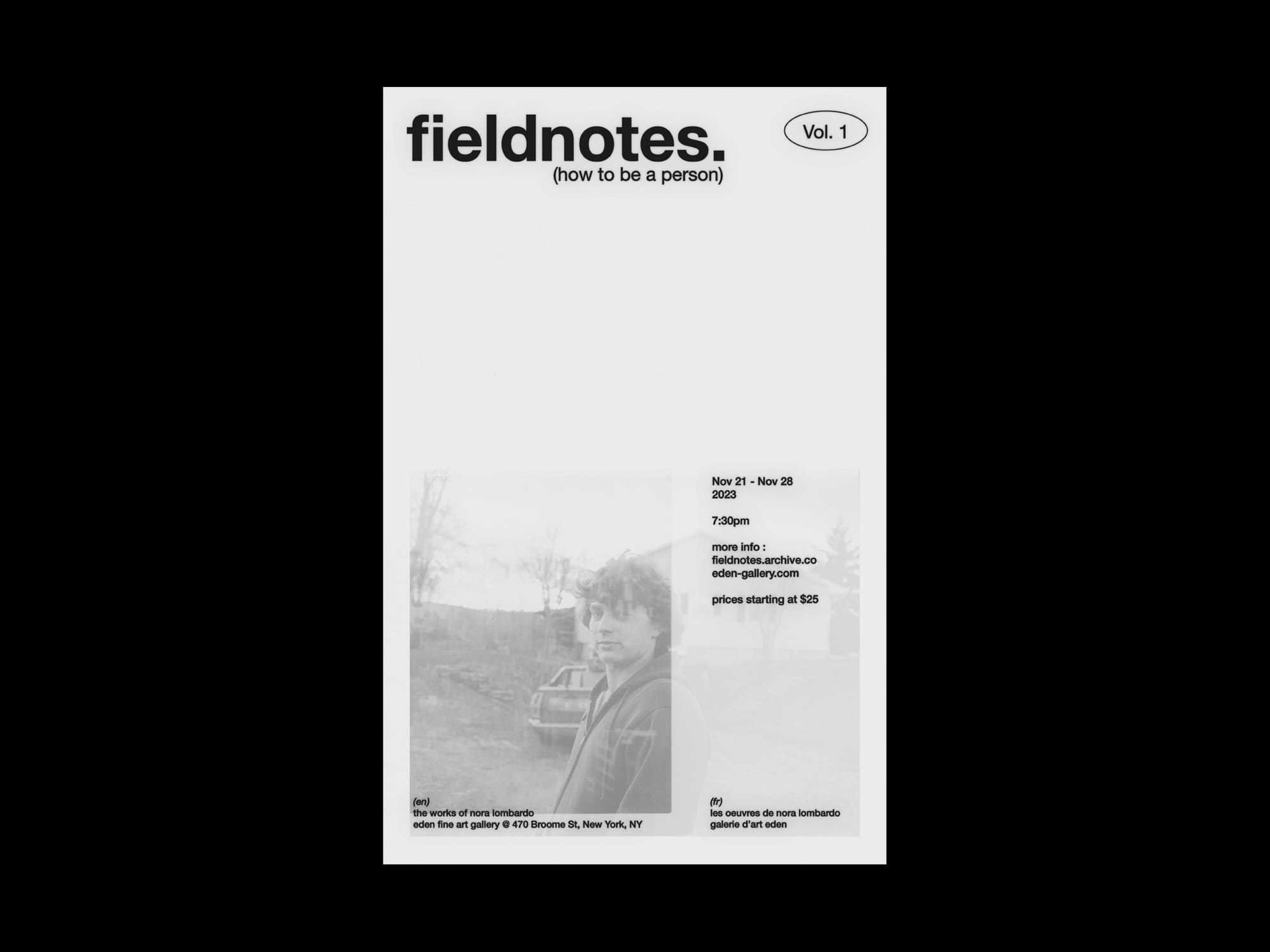

Student:
Samantha Chun
10 — 11 in x 17 in
Samantha Chun
10 — 11 in x 17 in

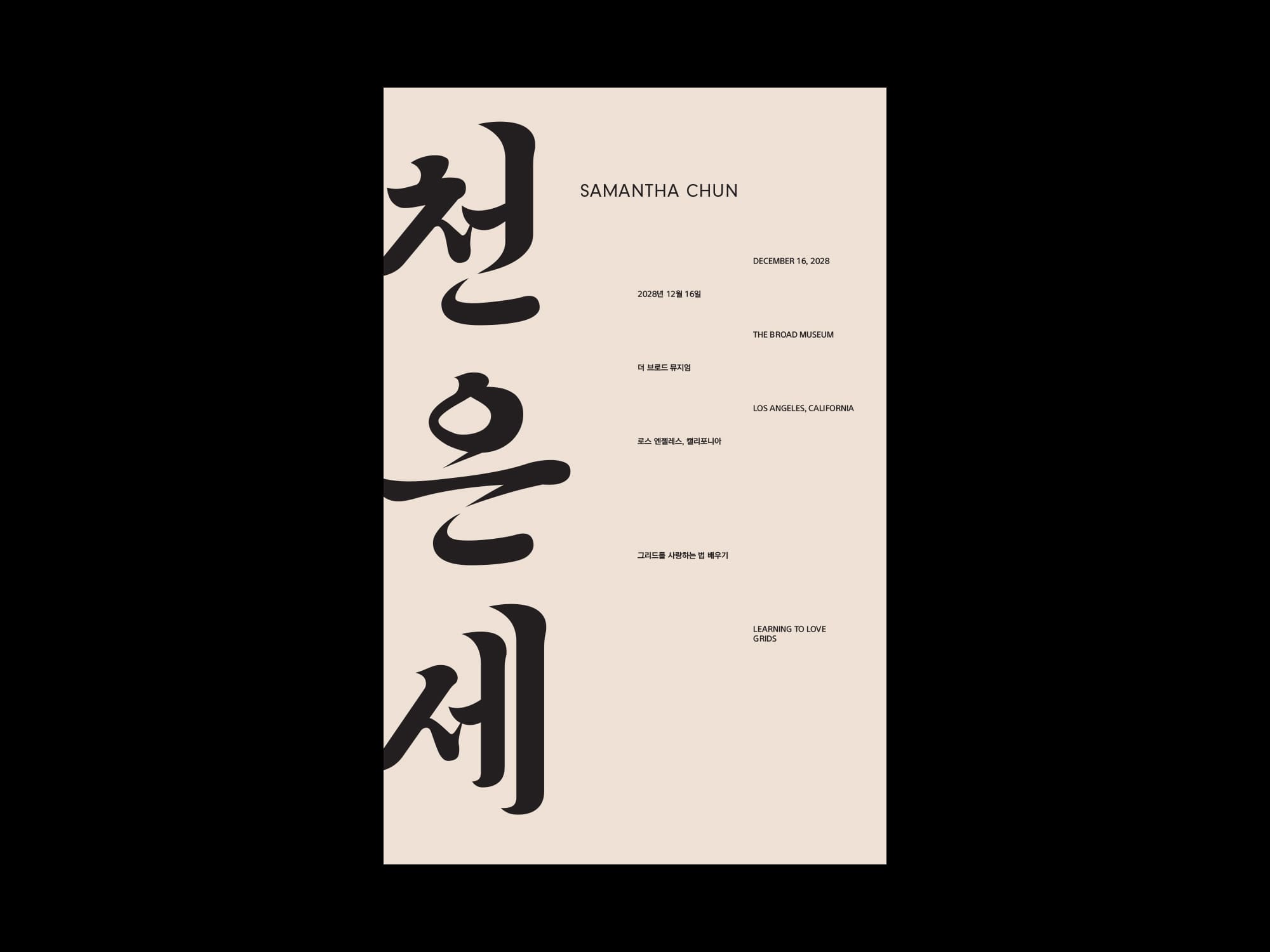


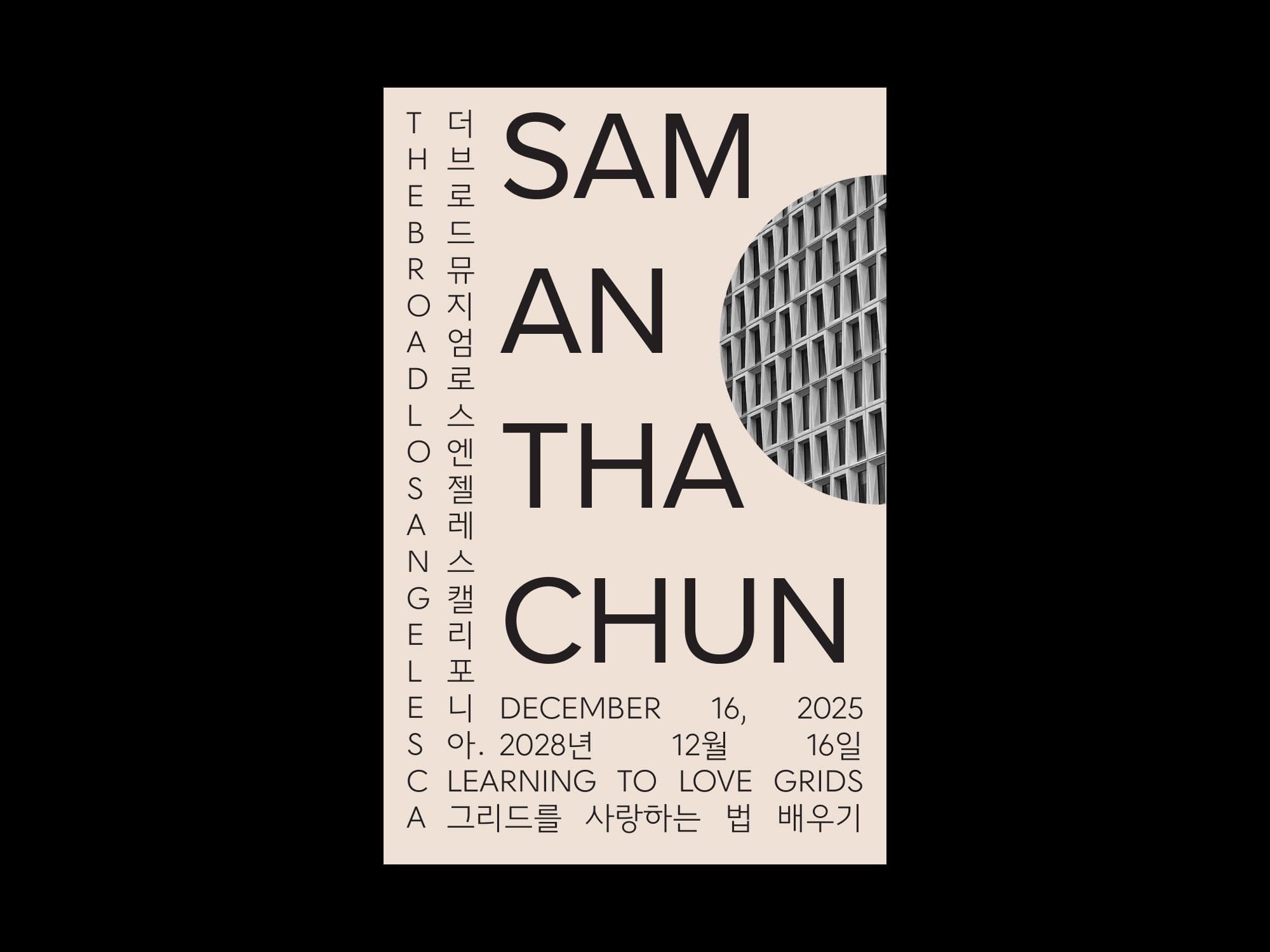
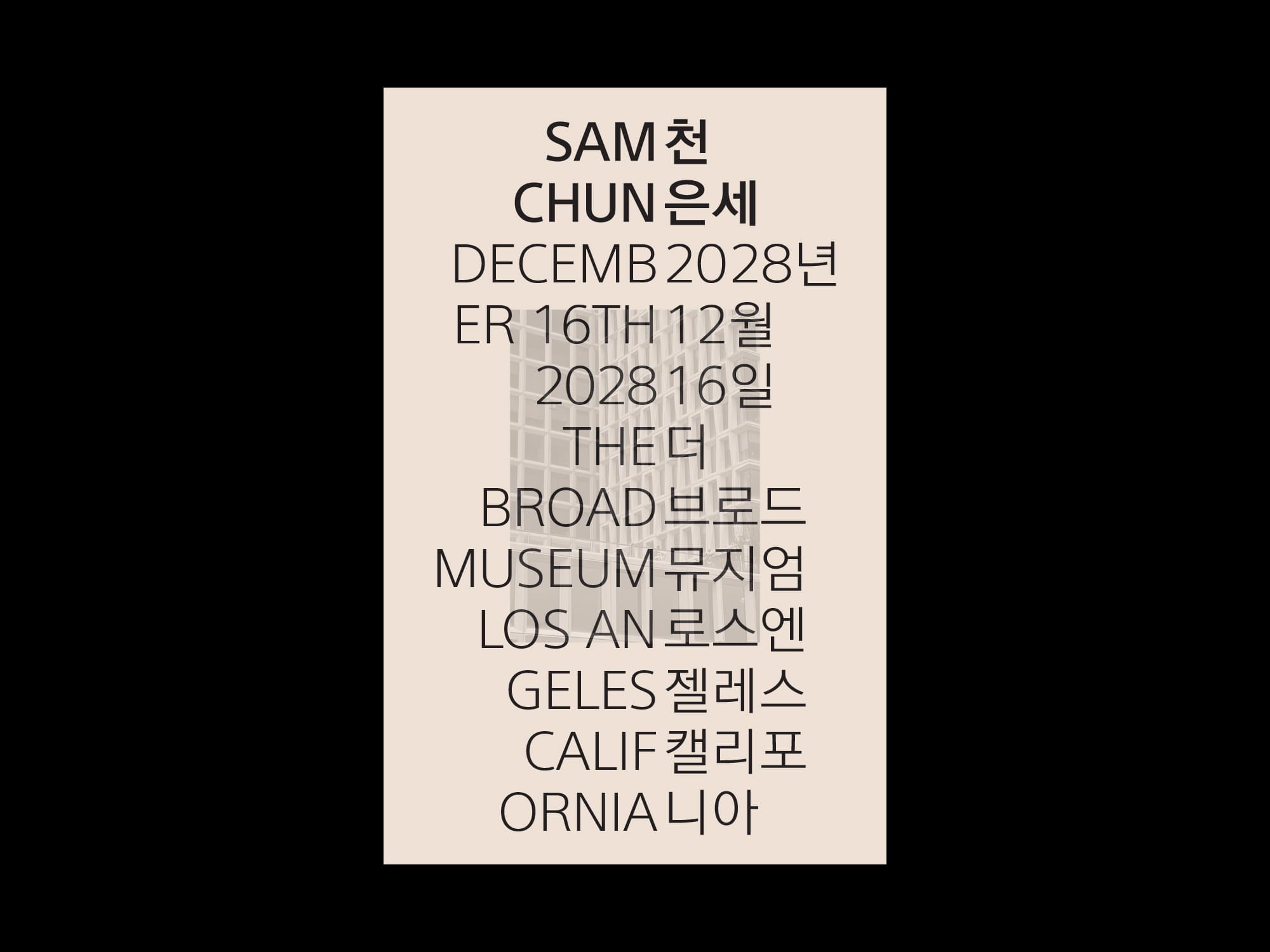
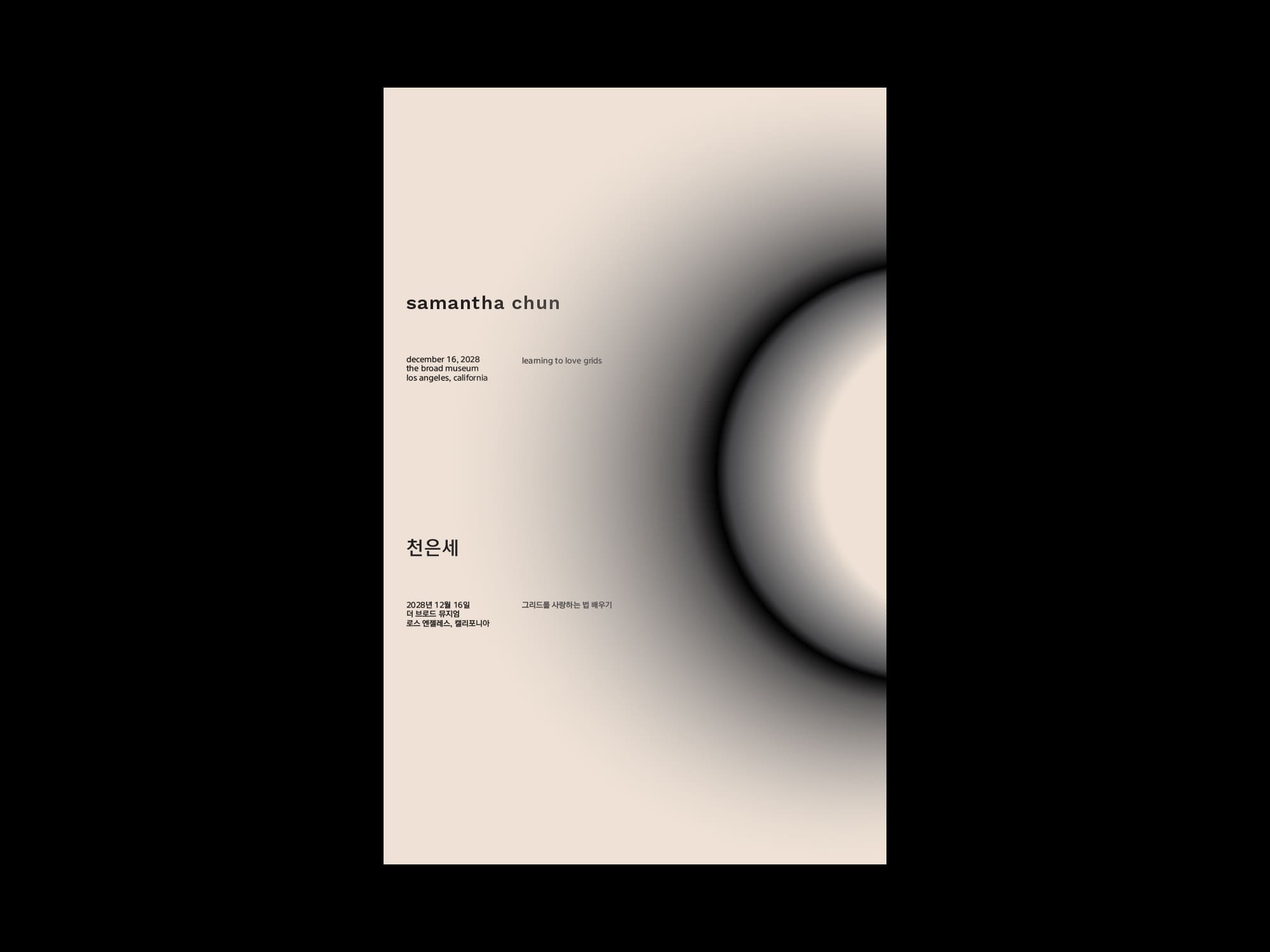
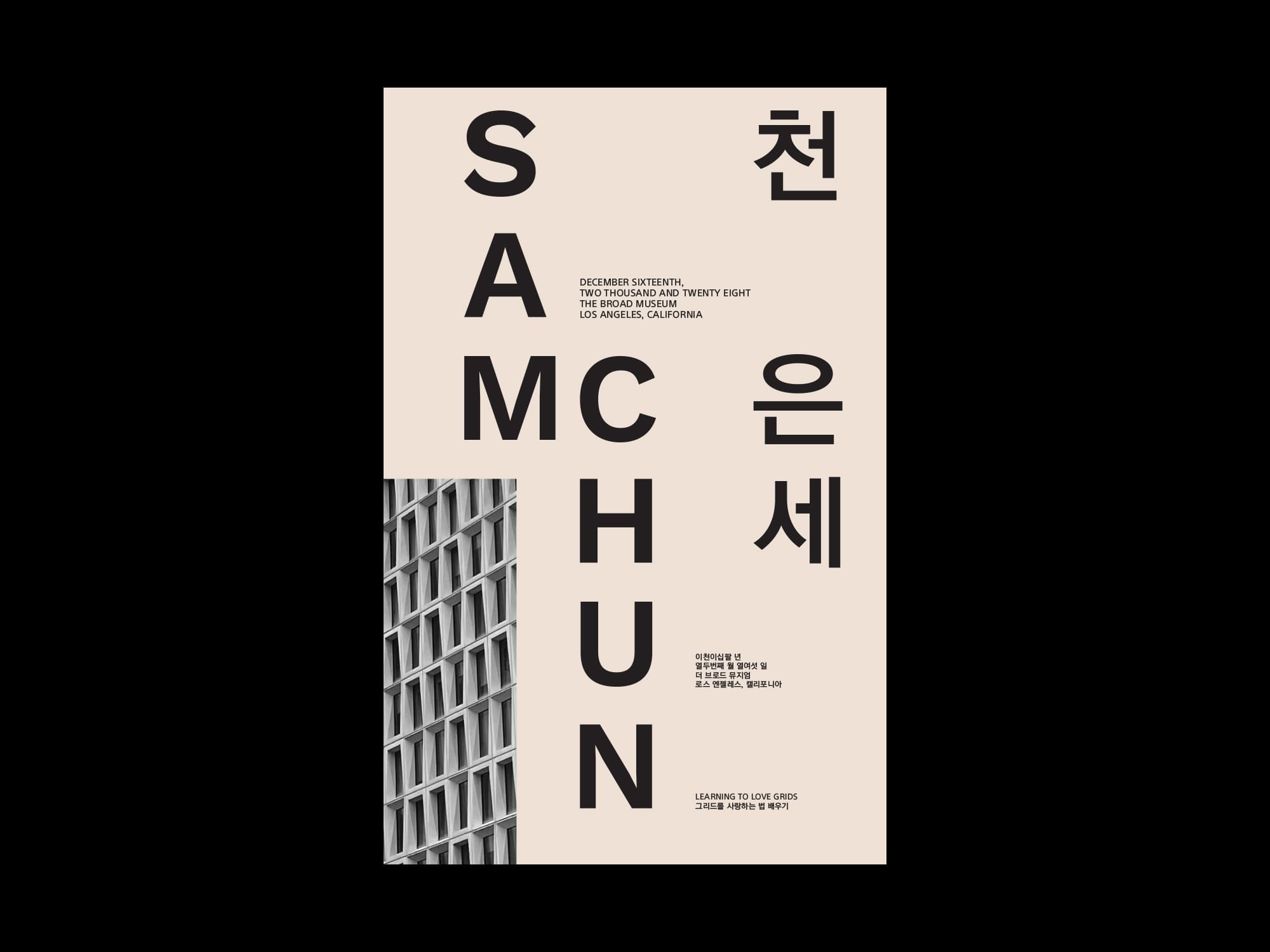
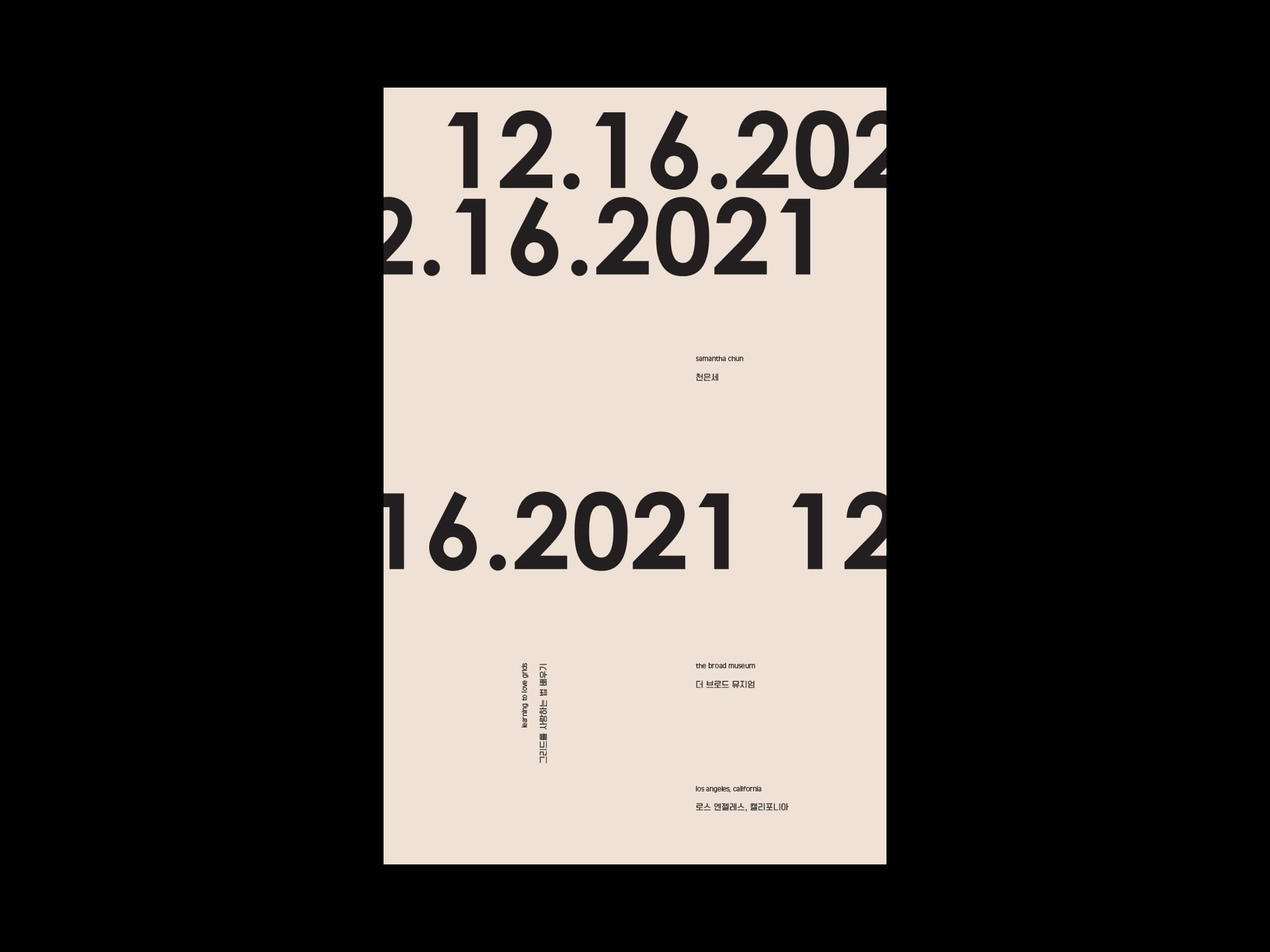
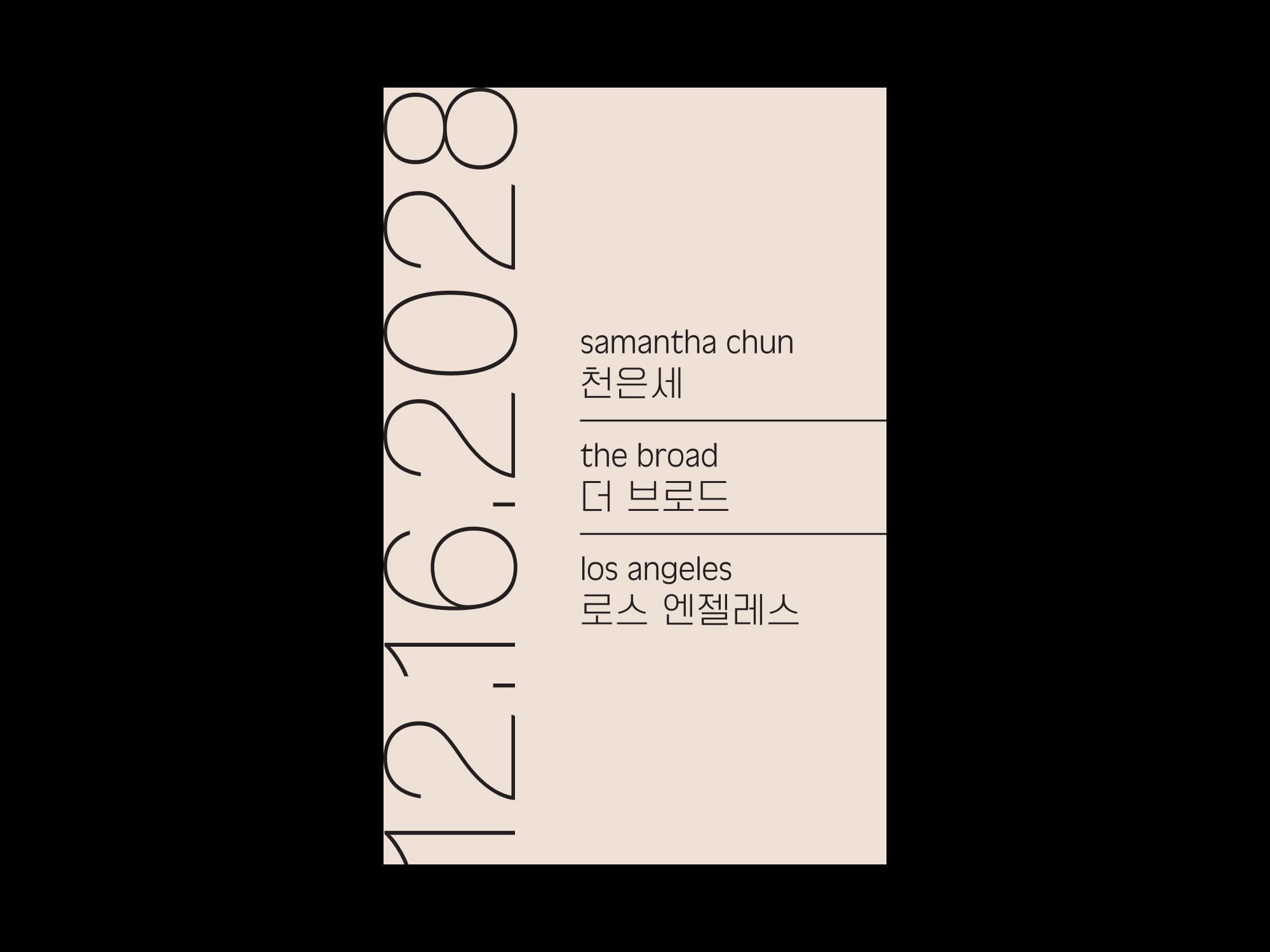
Student:
Sarah Kim
10 — 11 in x 17 in
Sarah Kim
10 — 11 in x 17 in
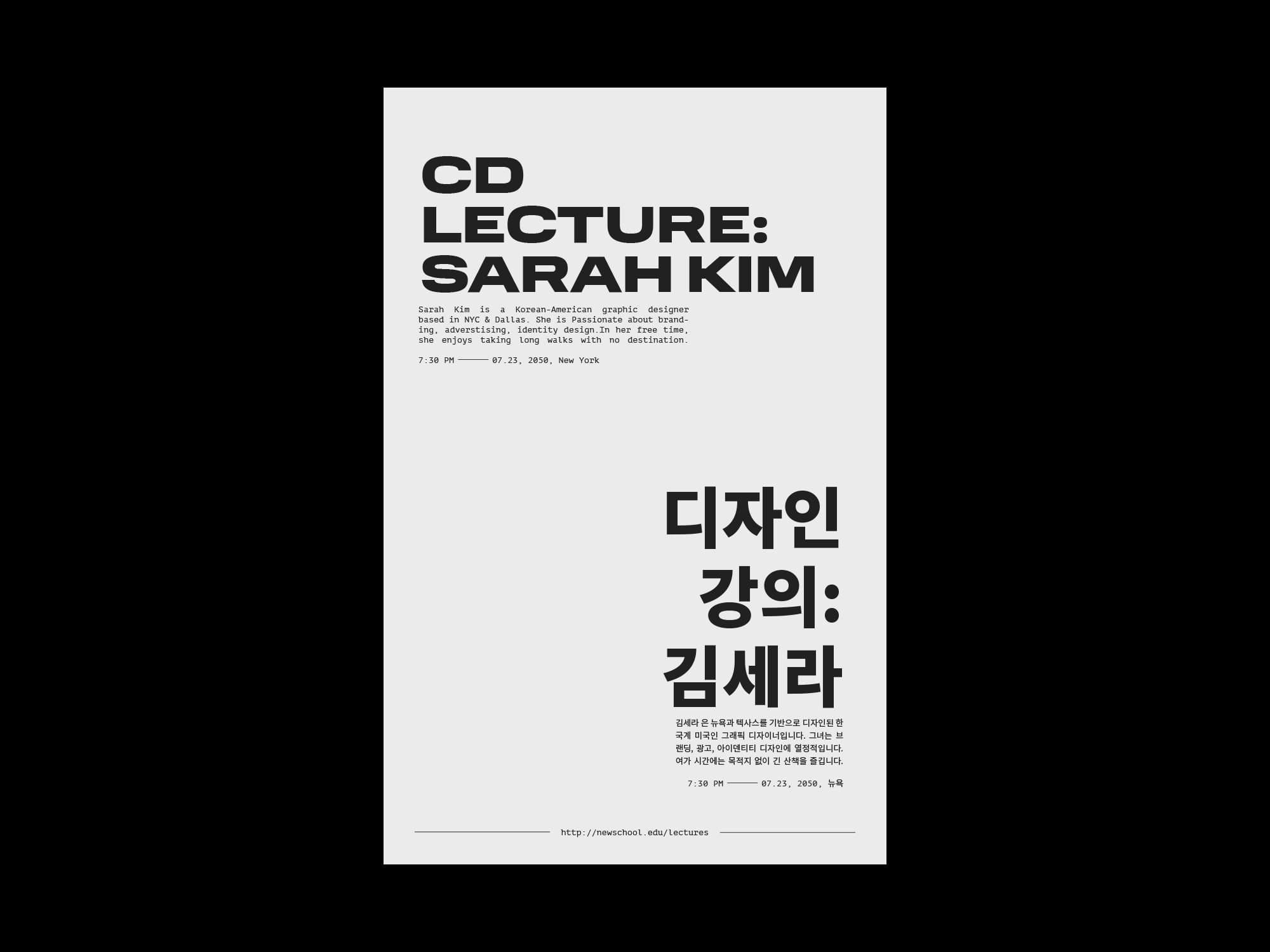
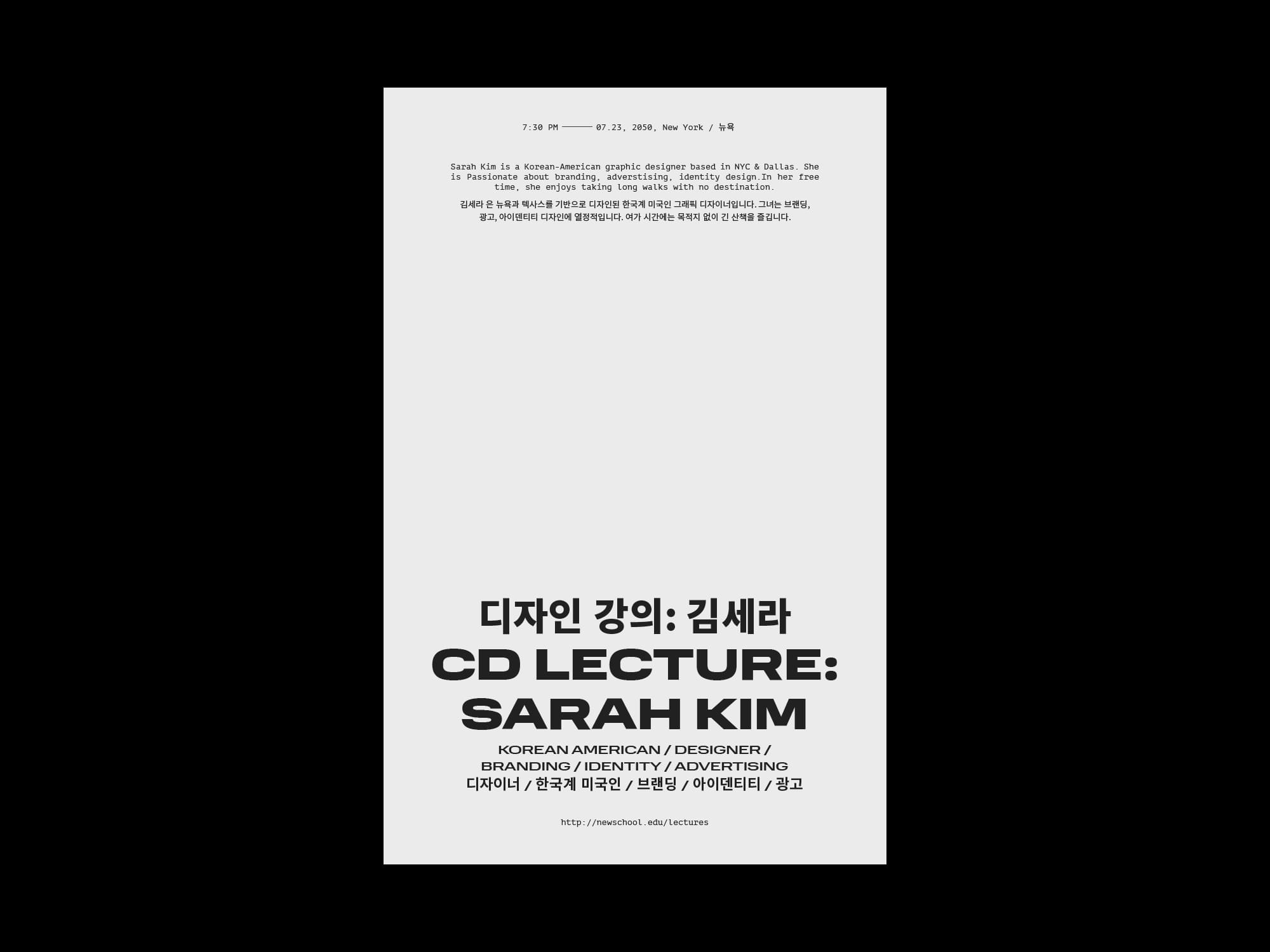
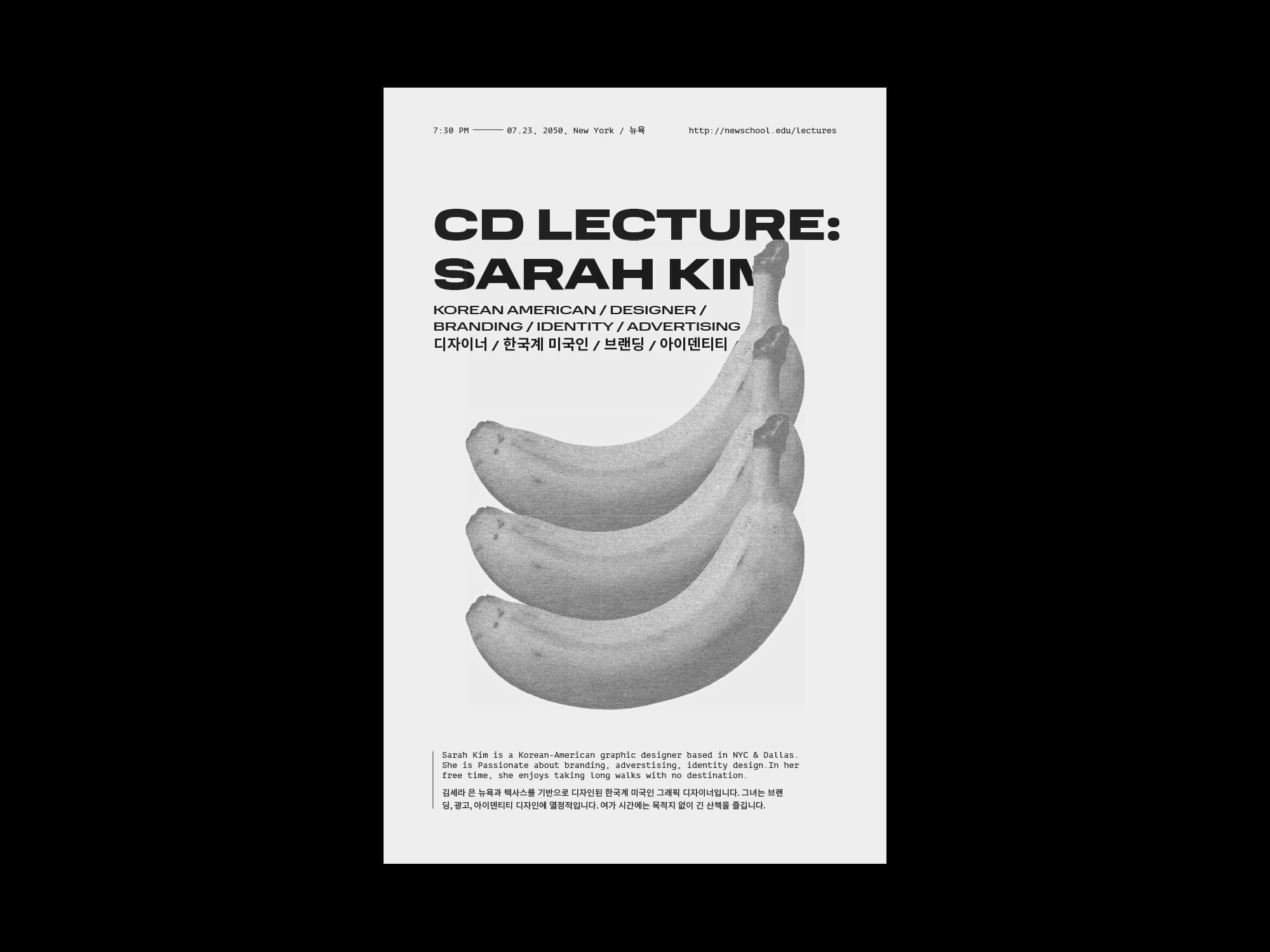
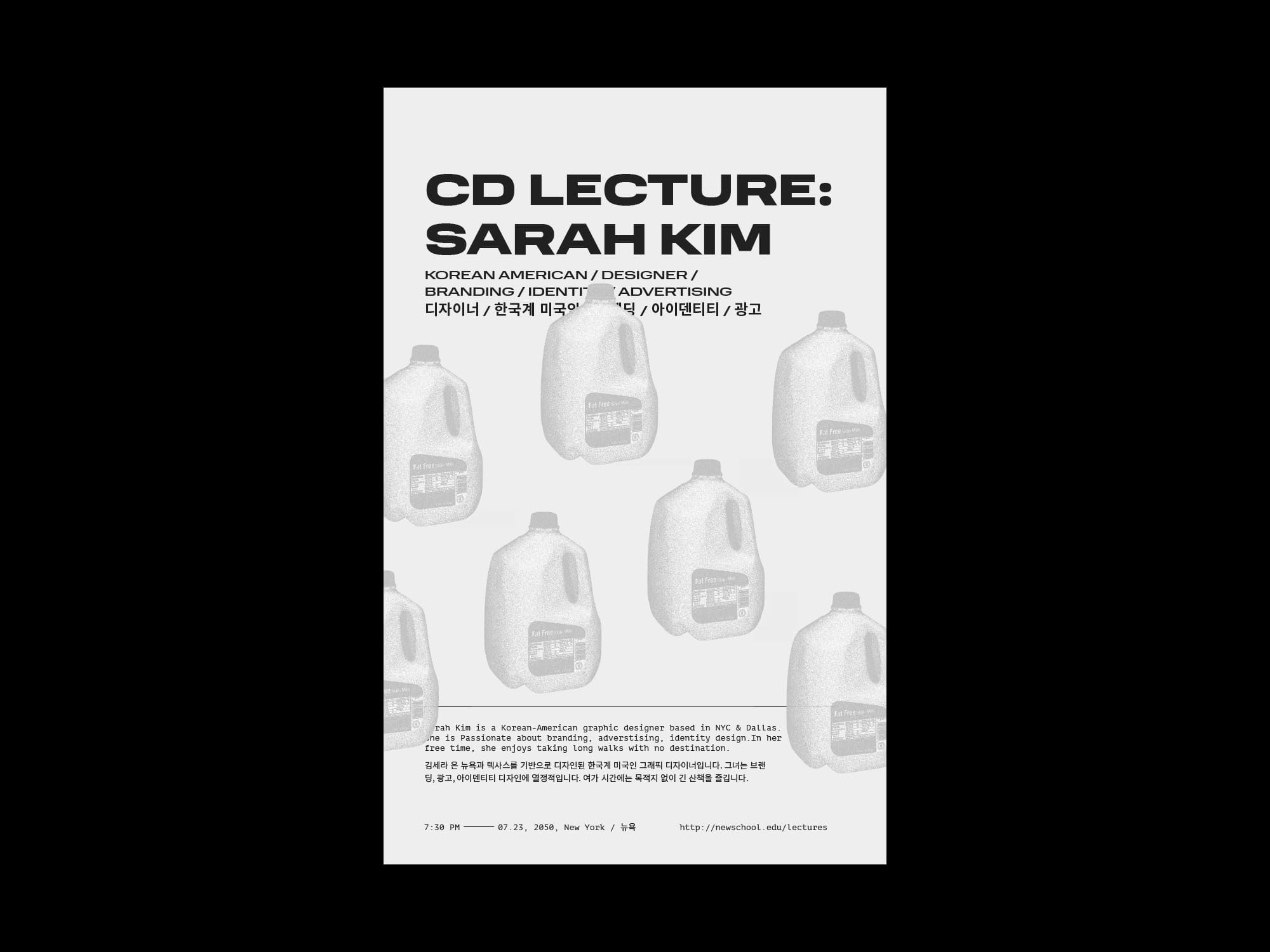

Student:
Sofia Cacho Sousa
10 — 11 in x 17 in
Sofia Cacho Sousa
10 — 11 in x 17 in
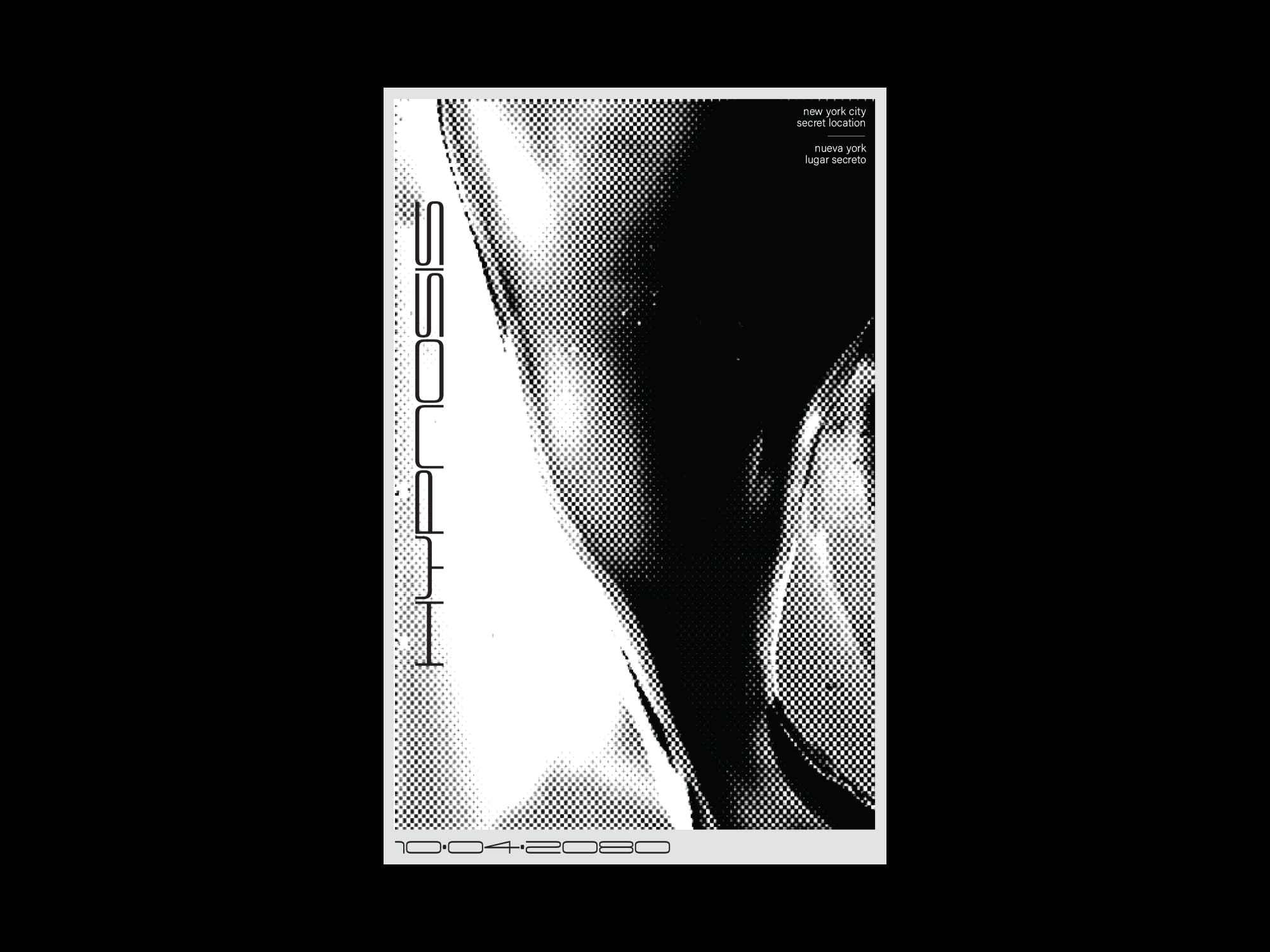
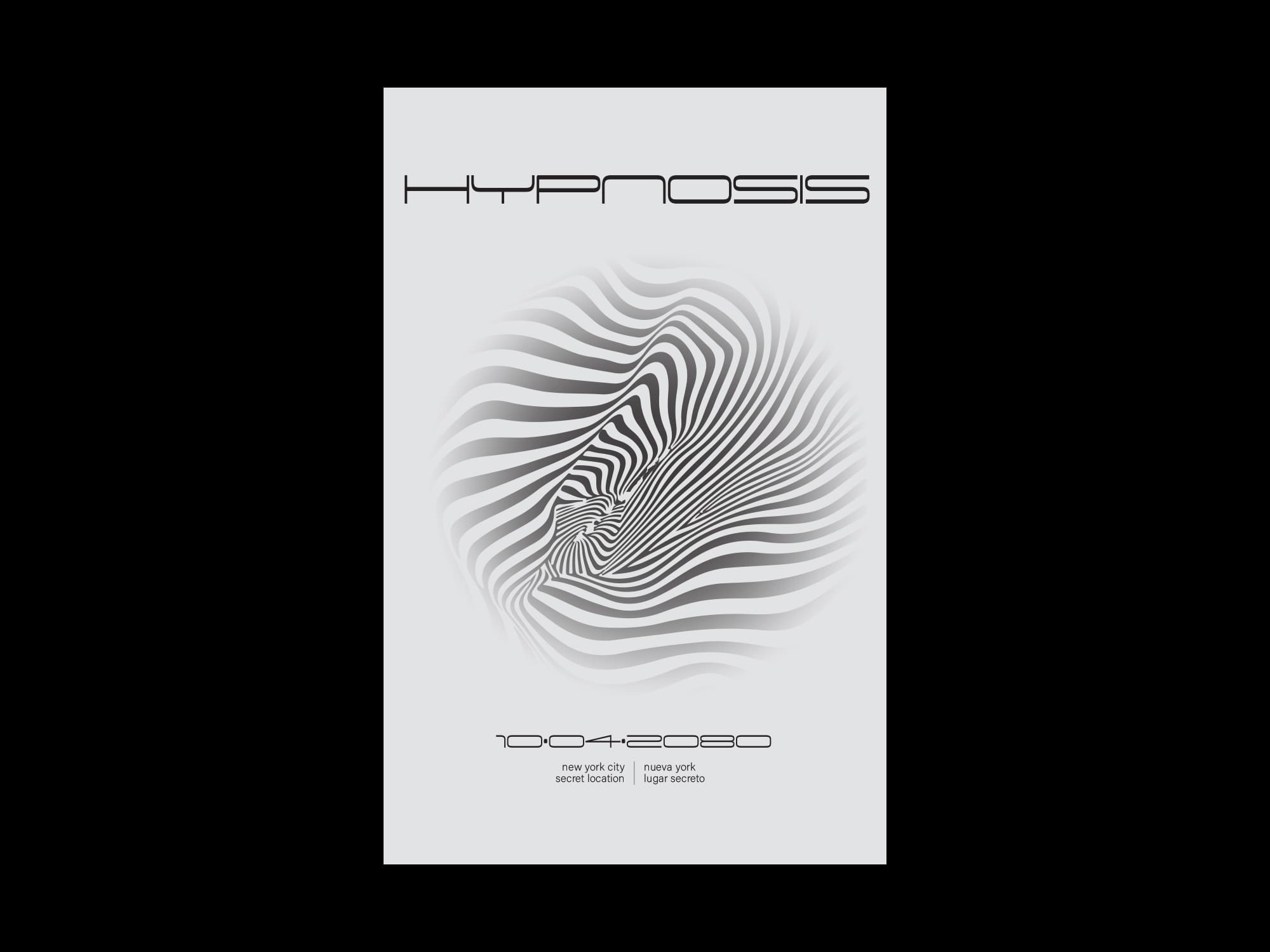
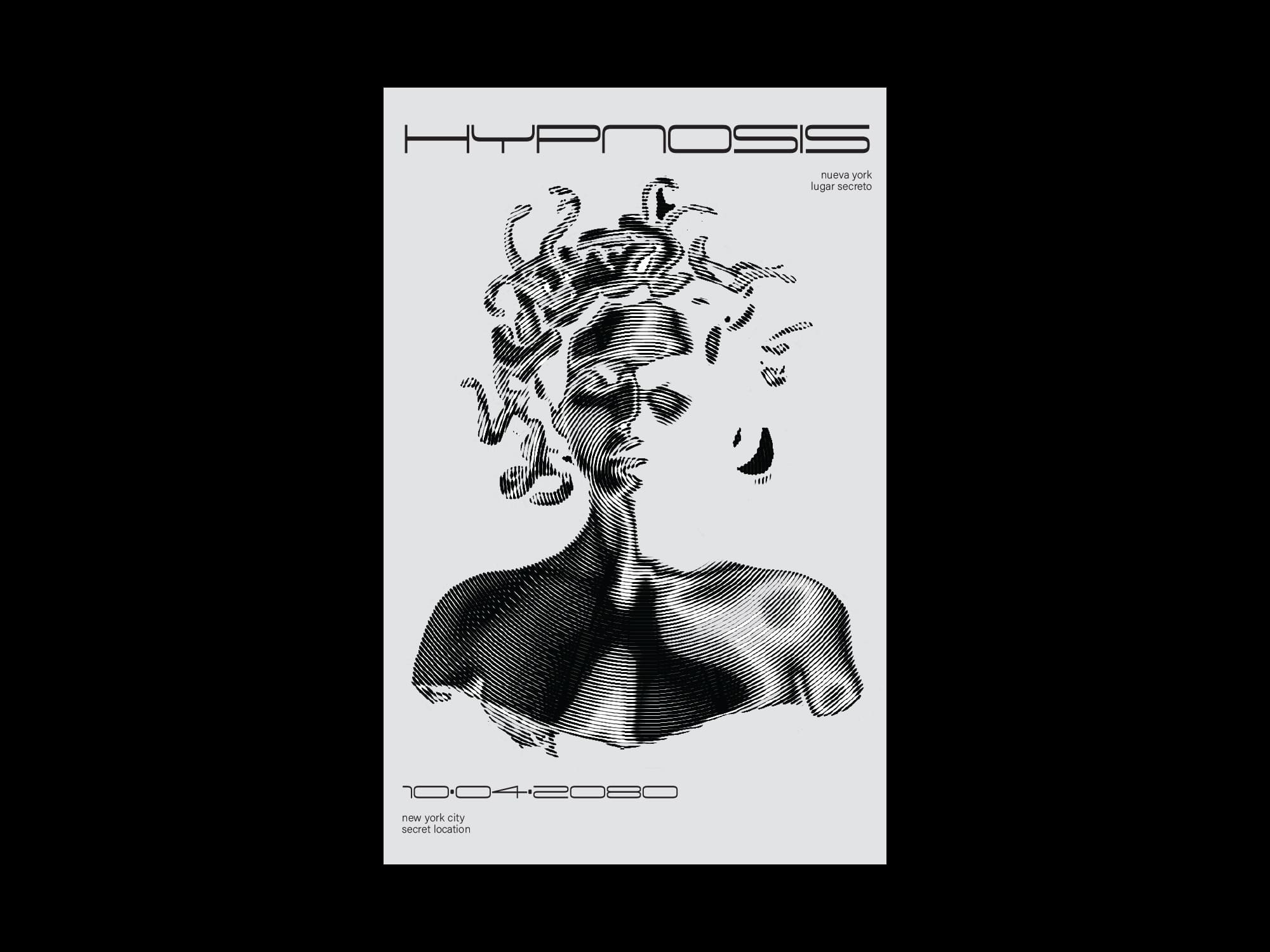
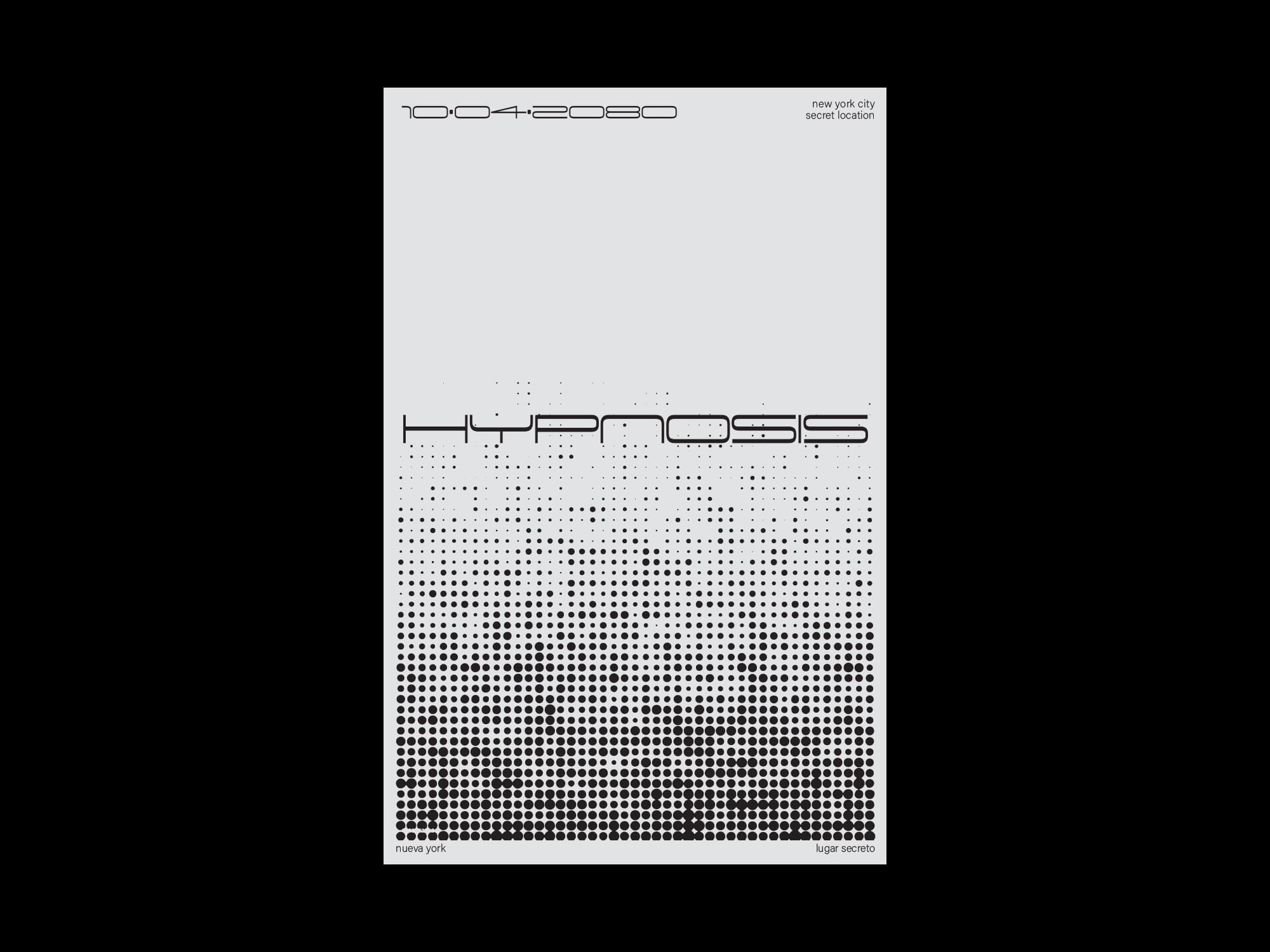
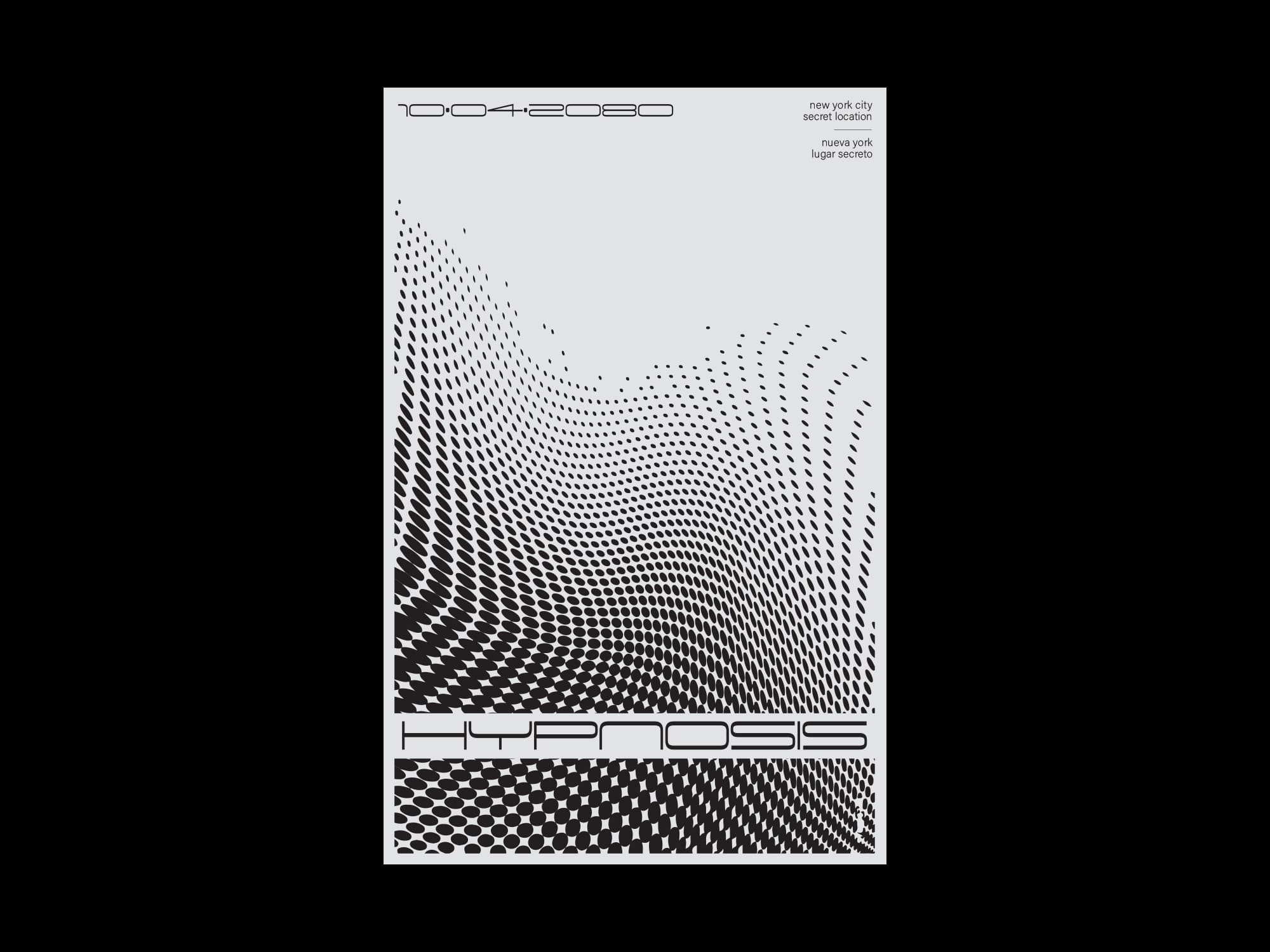





Student:
Tara Boroumandi
10 — 11 in x 17 in
Tara Boroumandi
10 — 11 in x 17 in


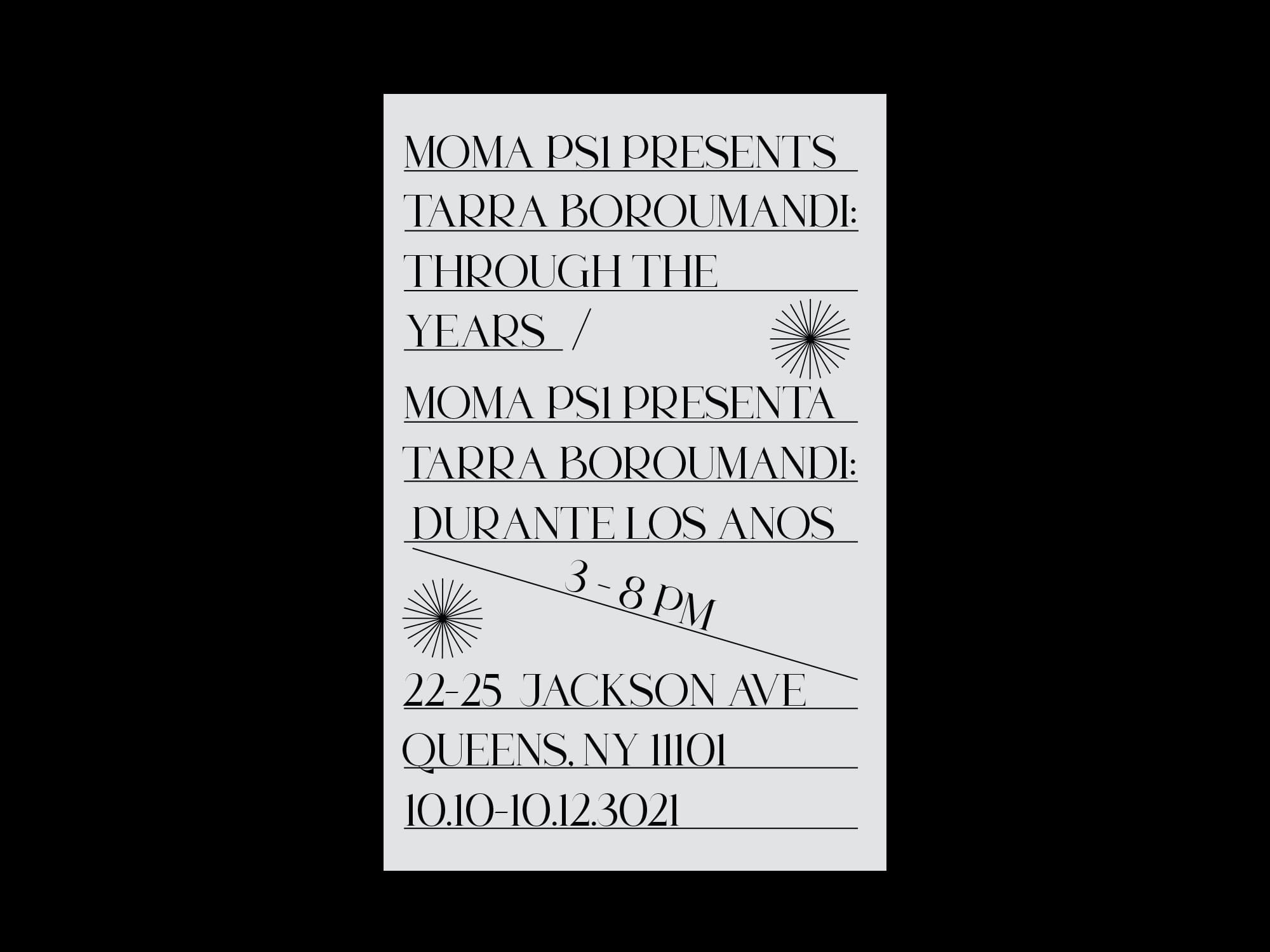
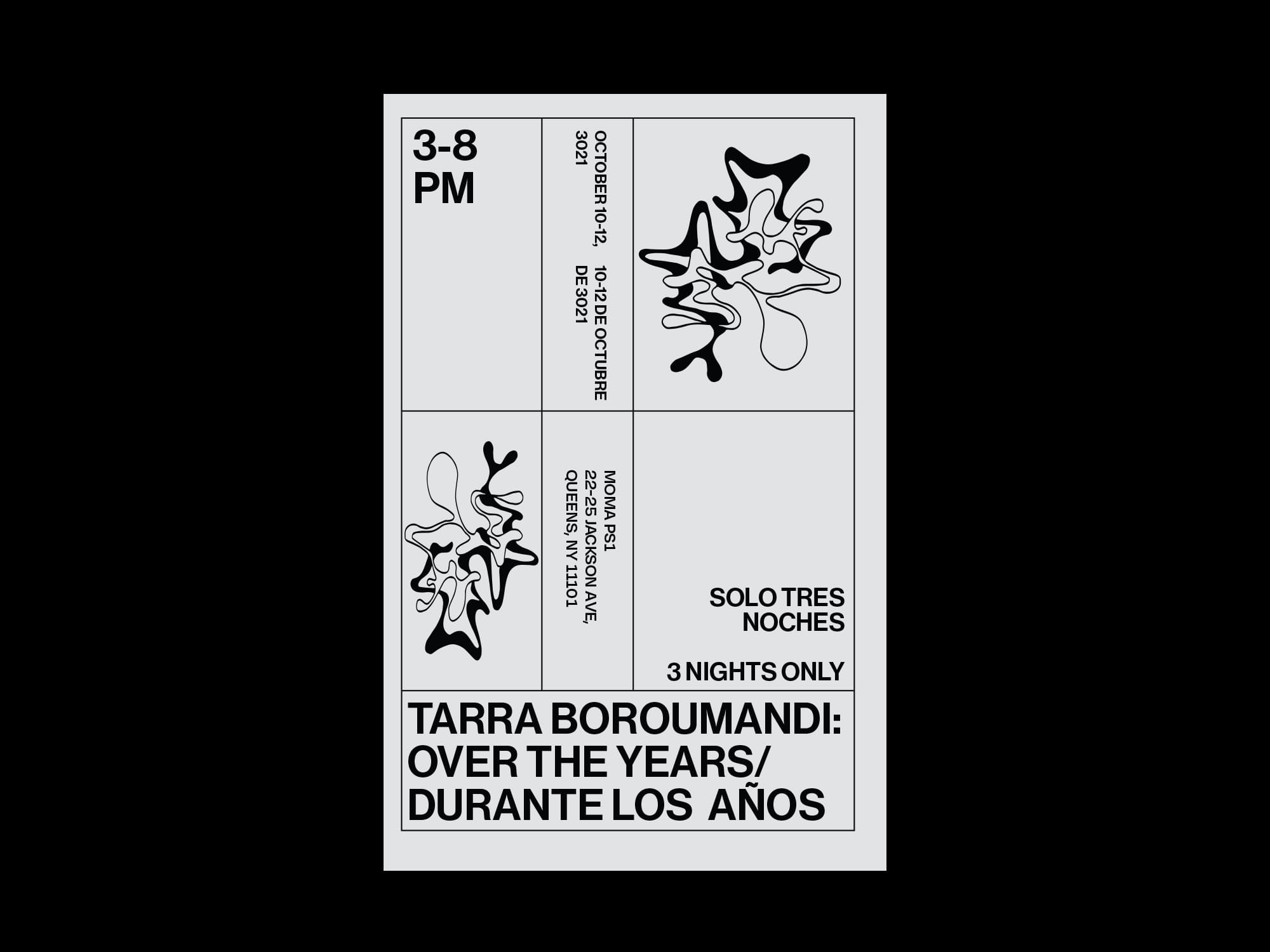
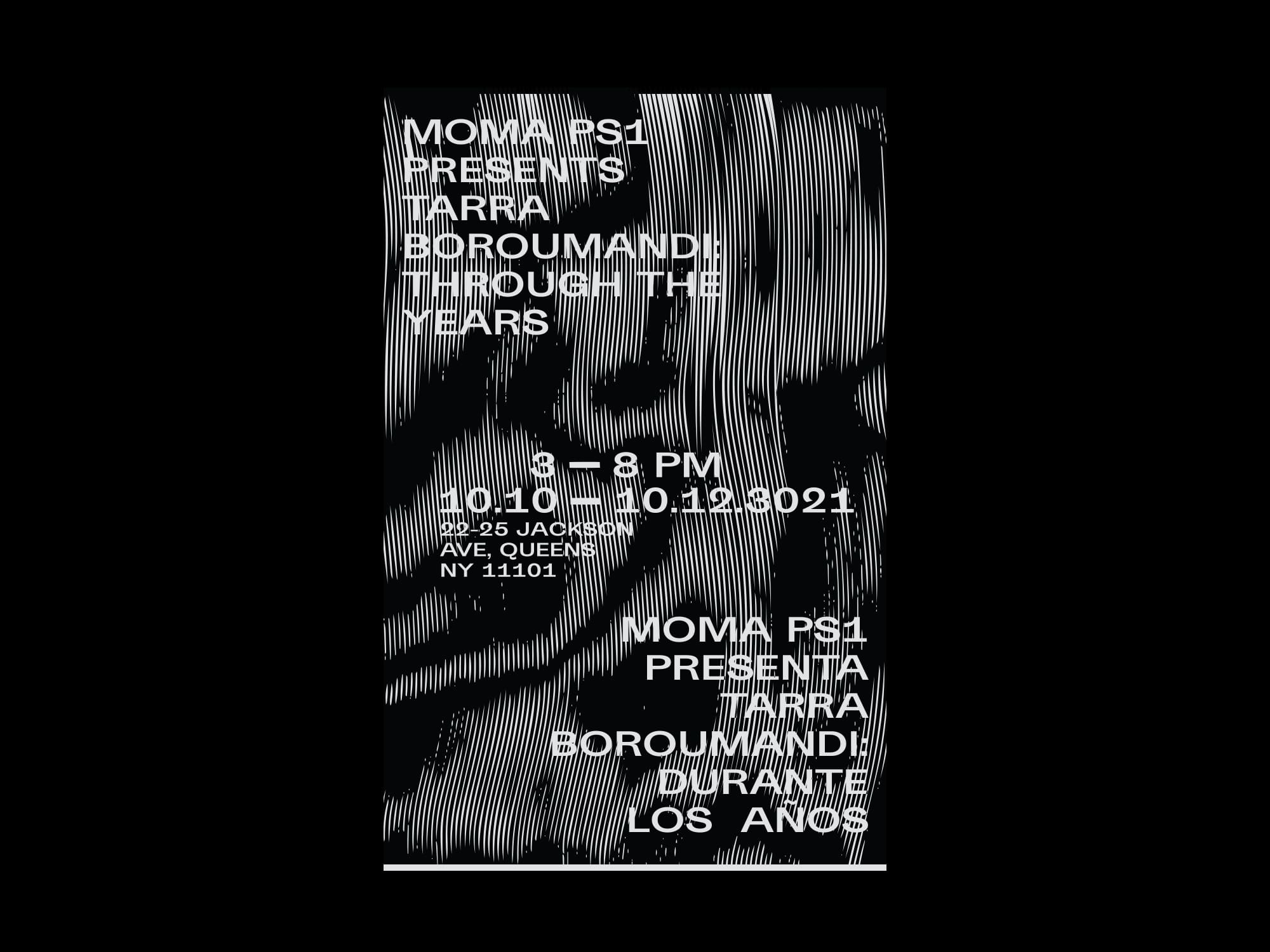
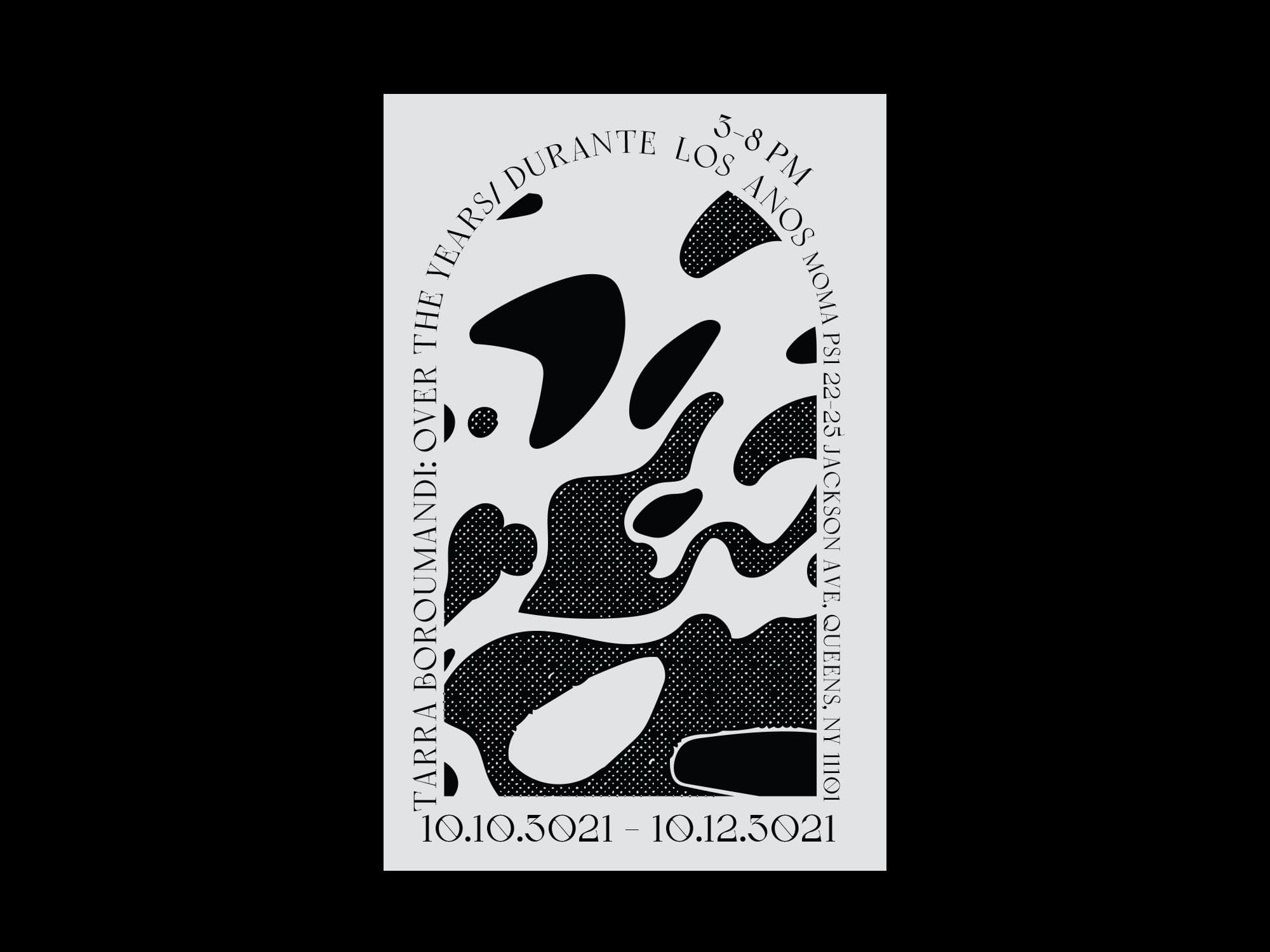
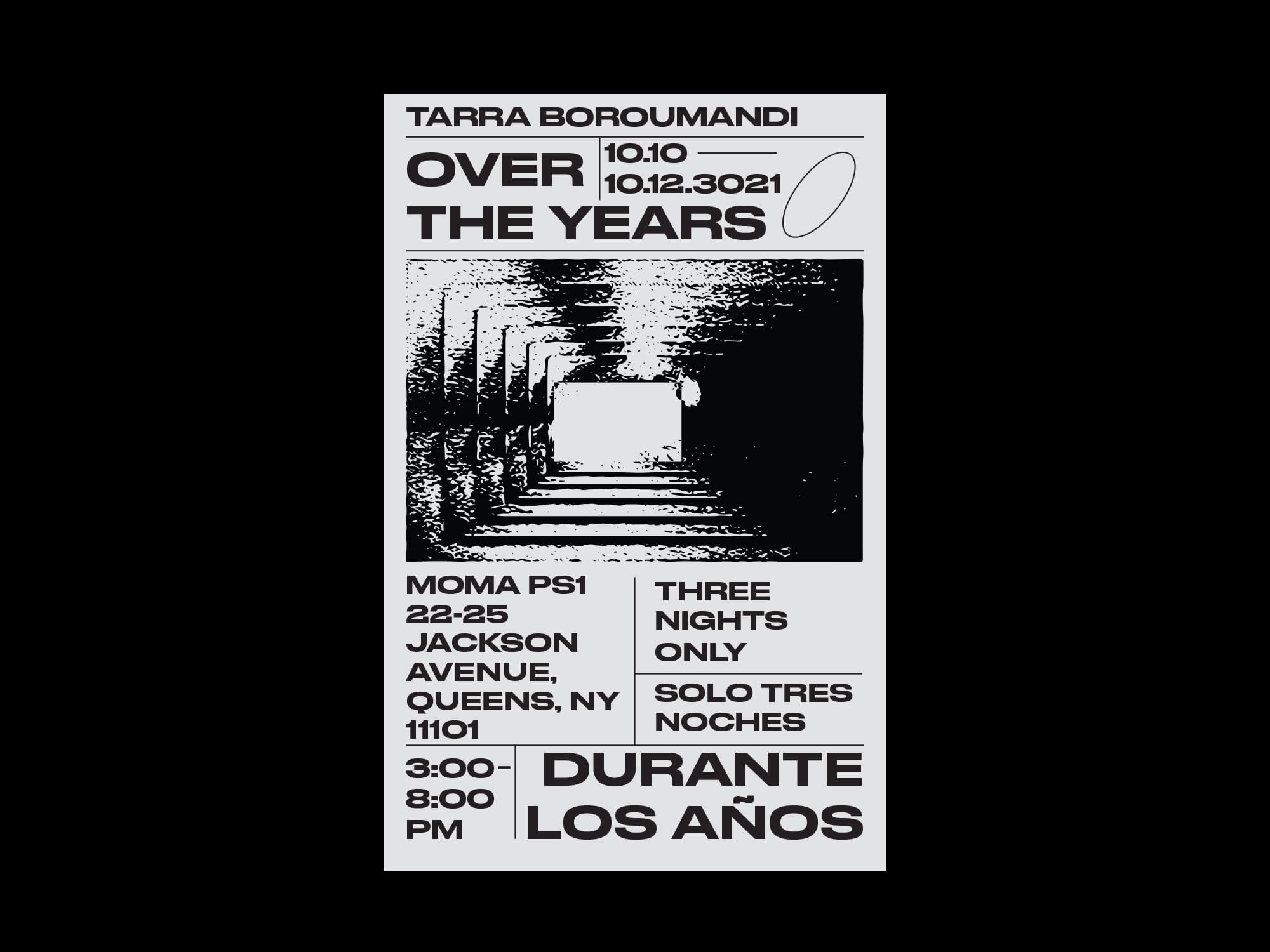

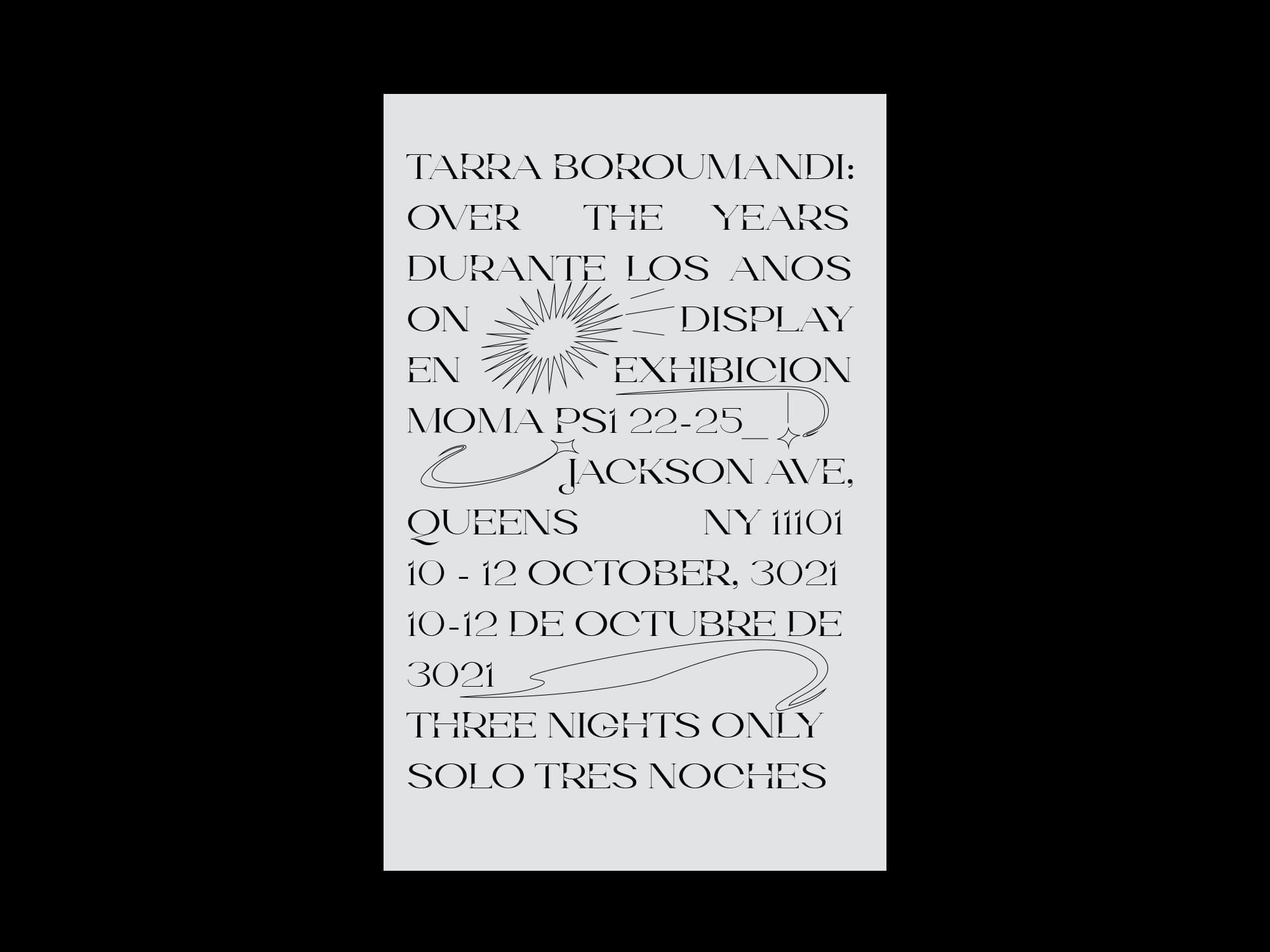

Student:
Zach Tinubu-Karch
10 — 11 in x 17 in
Zach Tinubu-Karch
10 — 11 in x 17 in


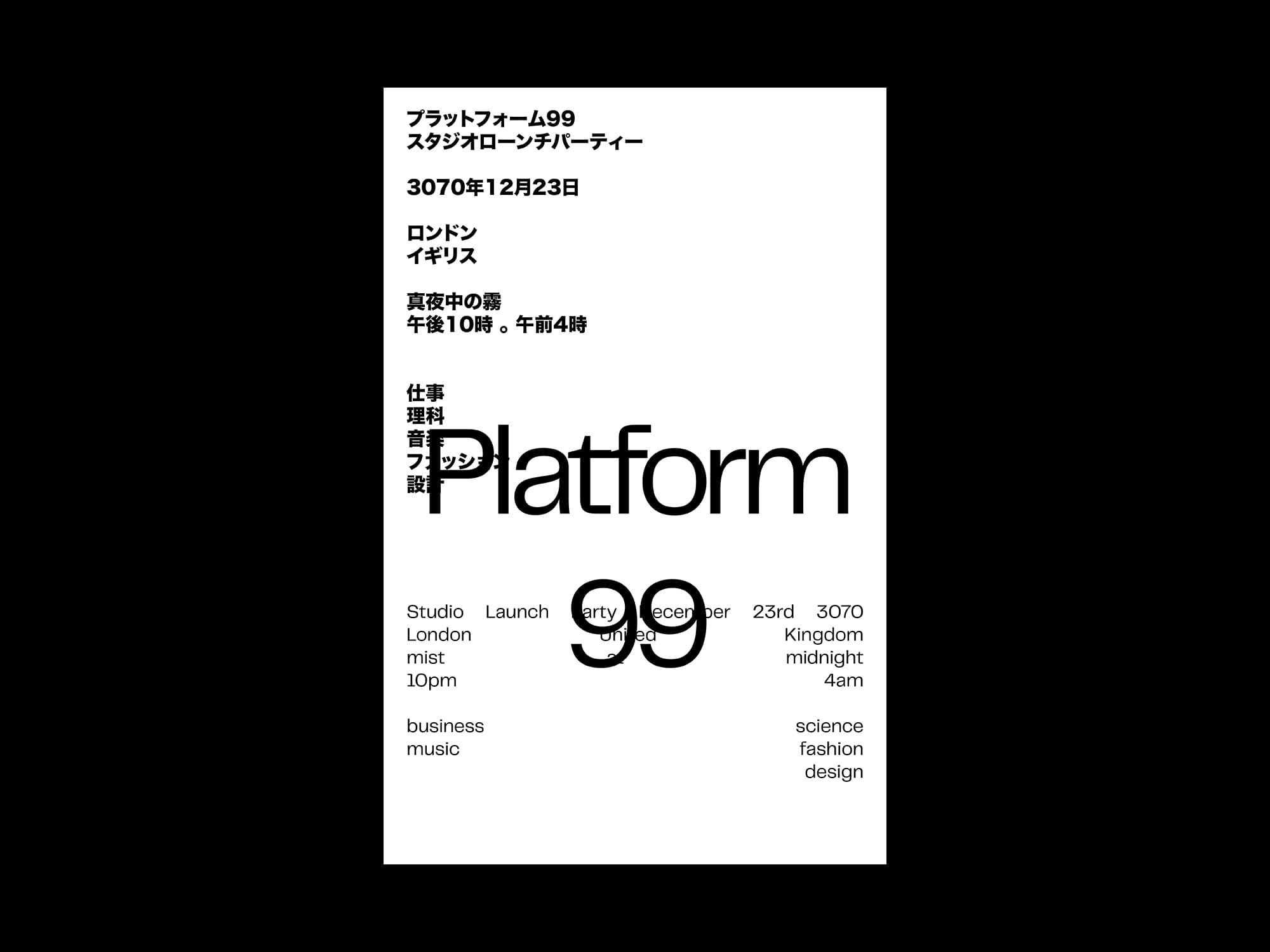
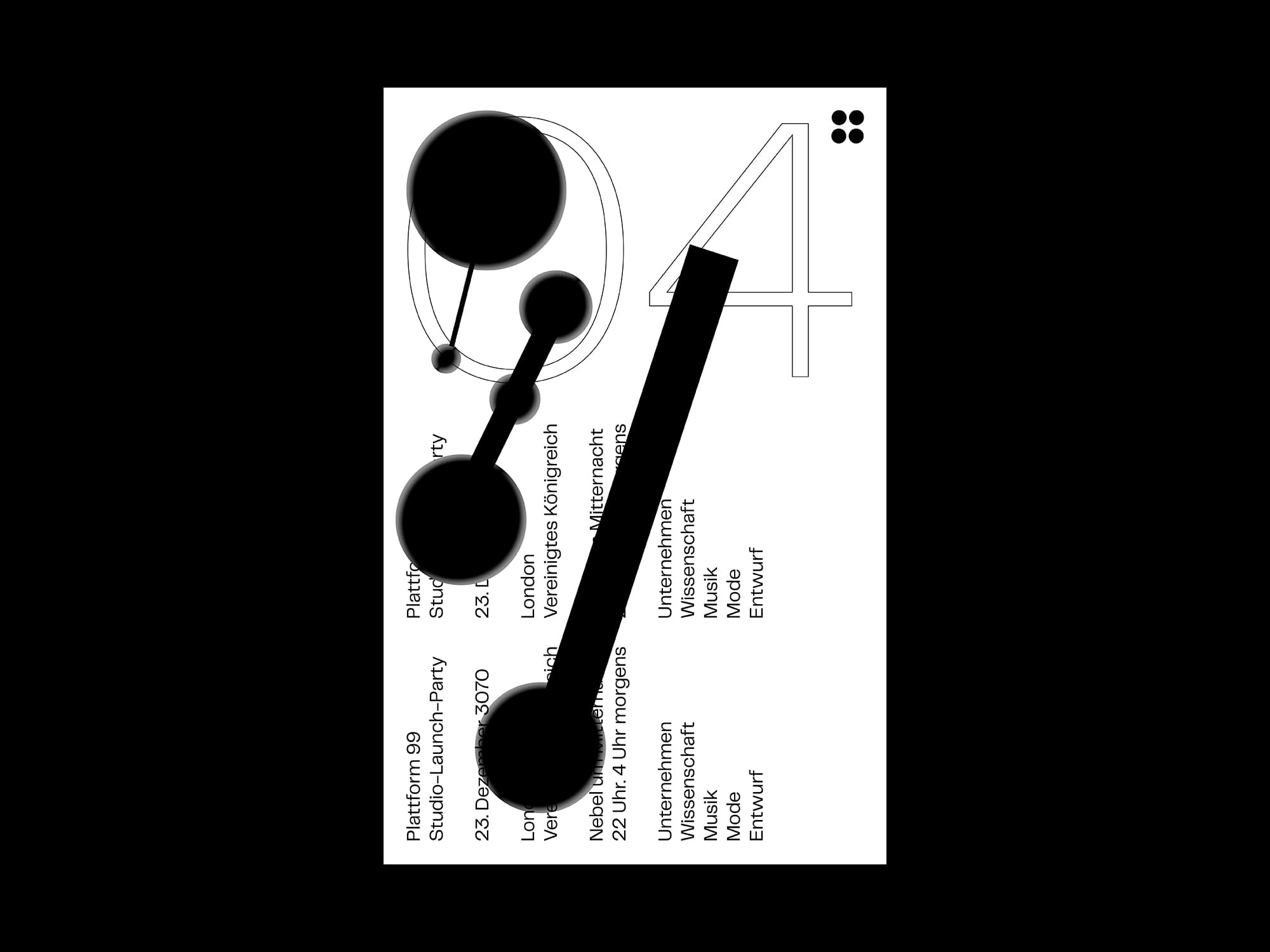
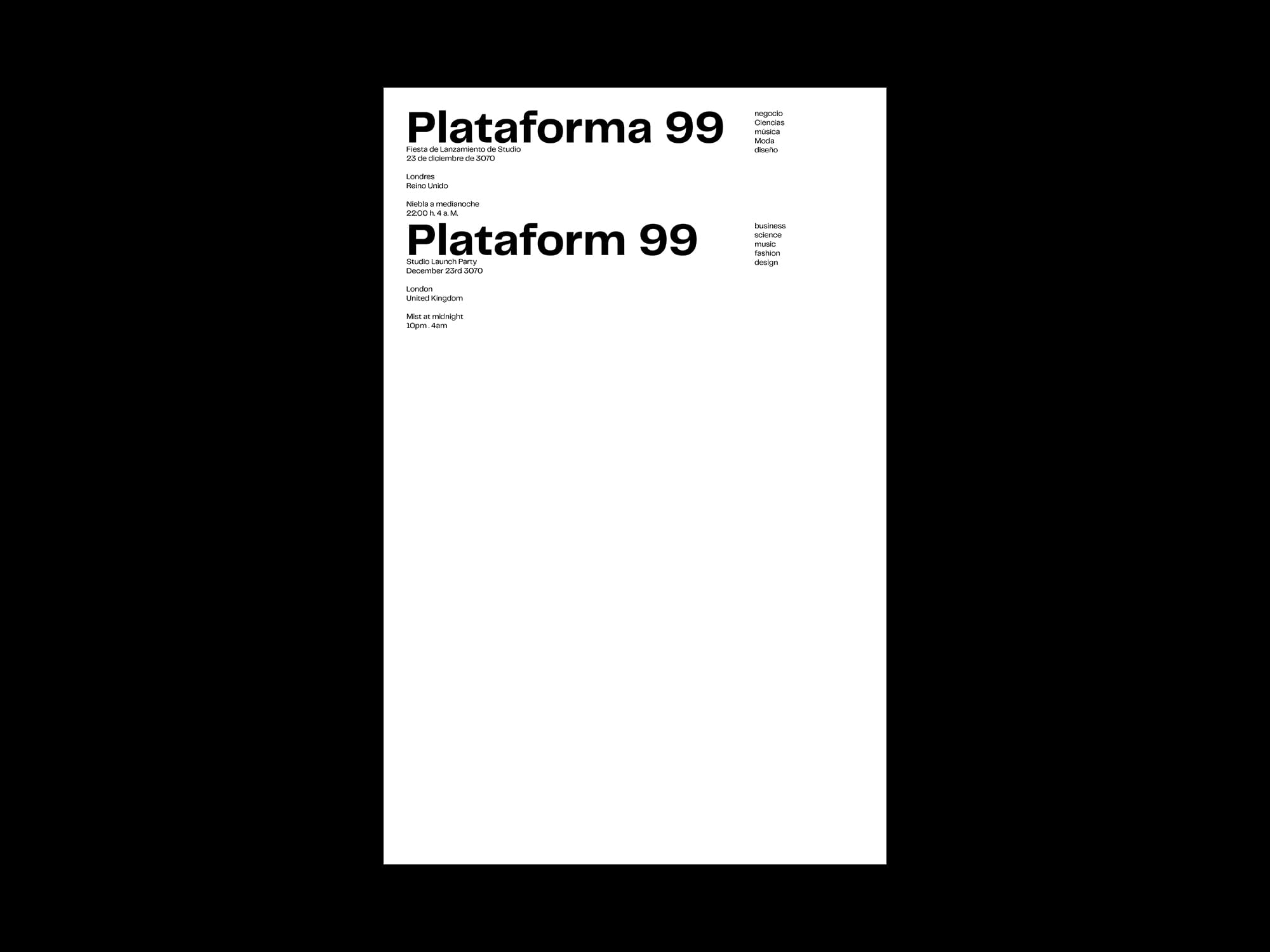
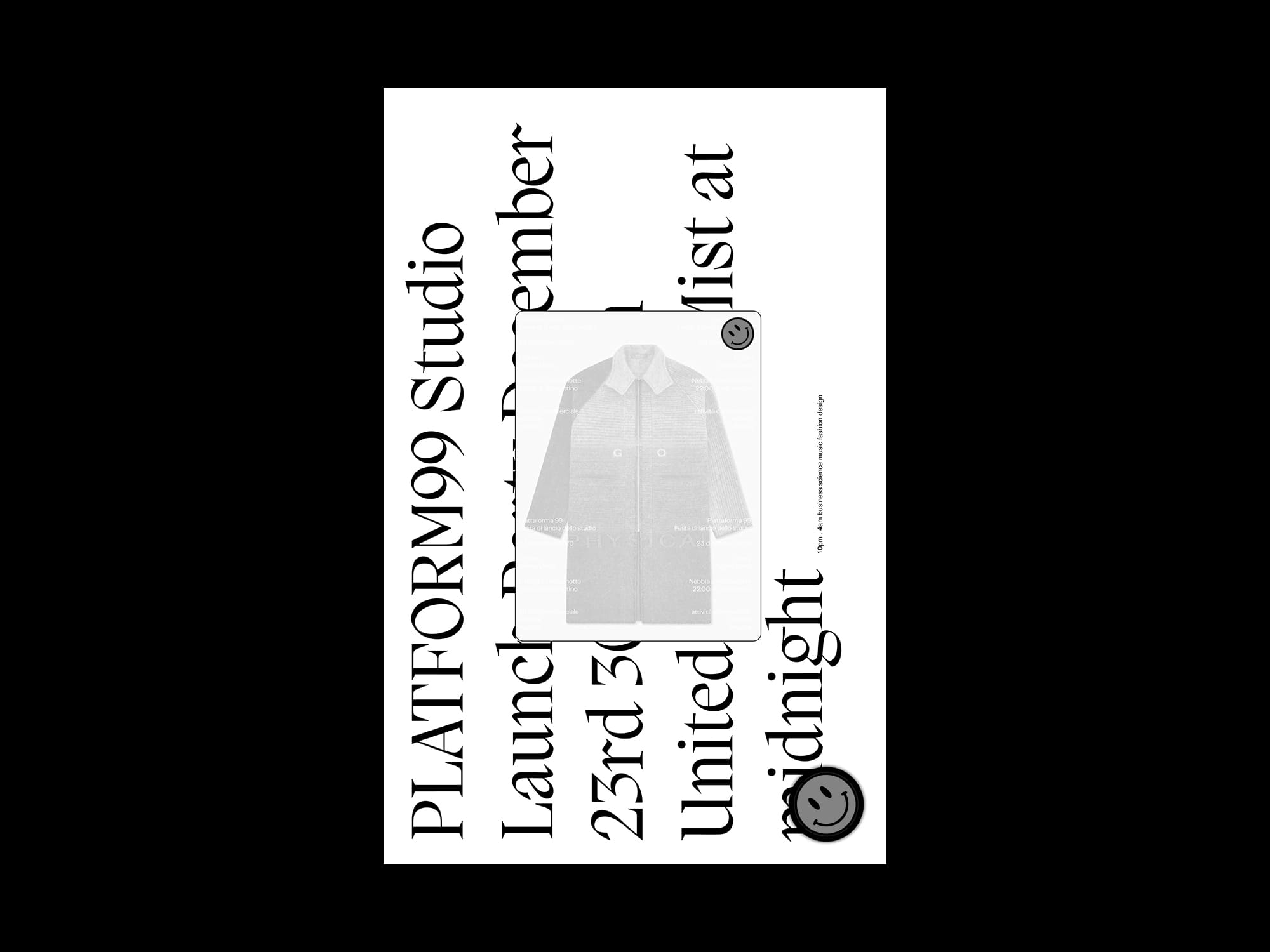
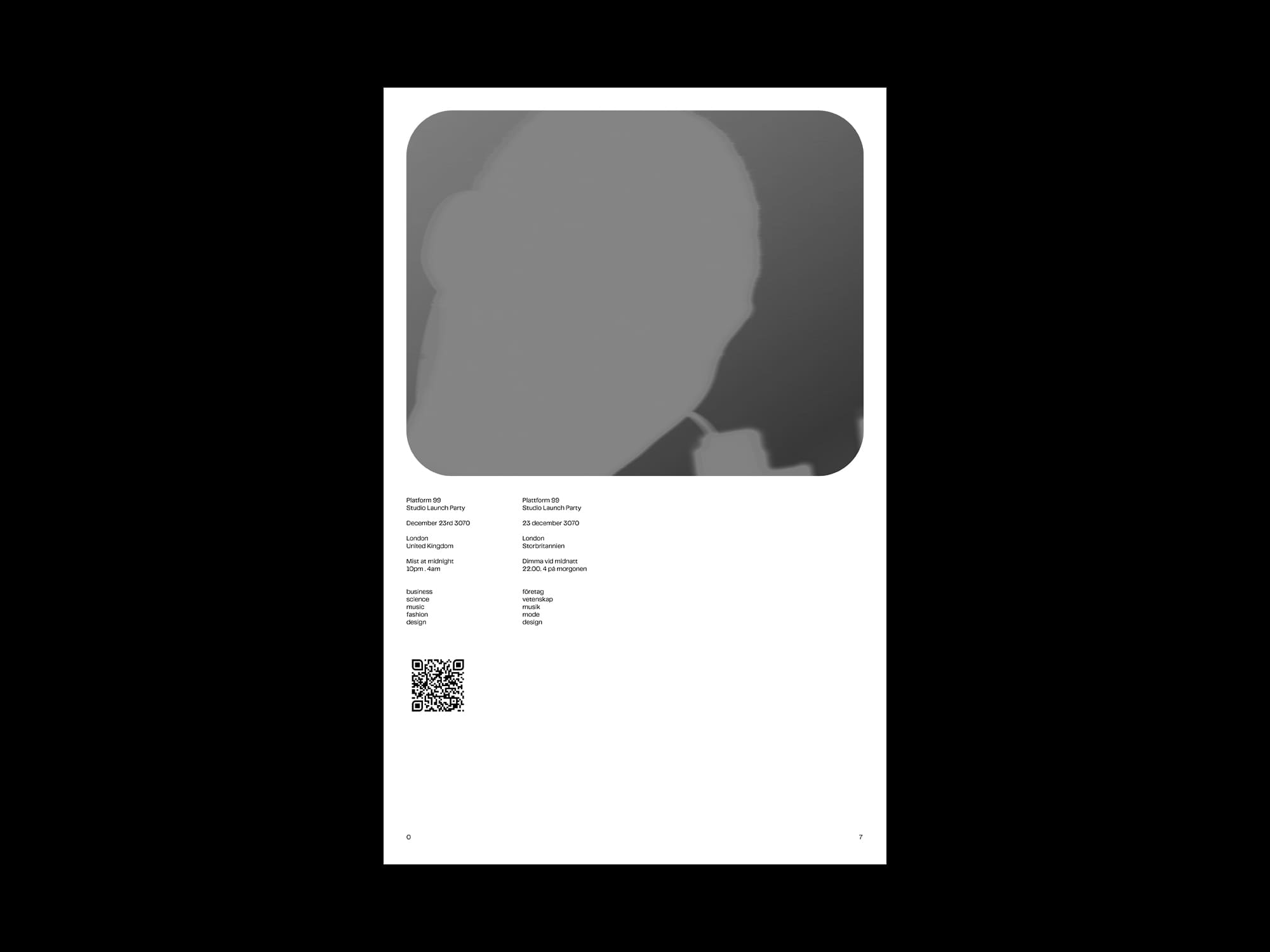
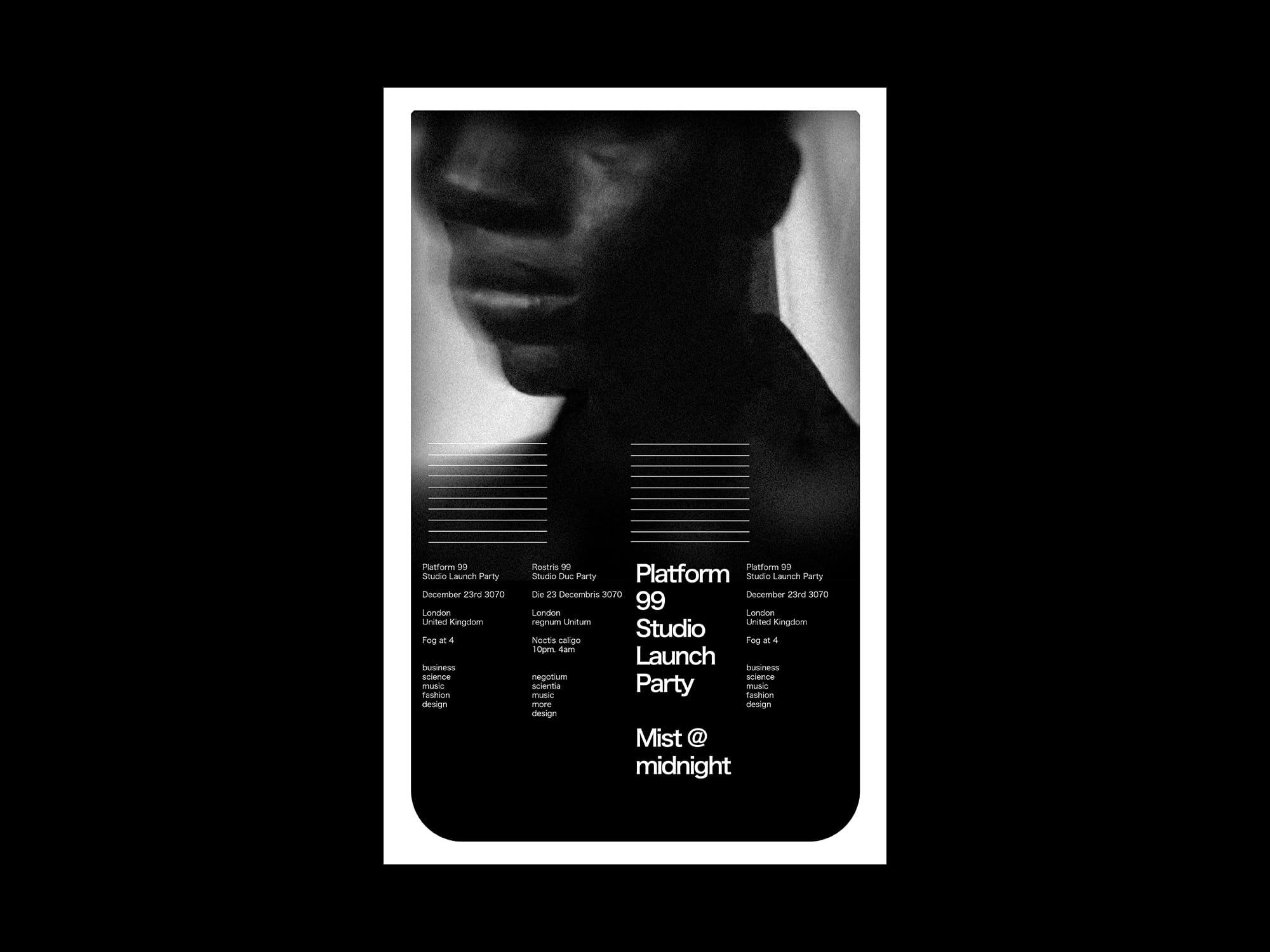
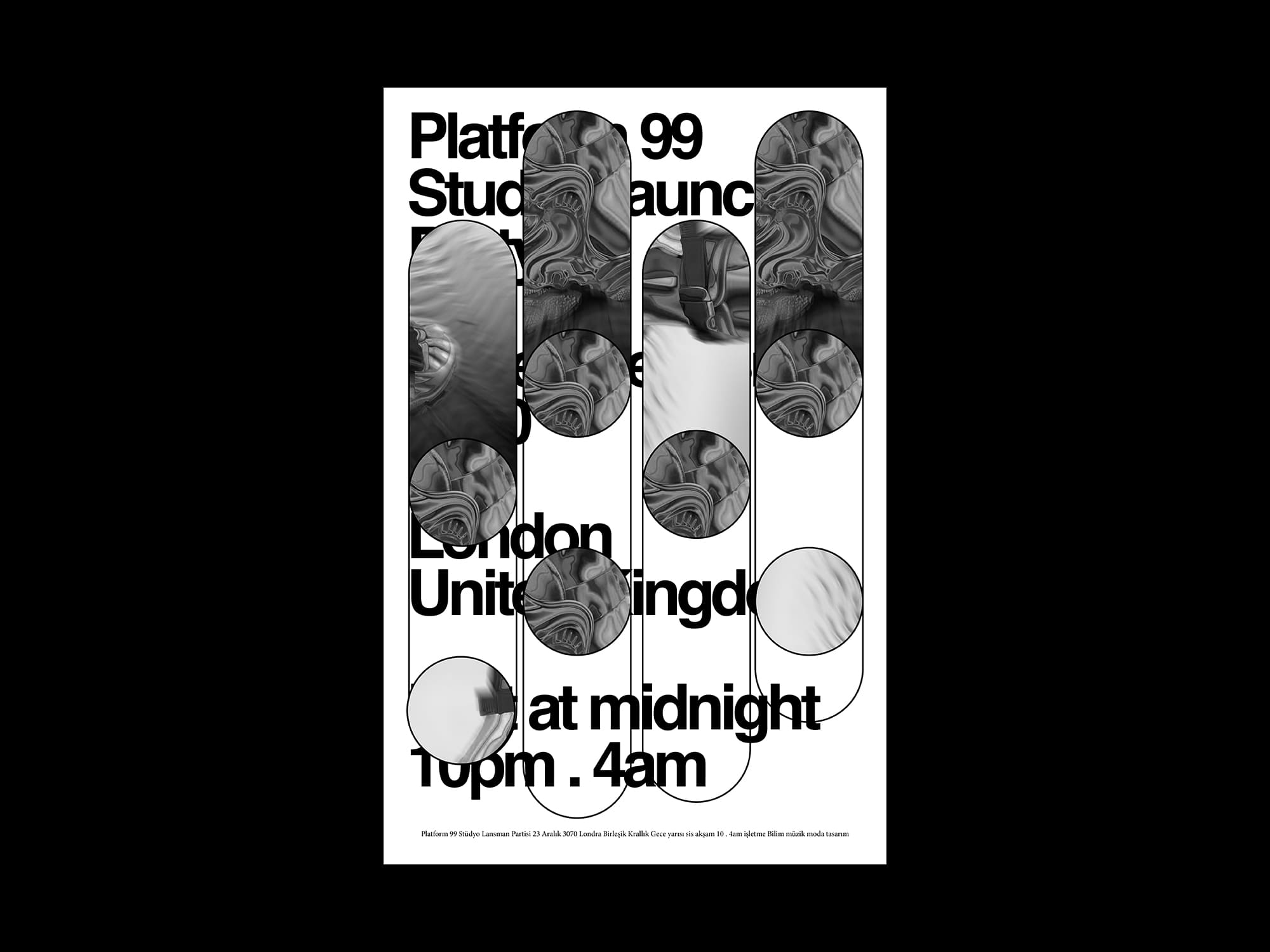
Student:
Zeid Jaouni
10 — 11 in x 17 in
Zeid Jaouni
10 — 11 in x 17 in
